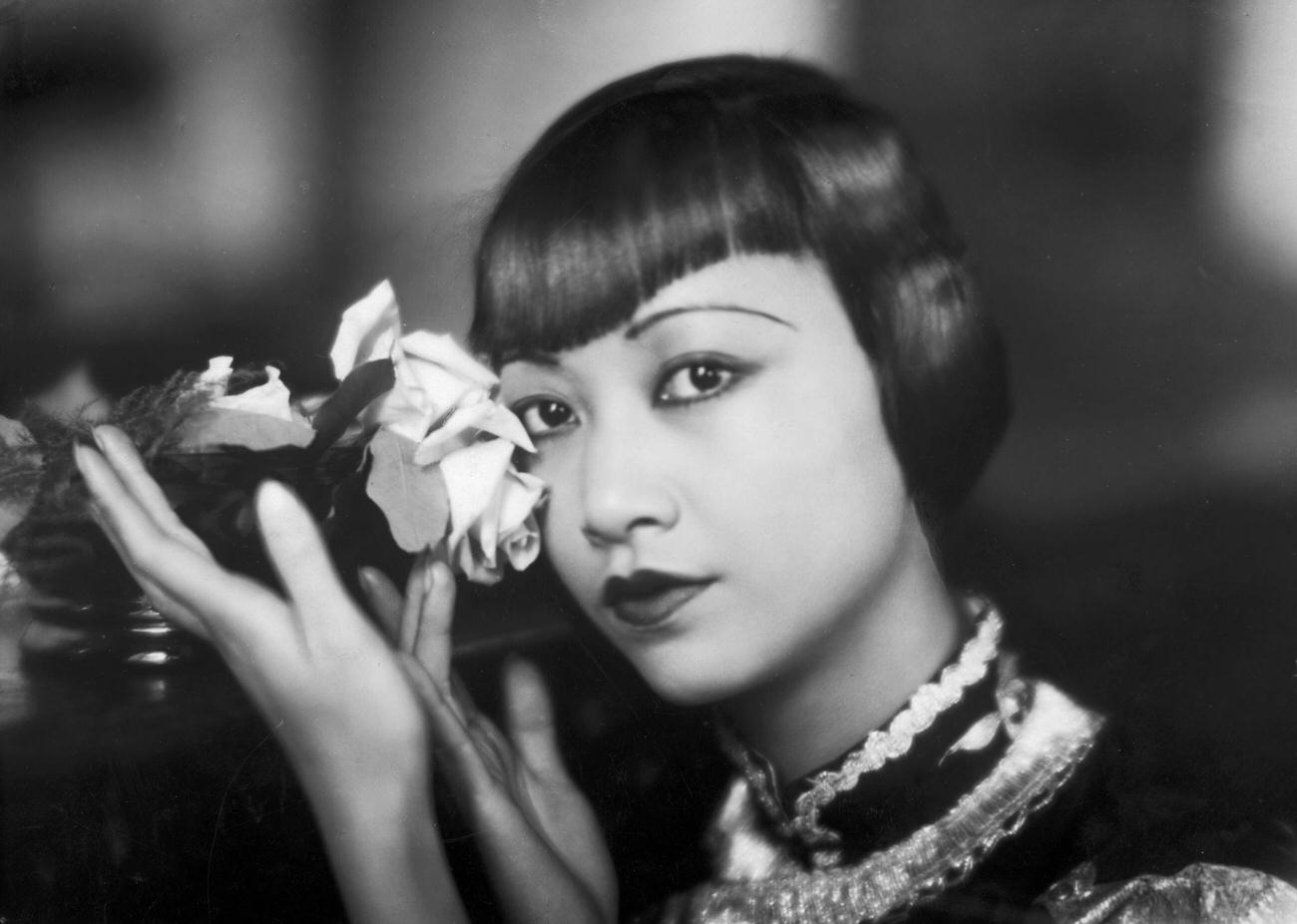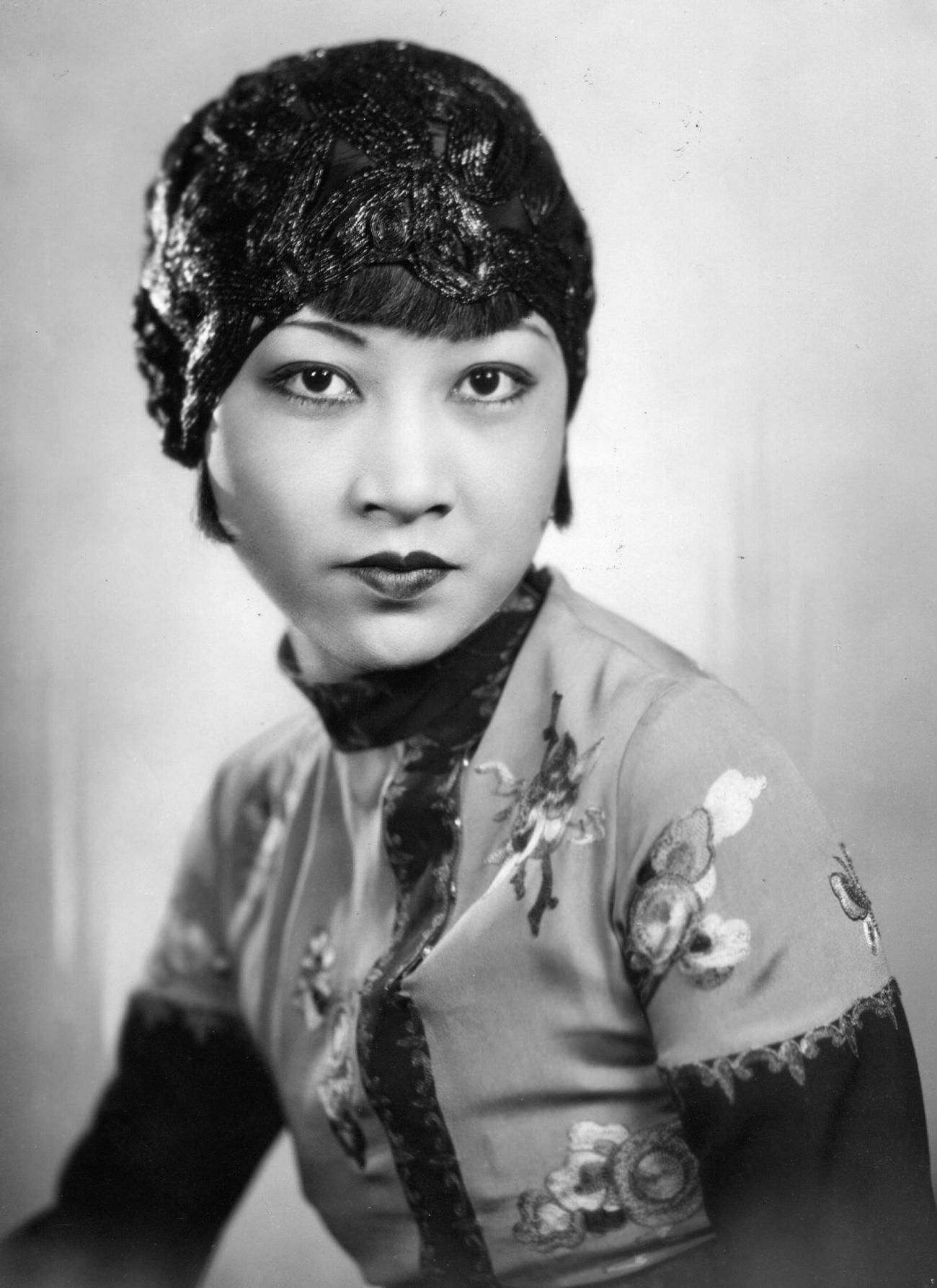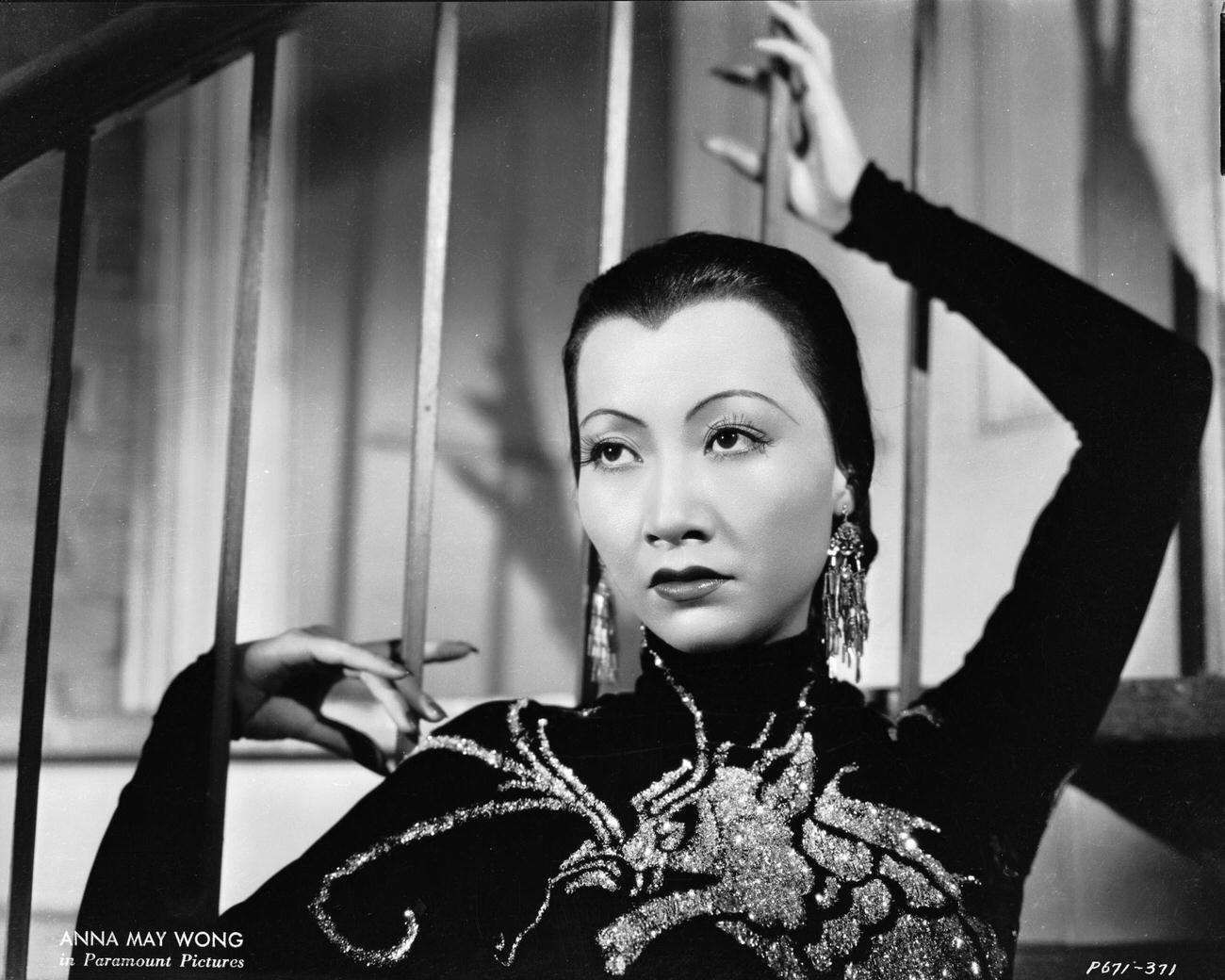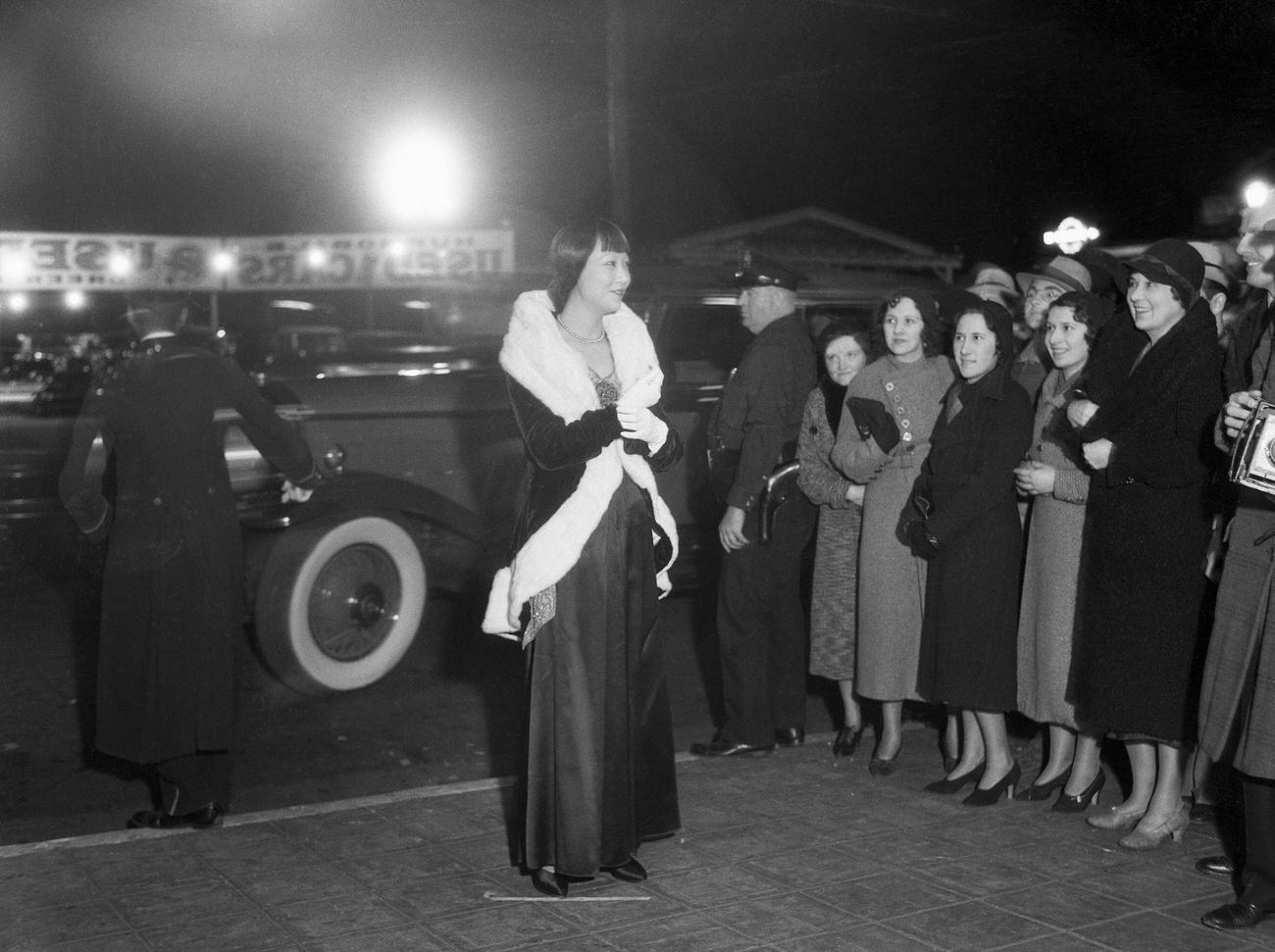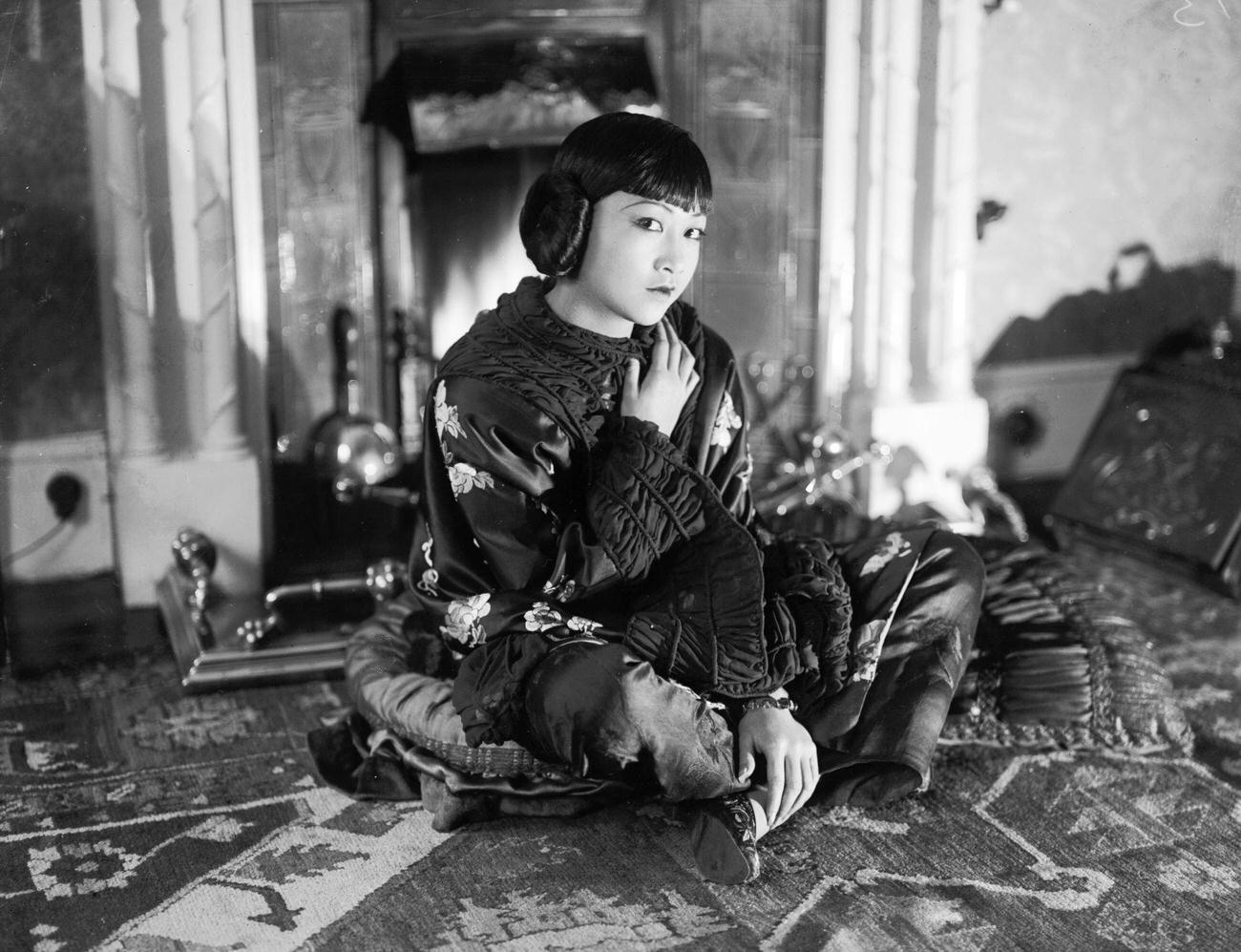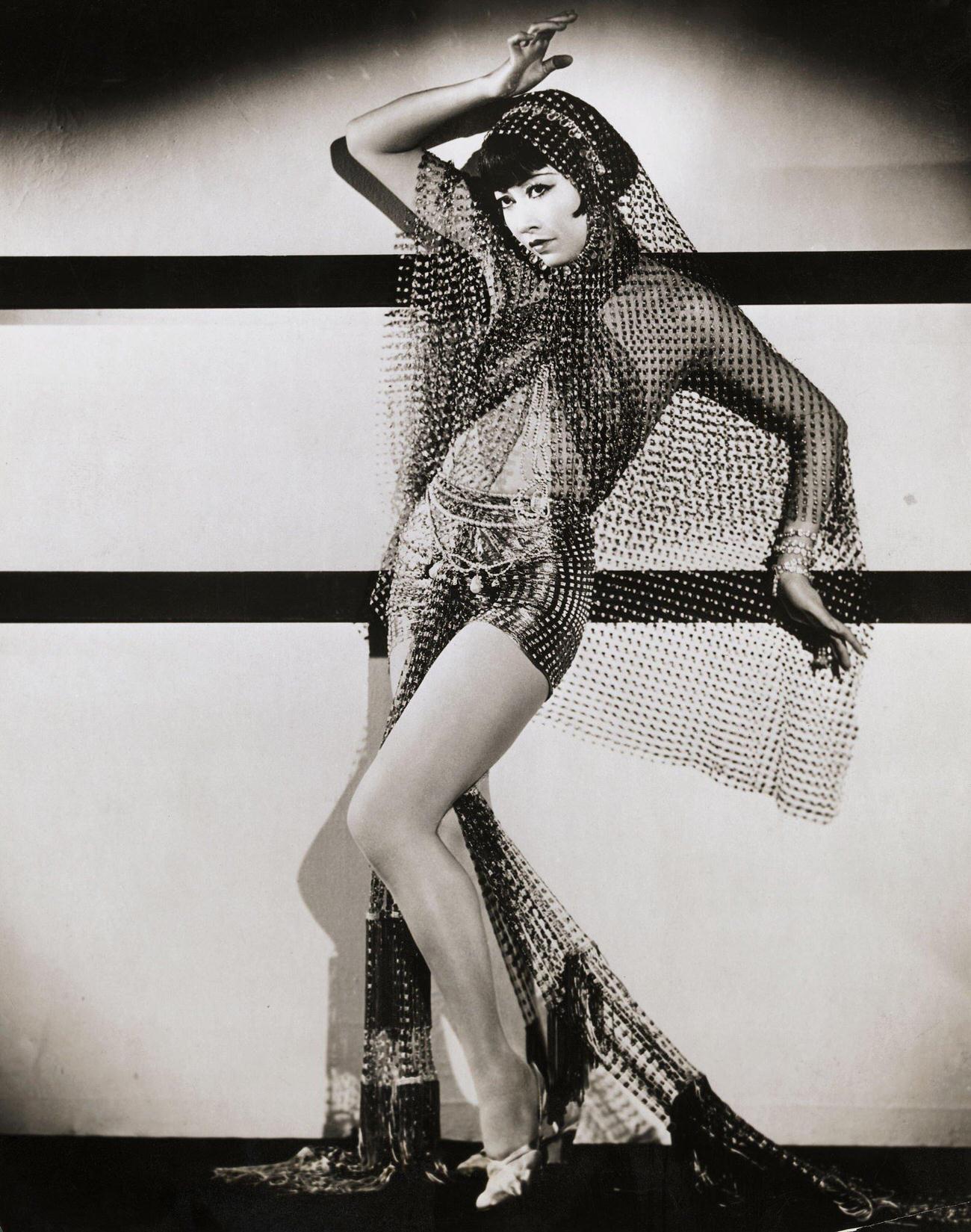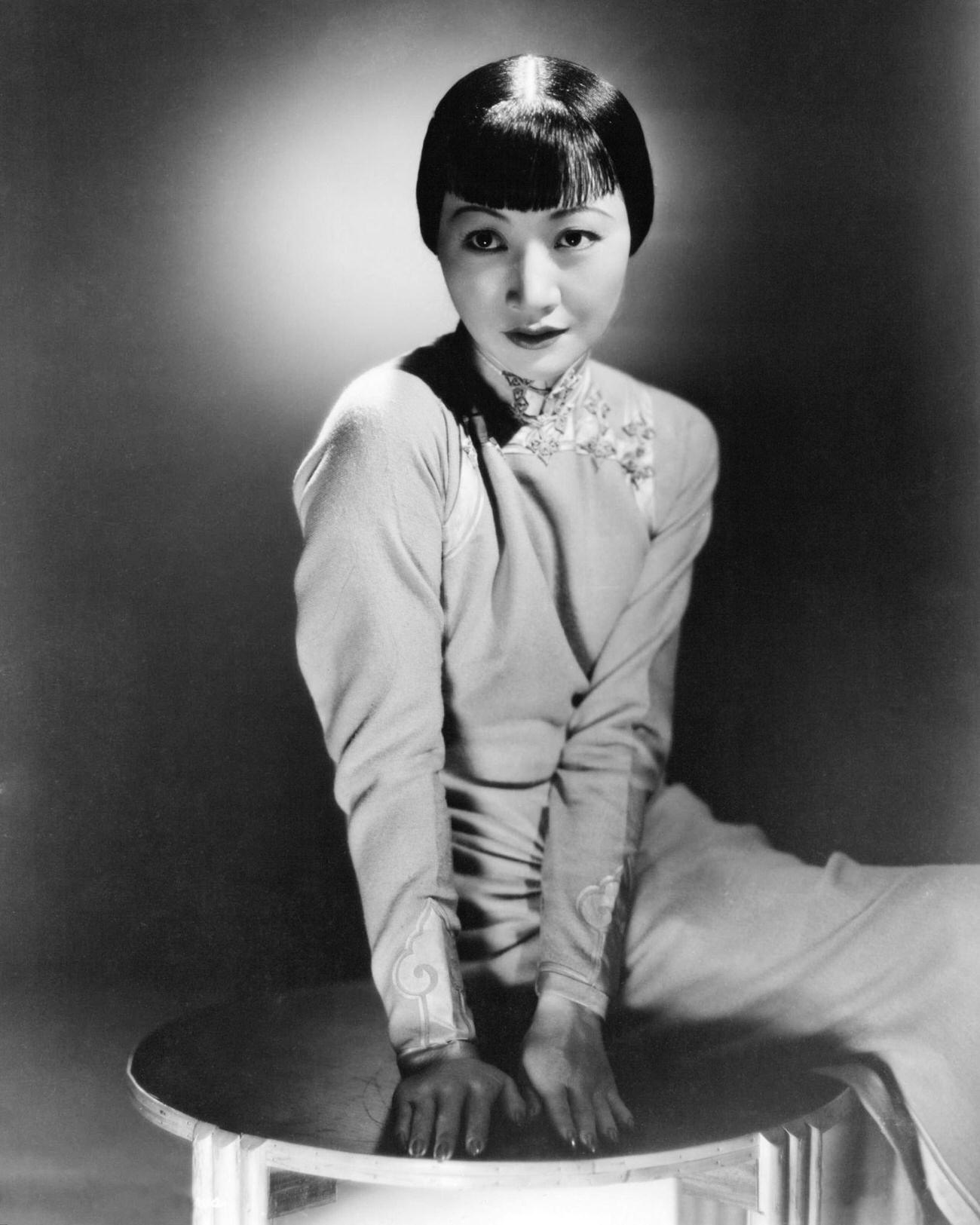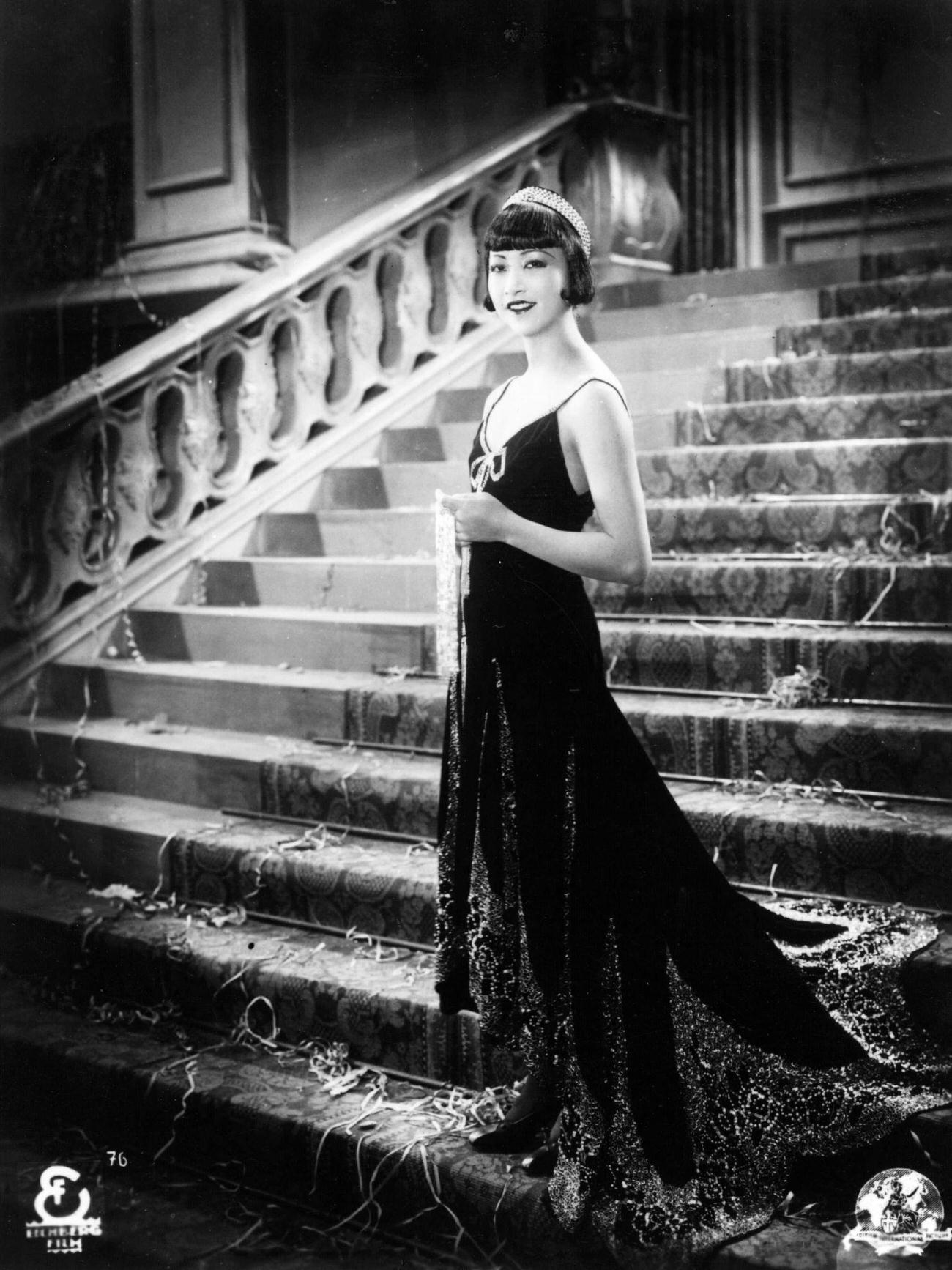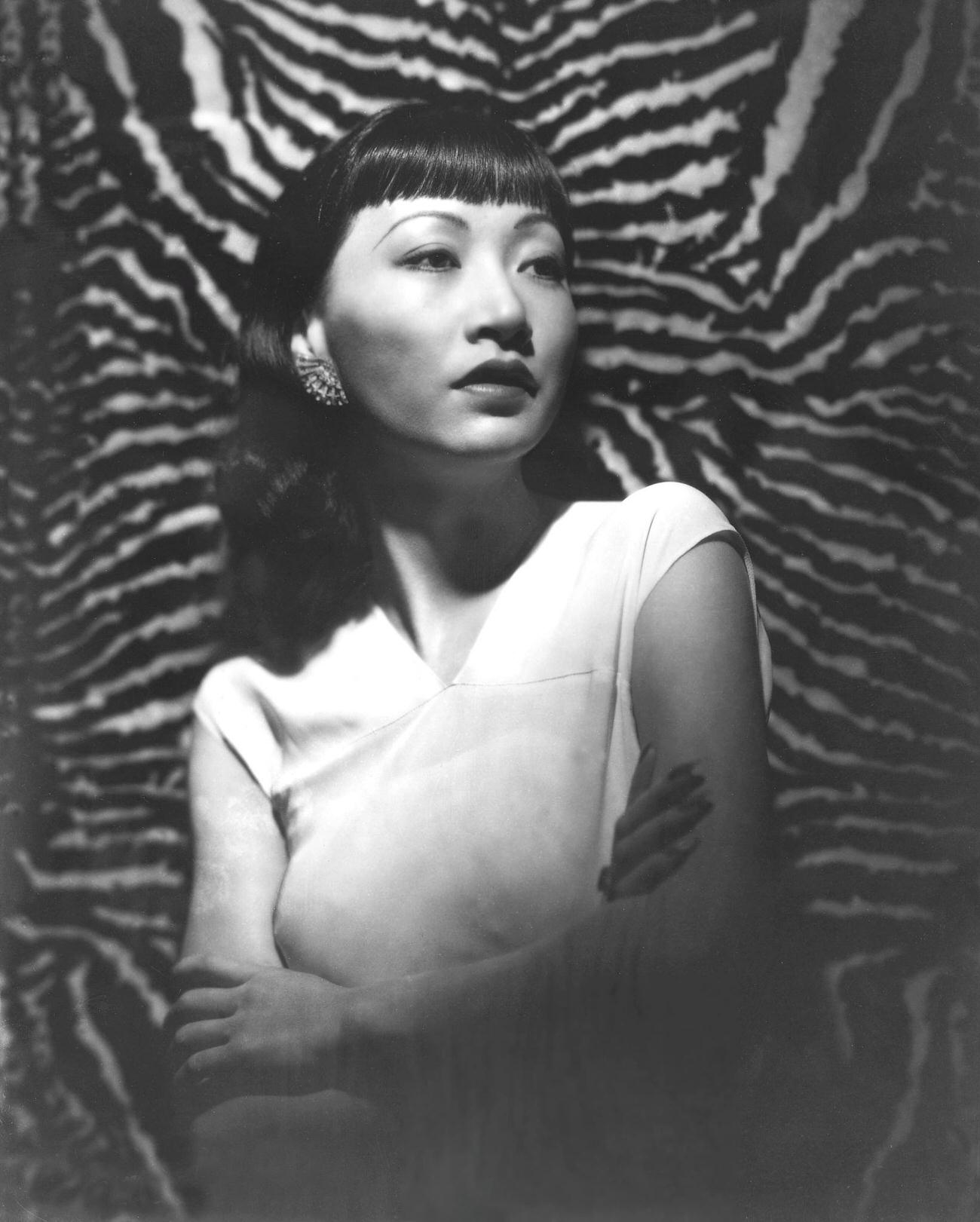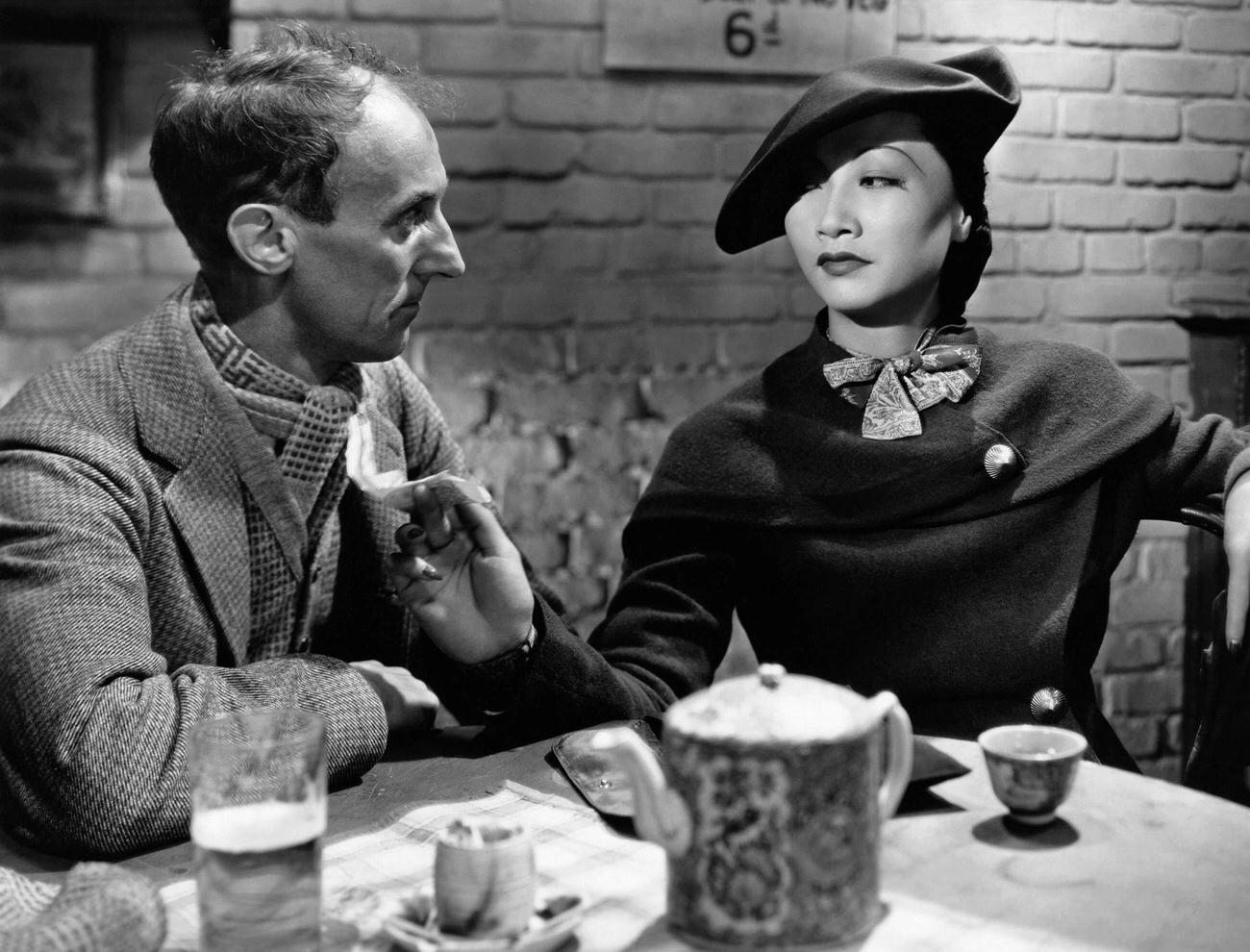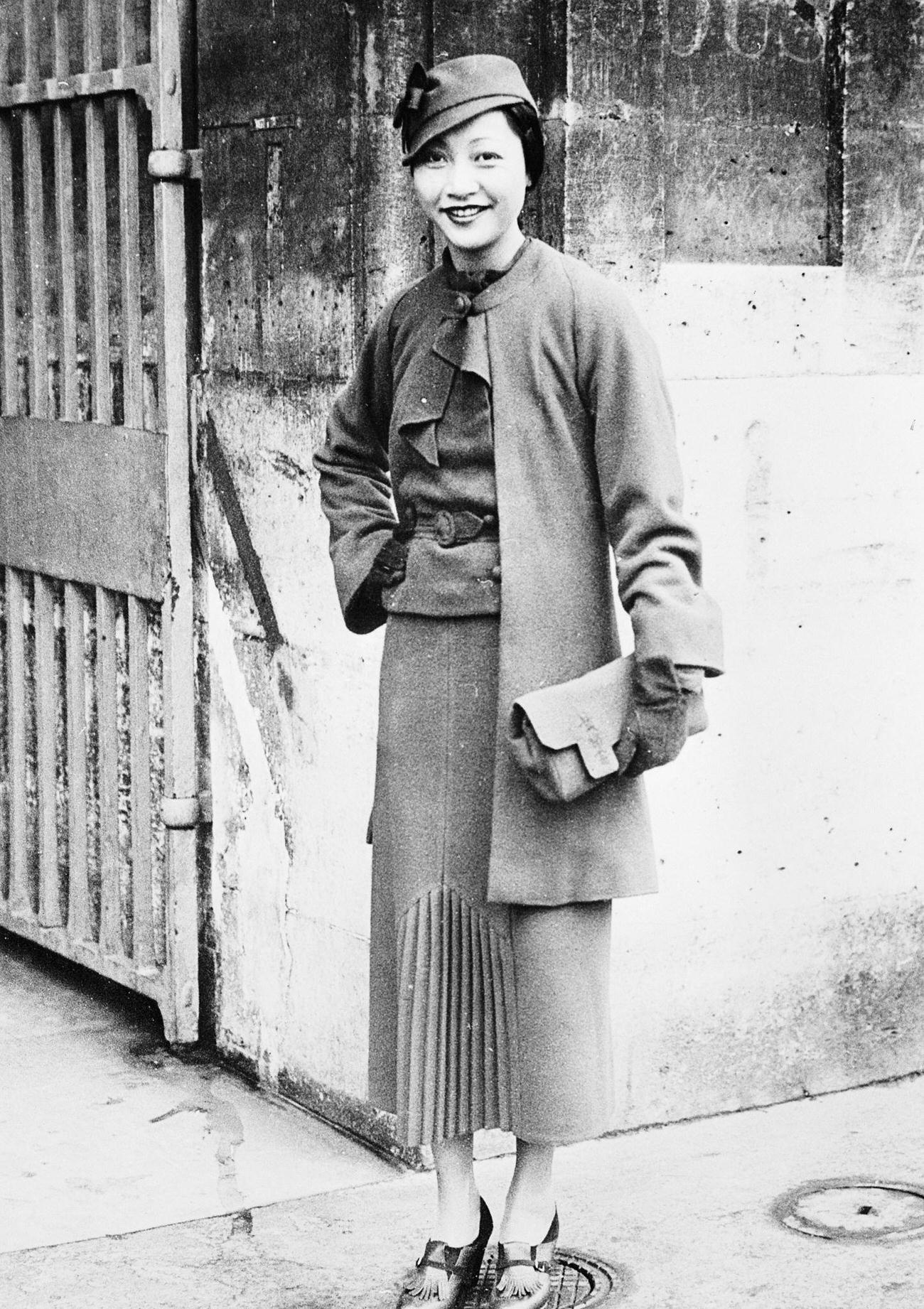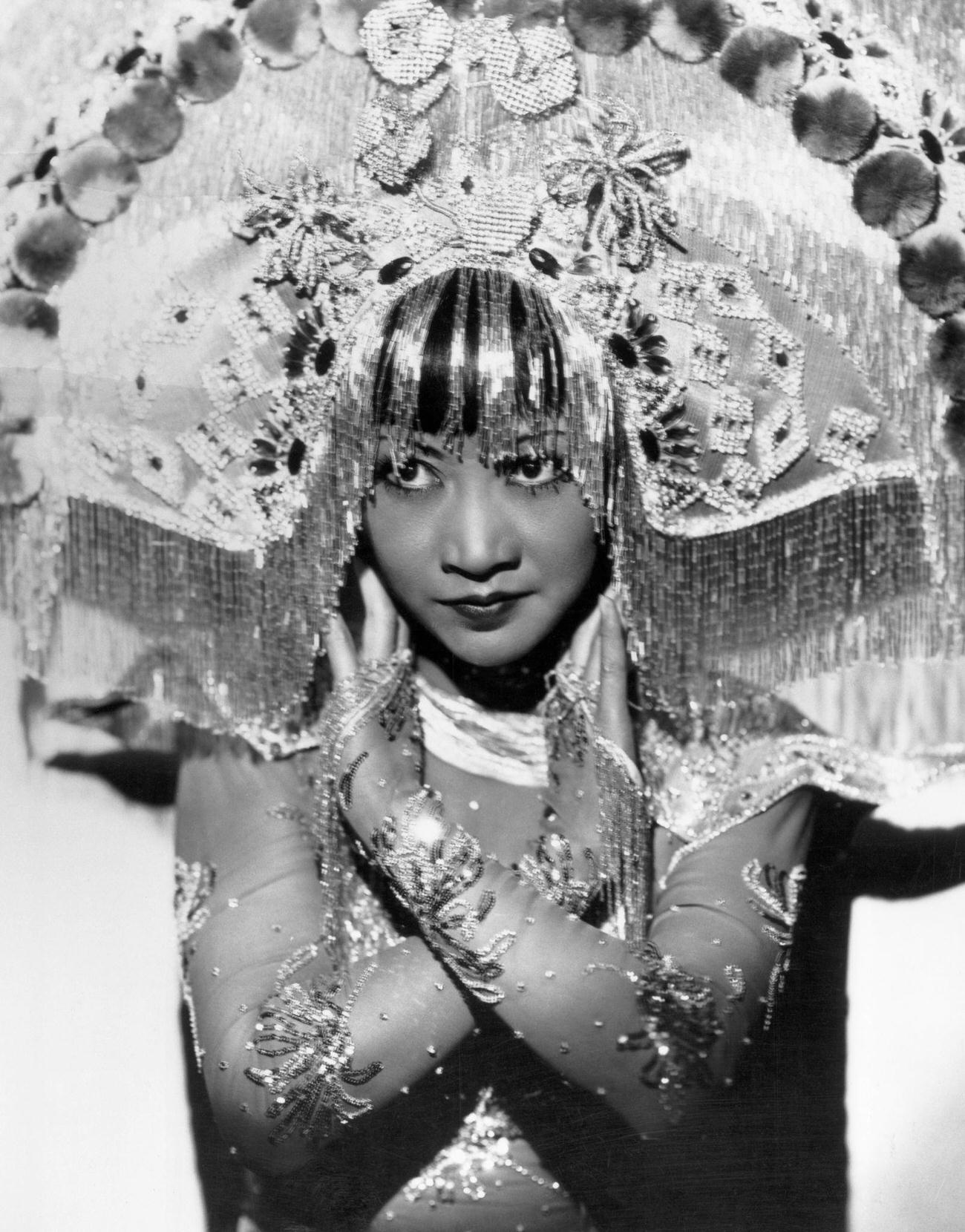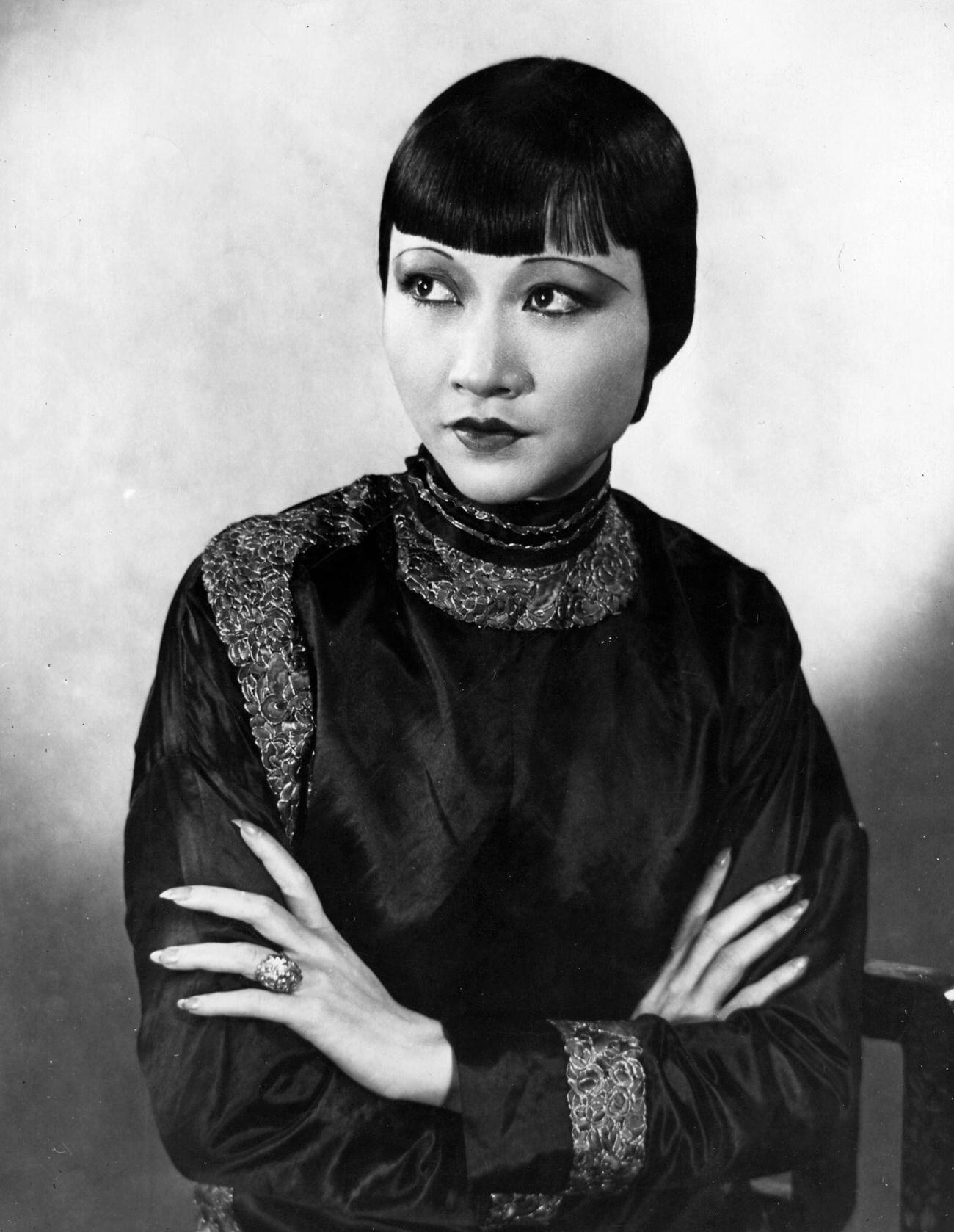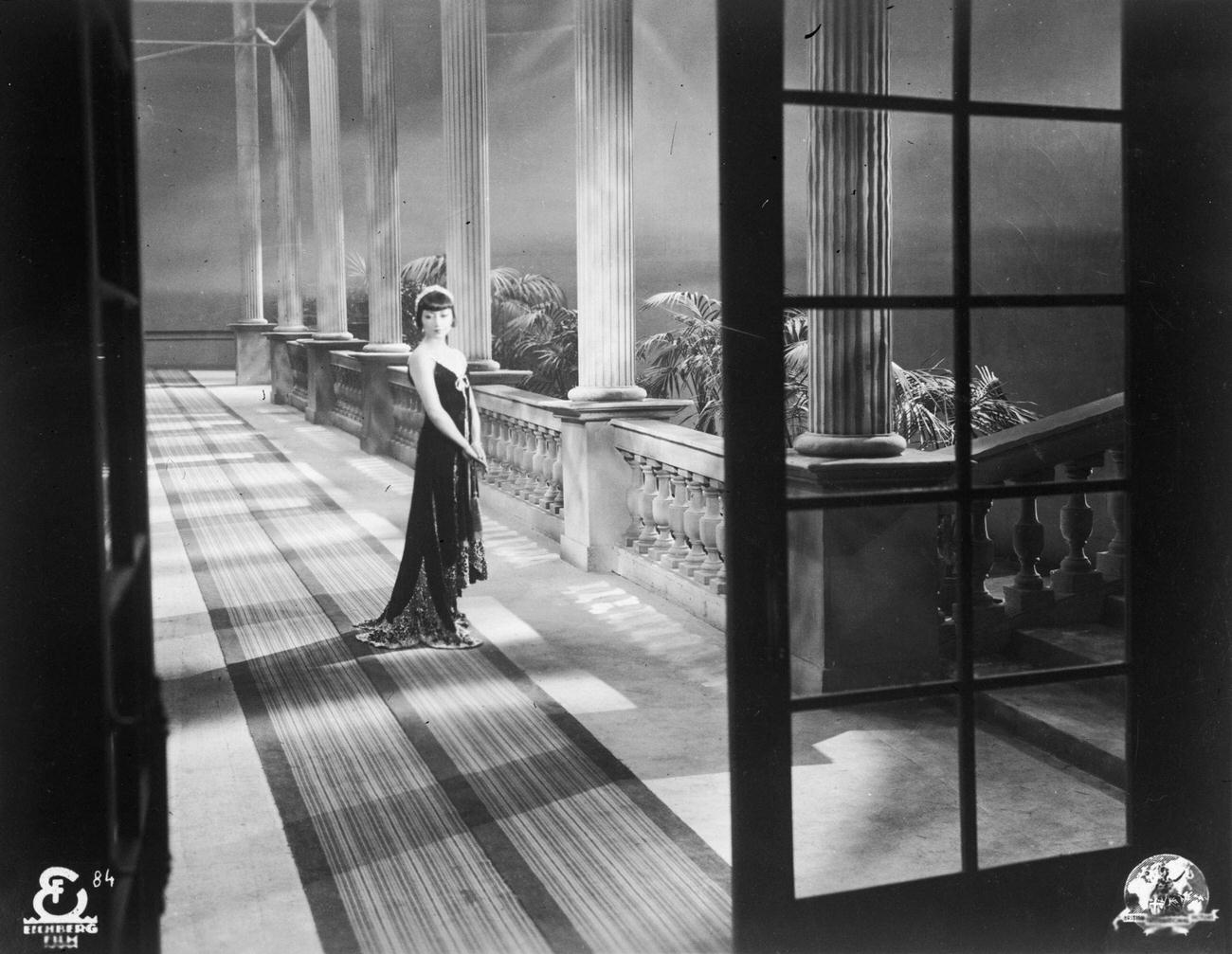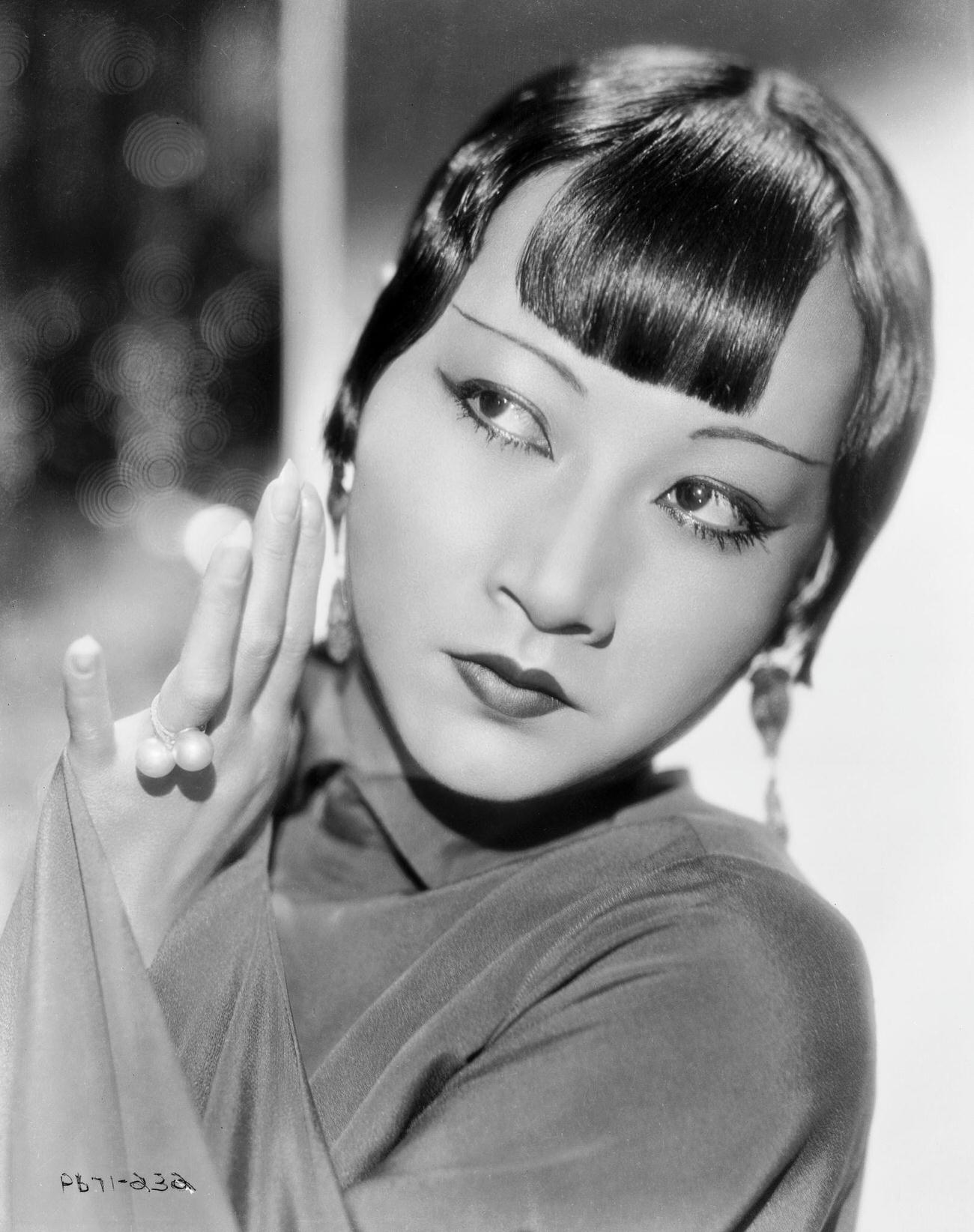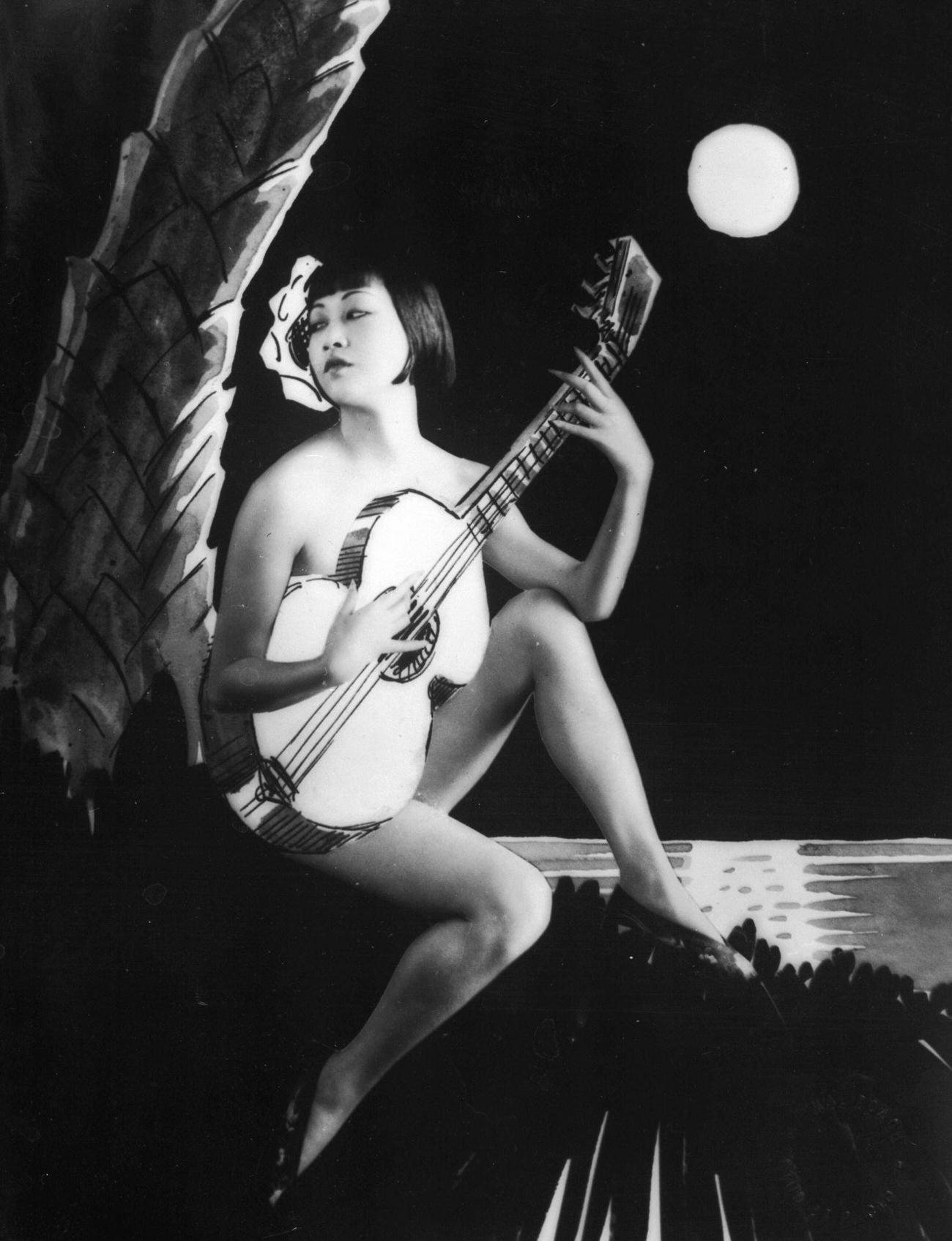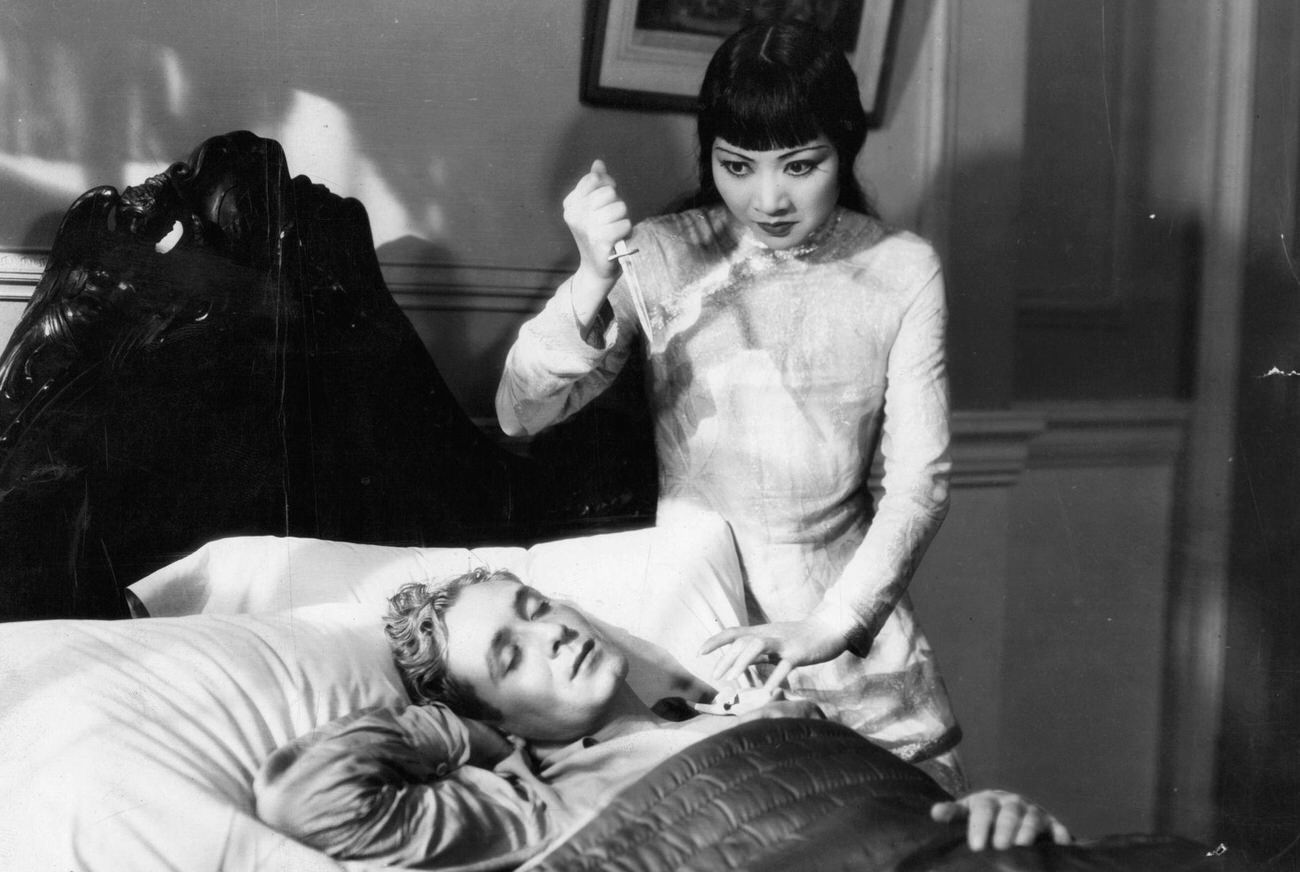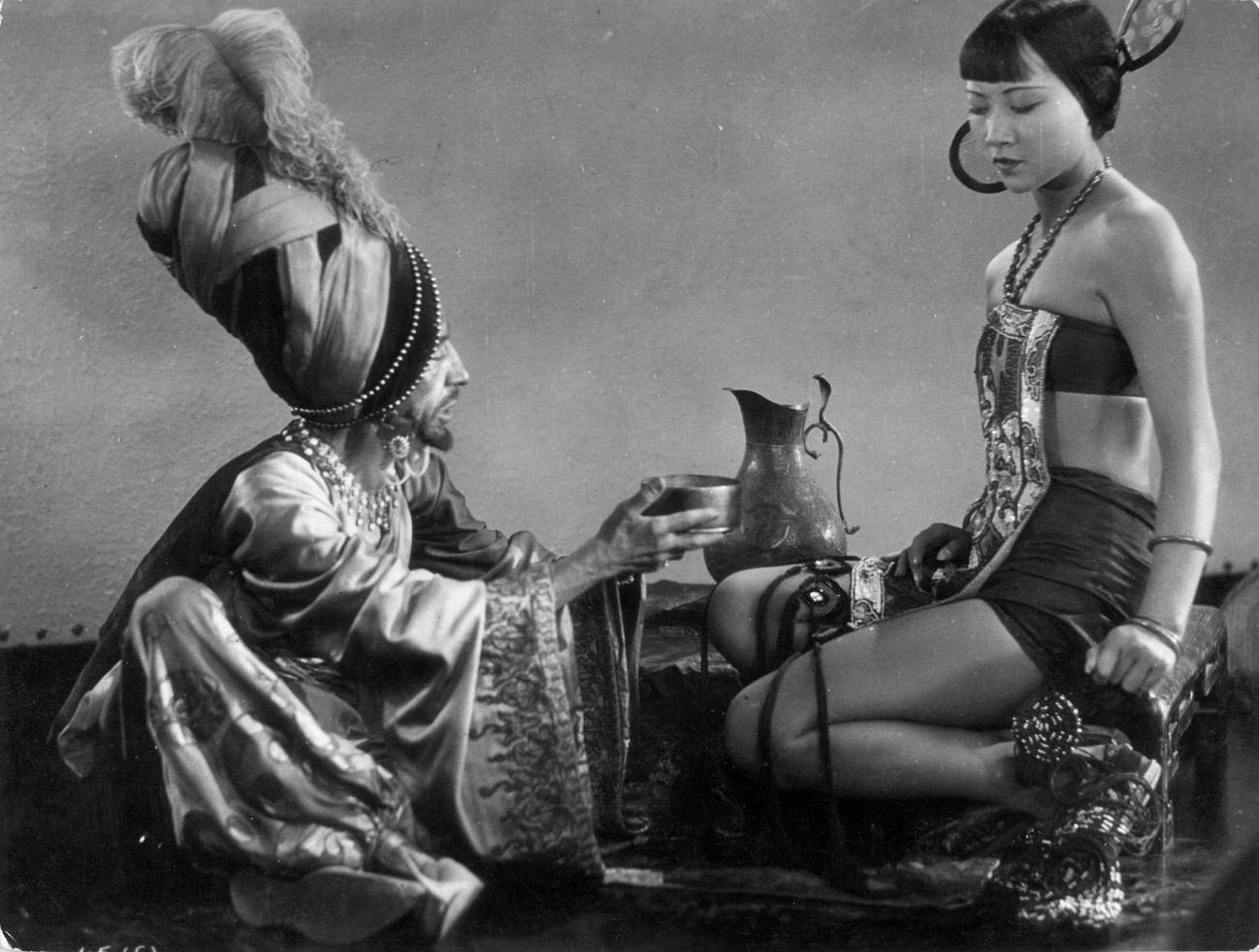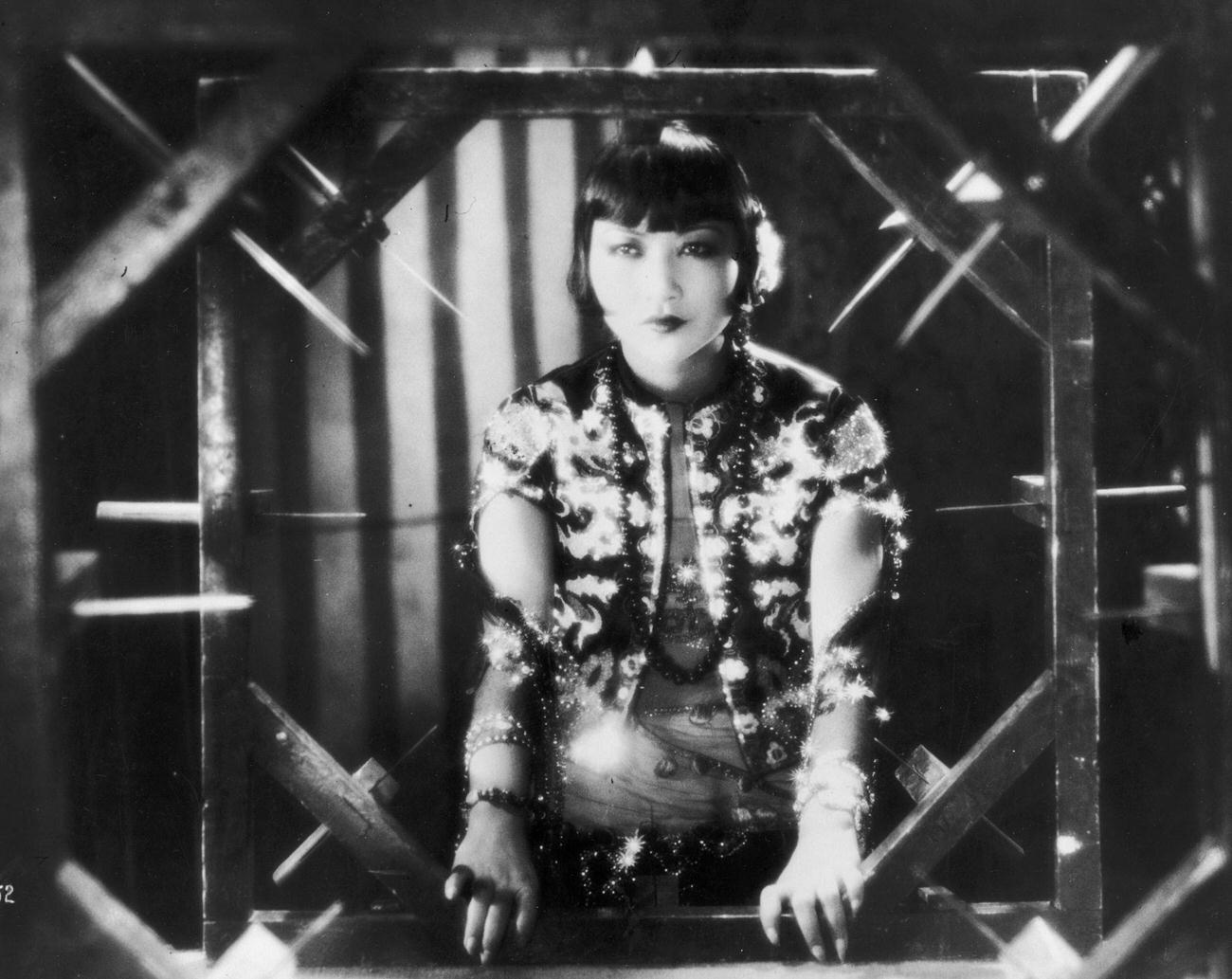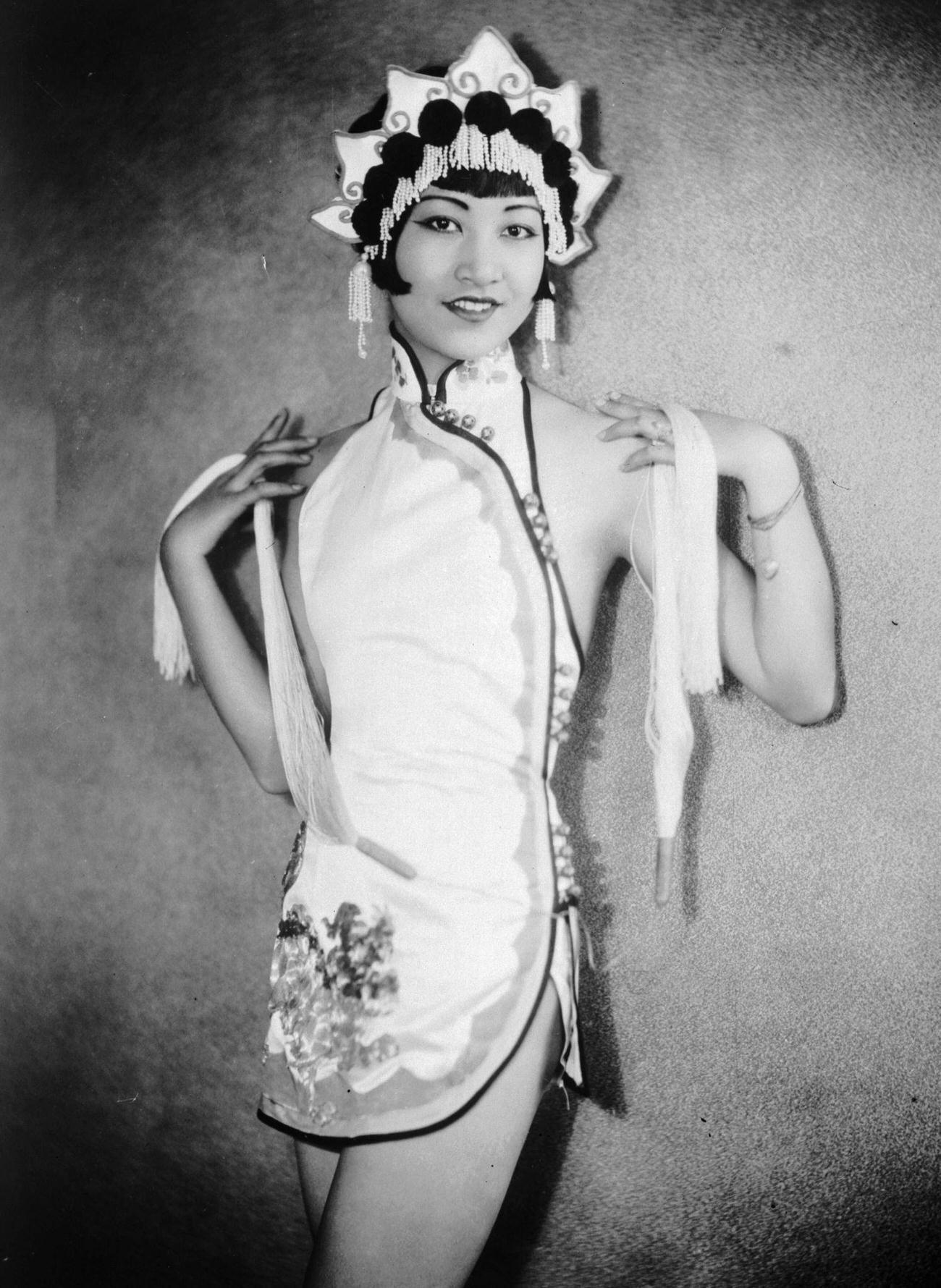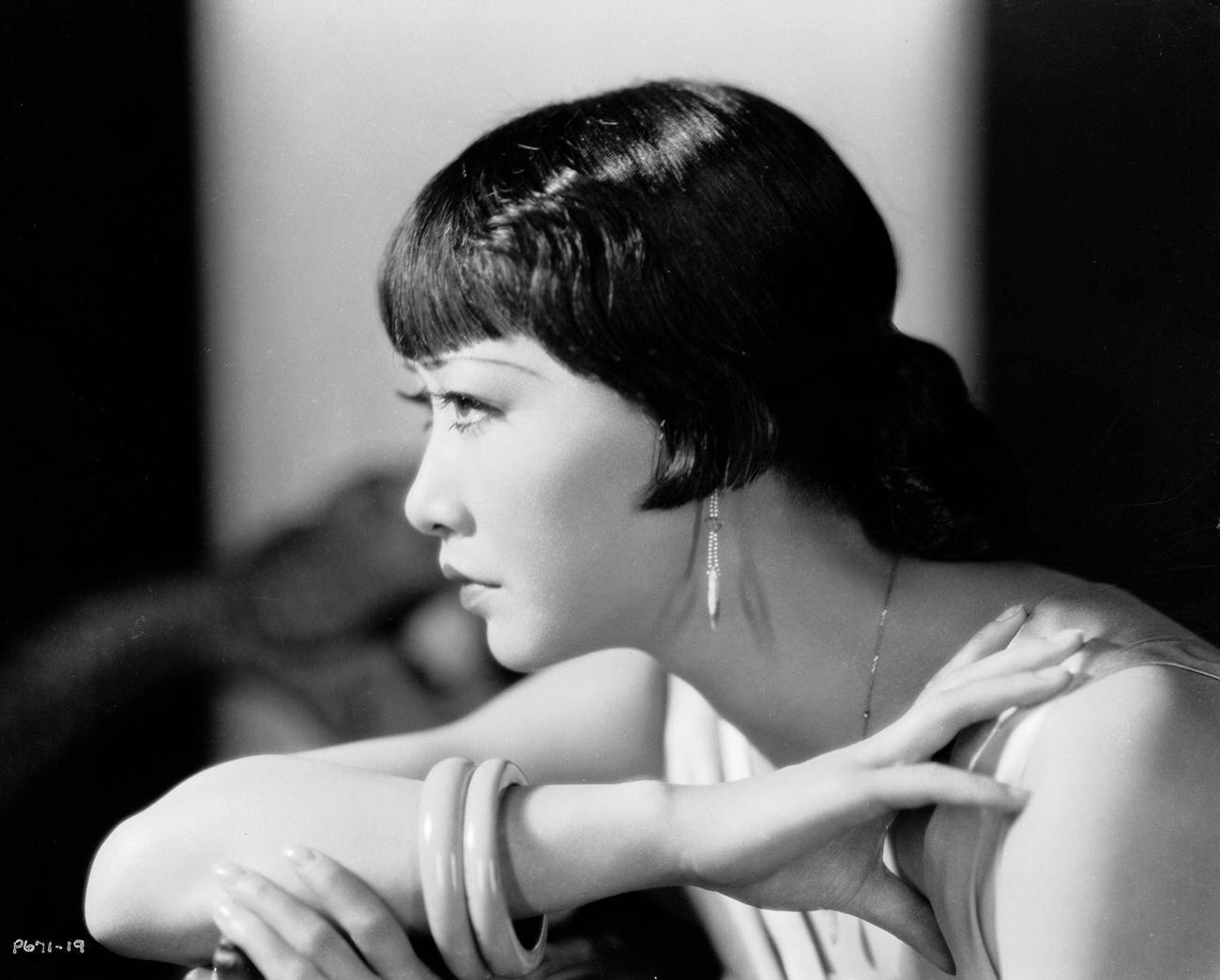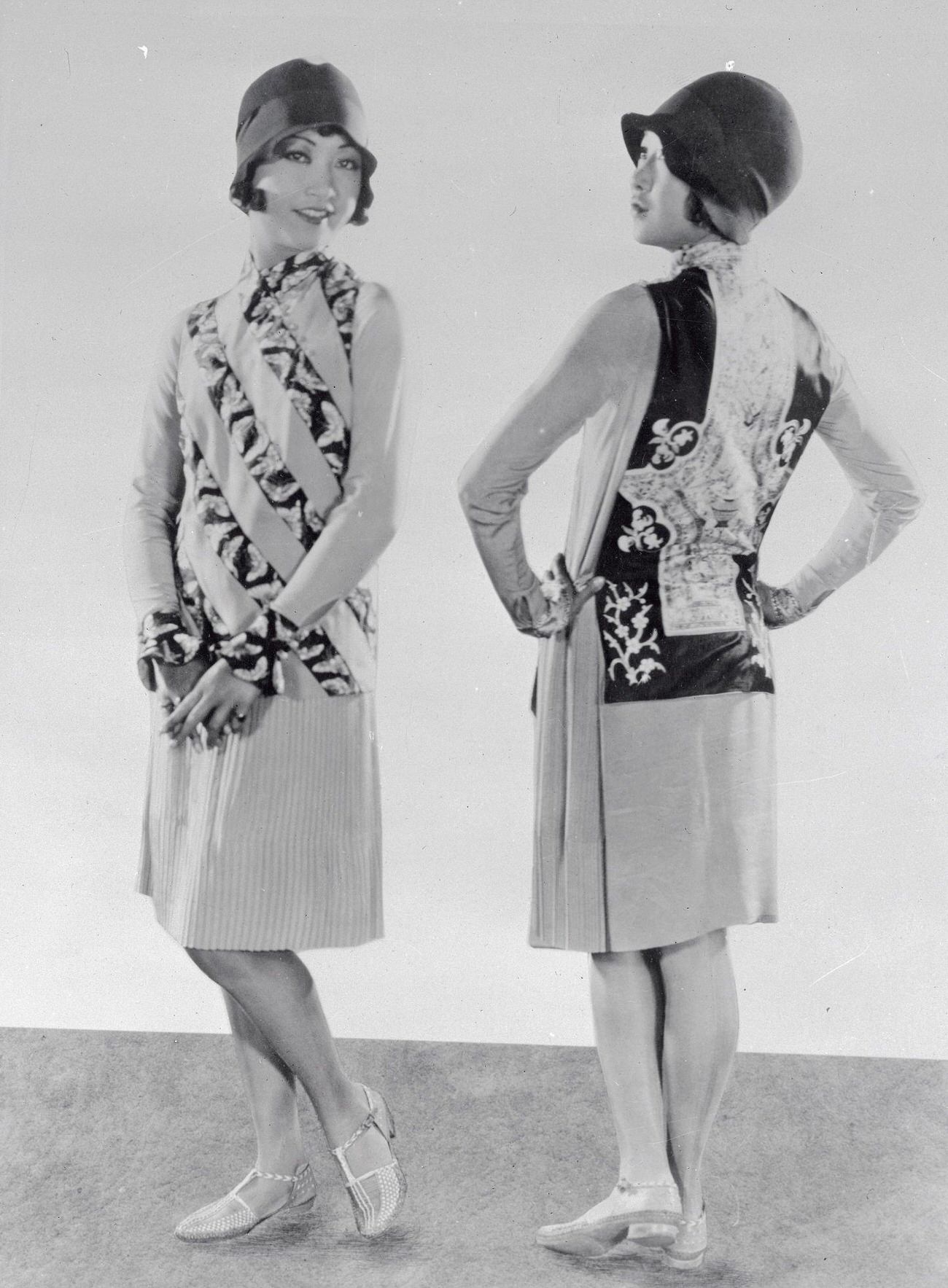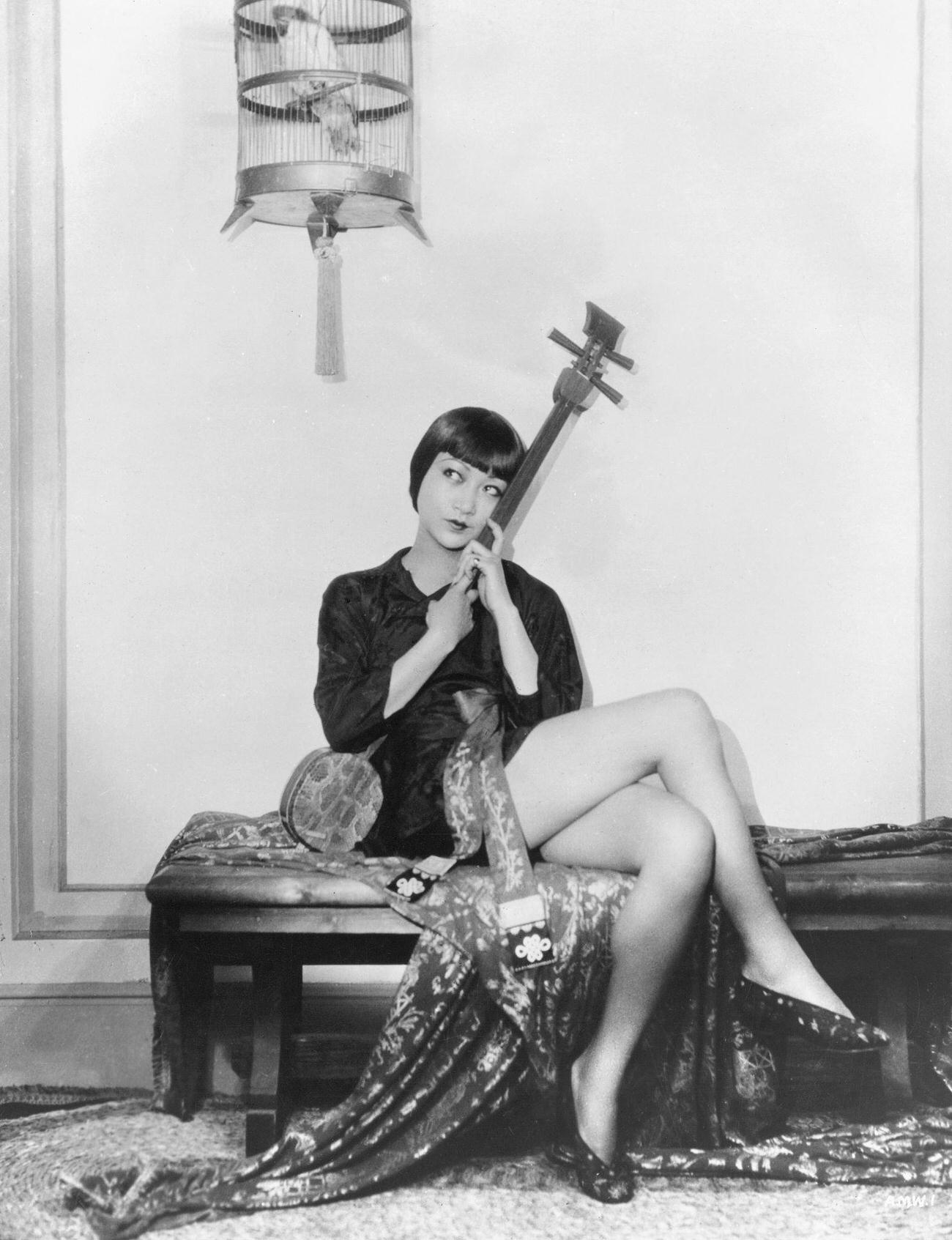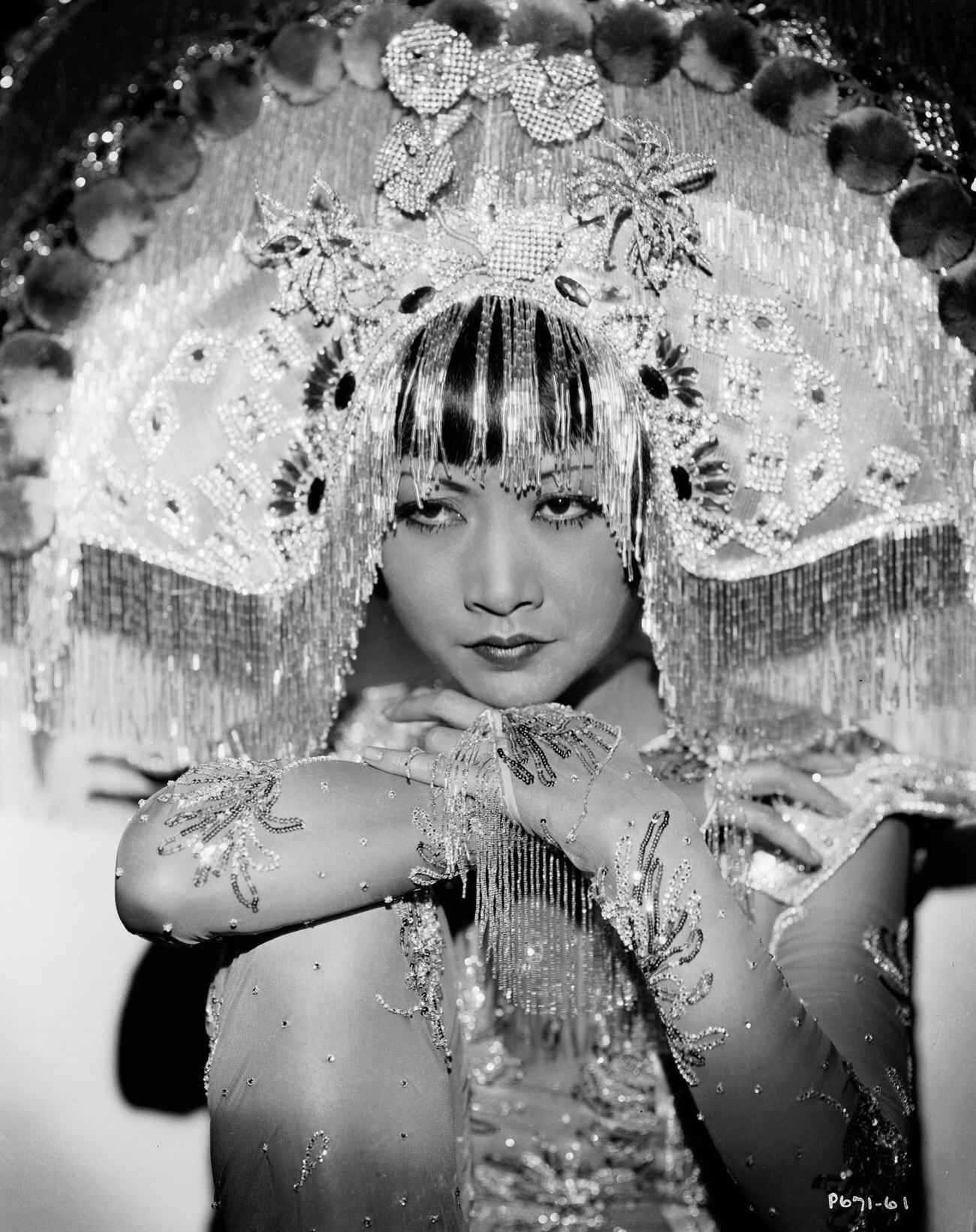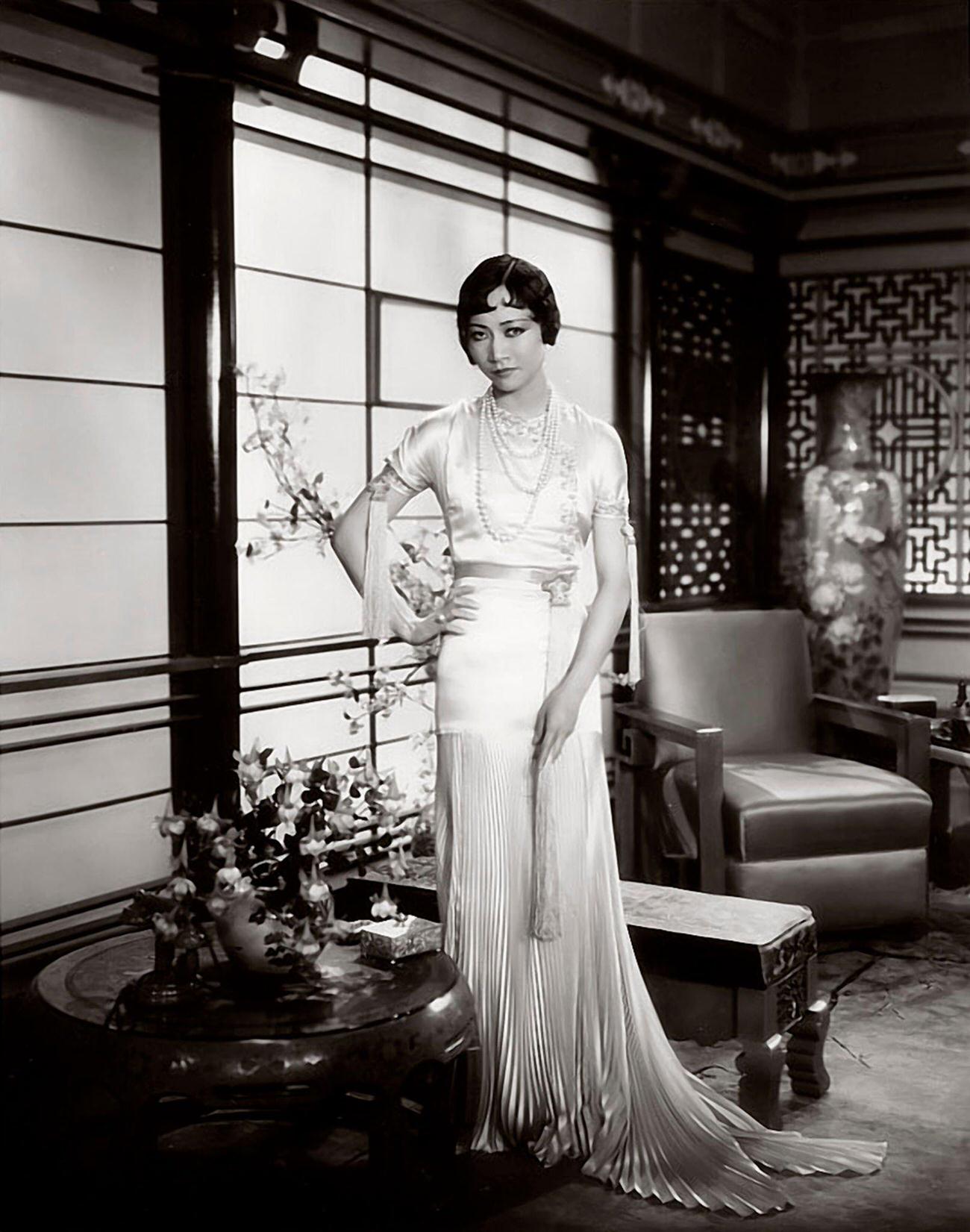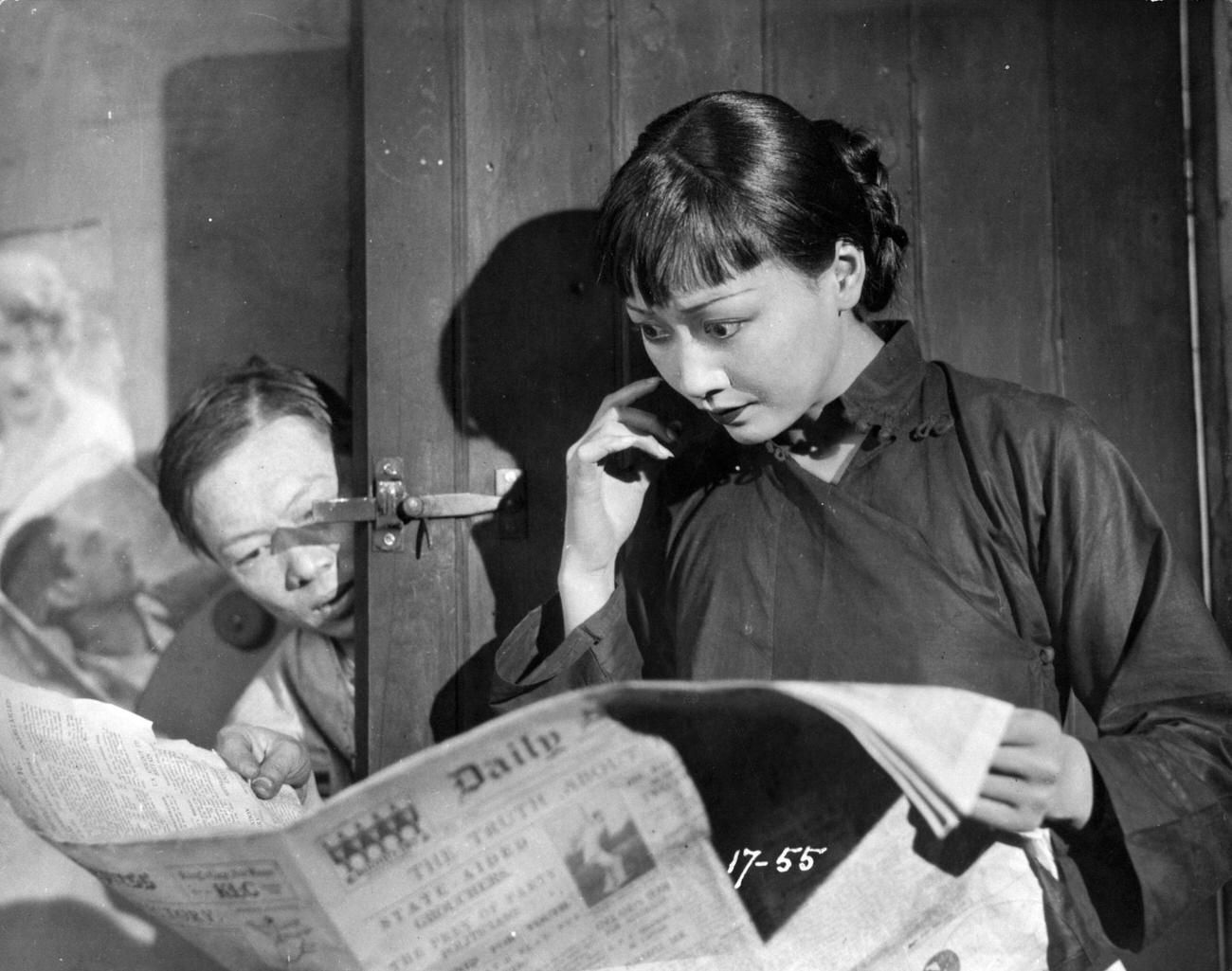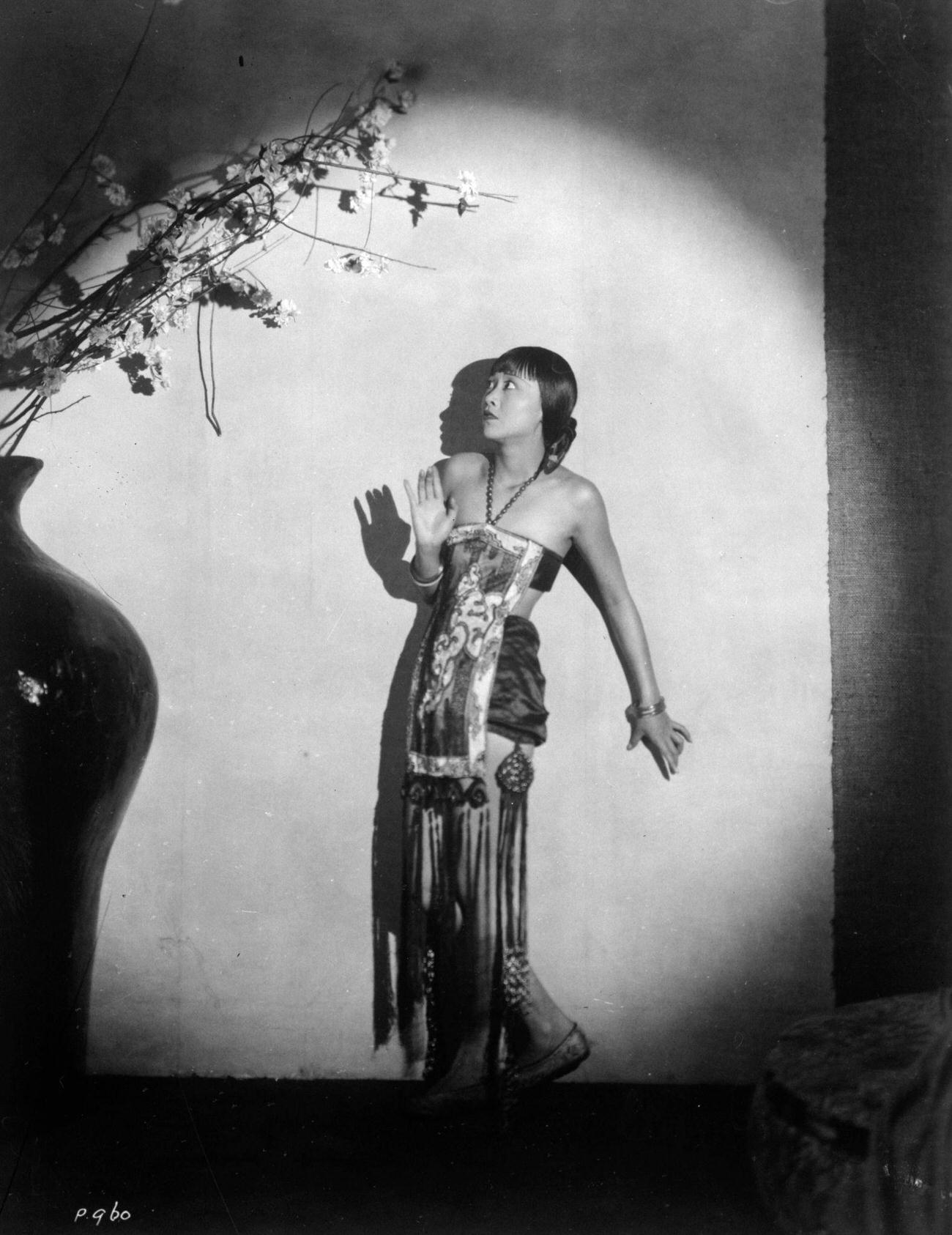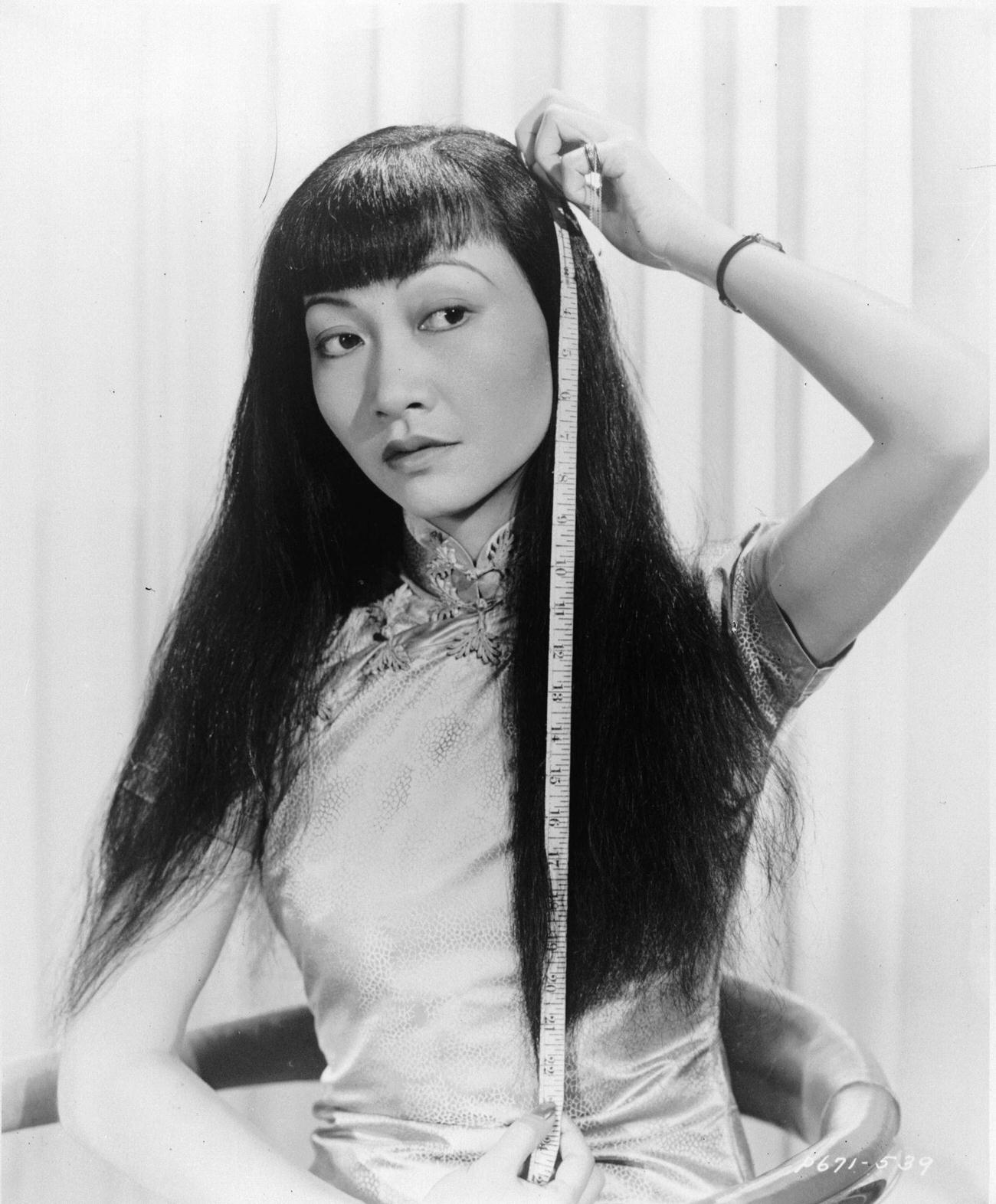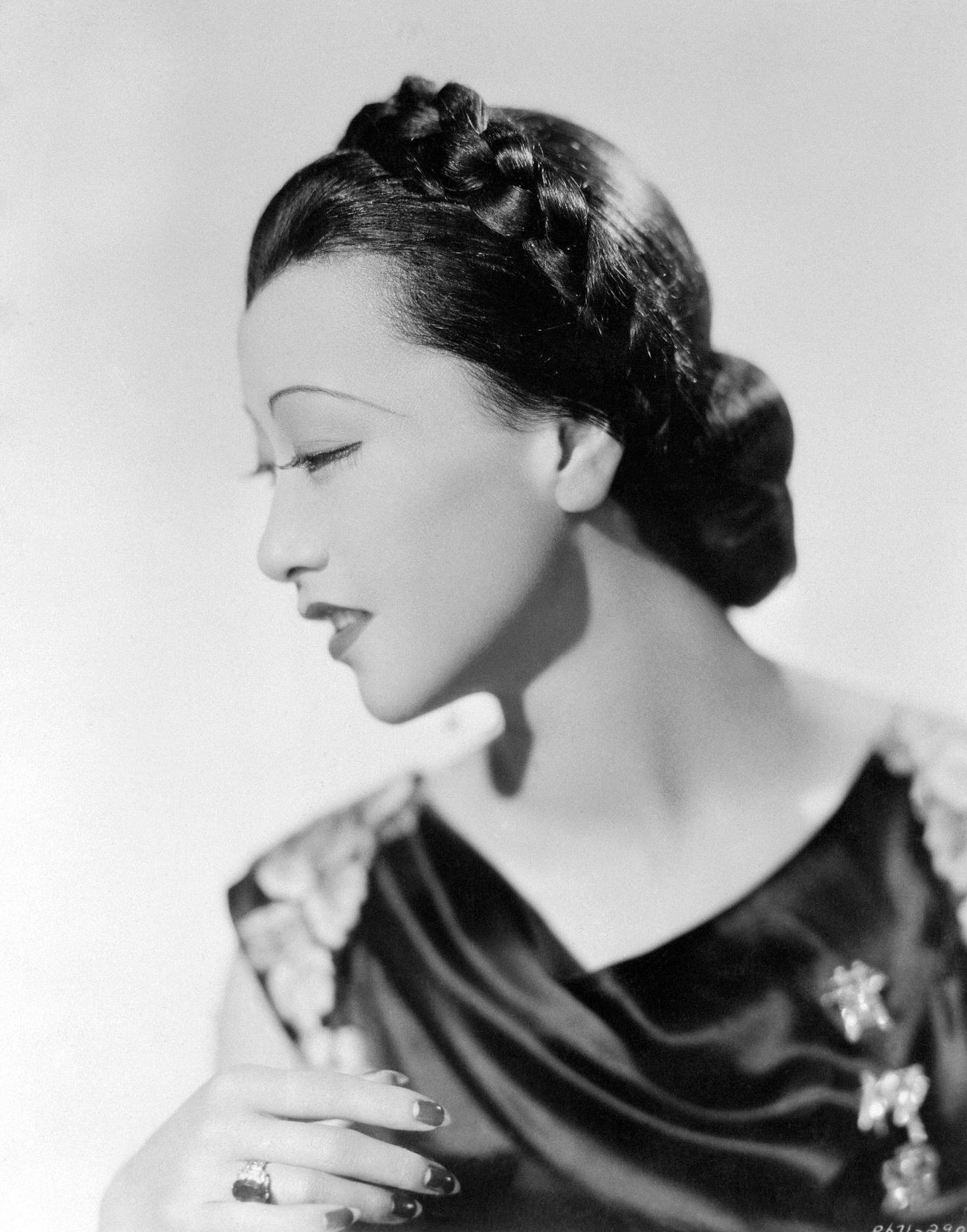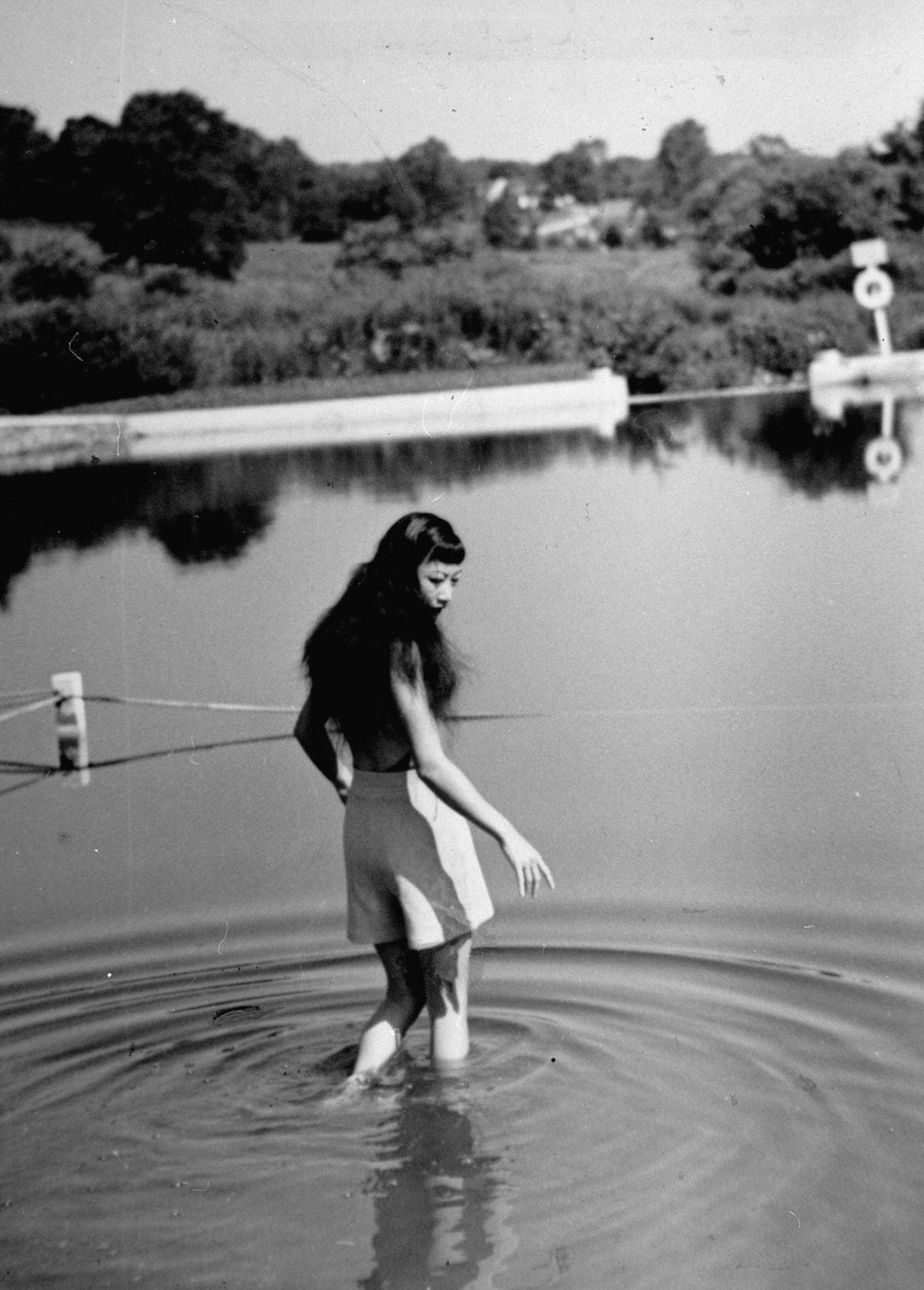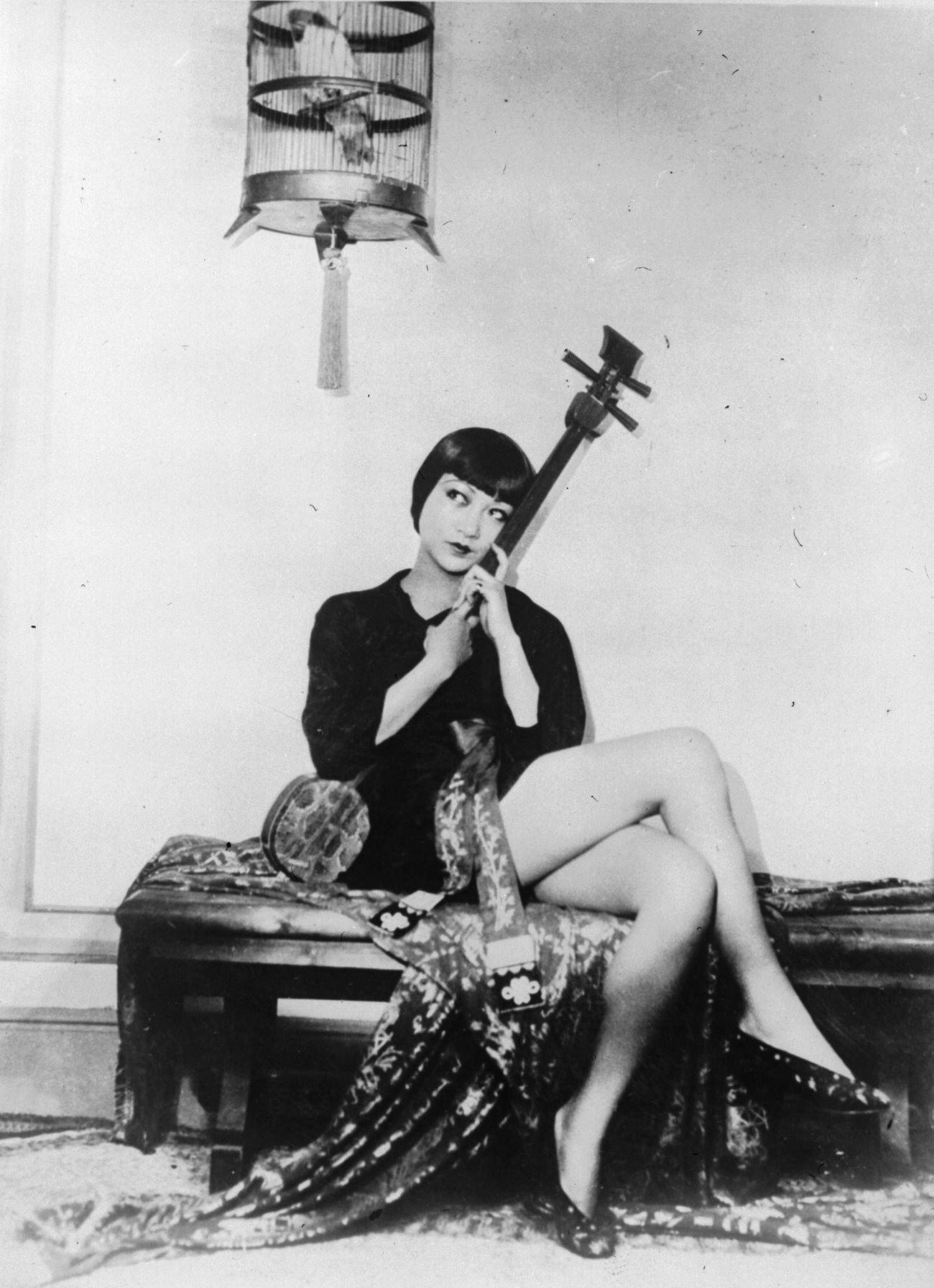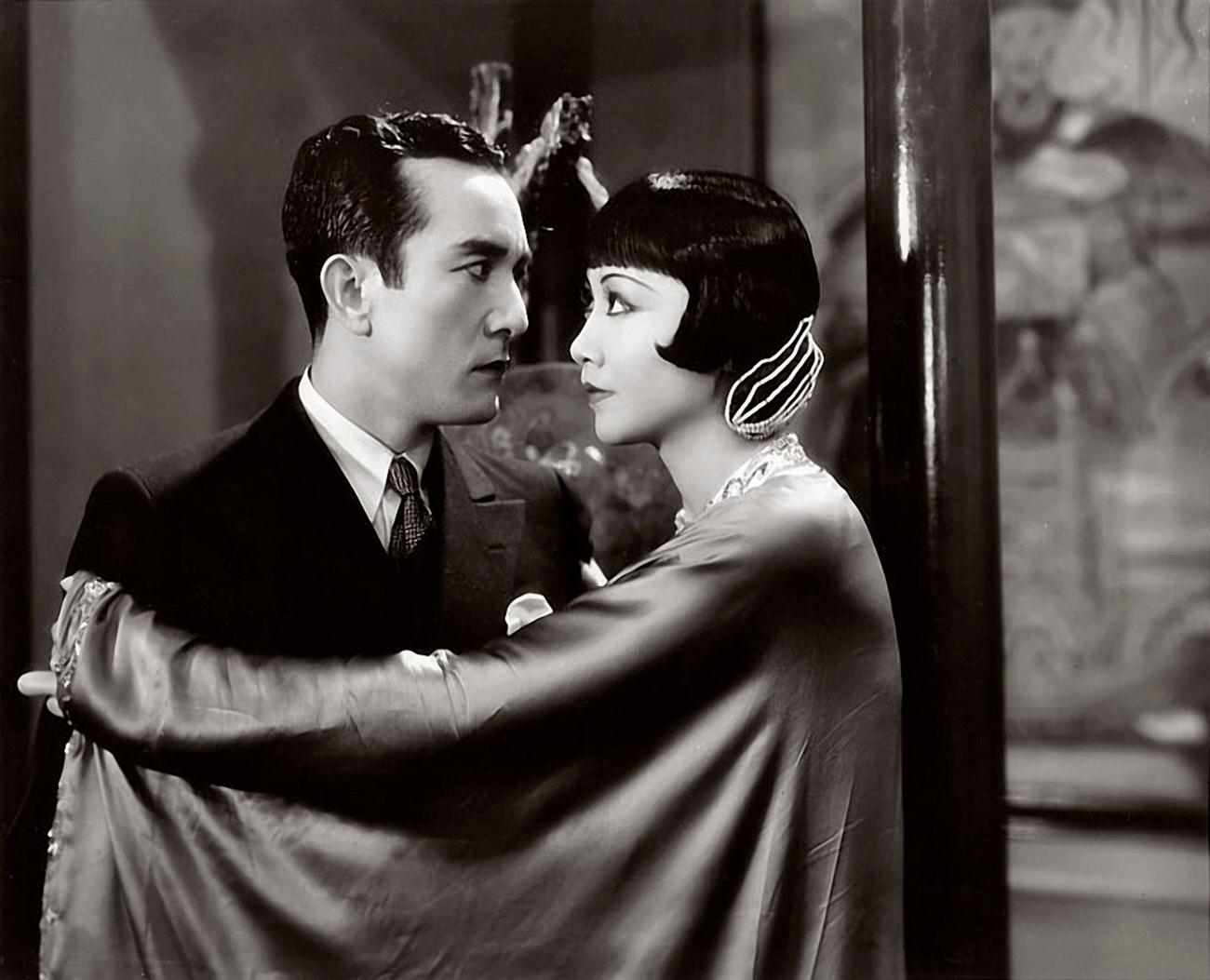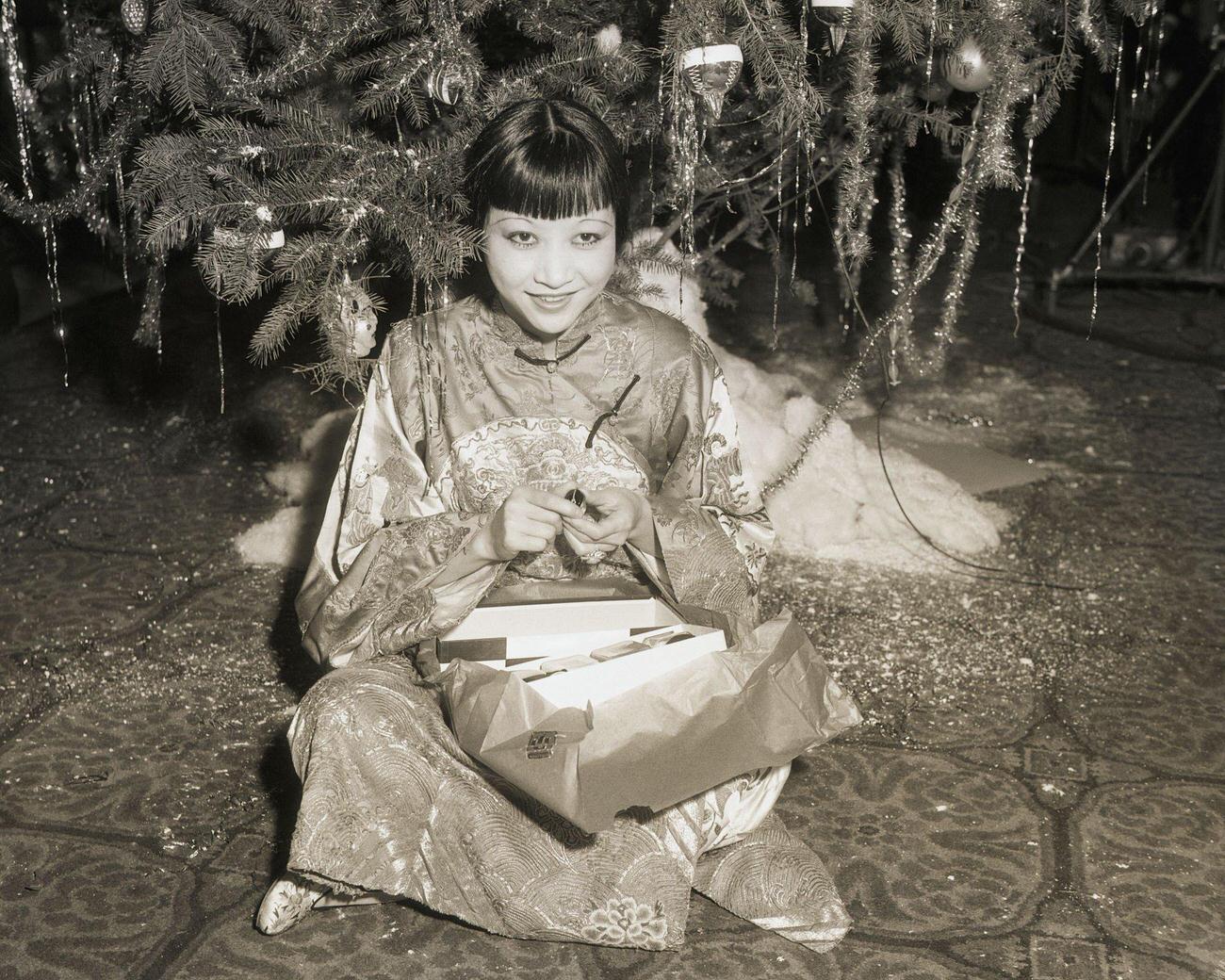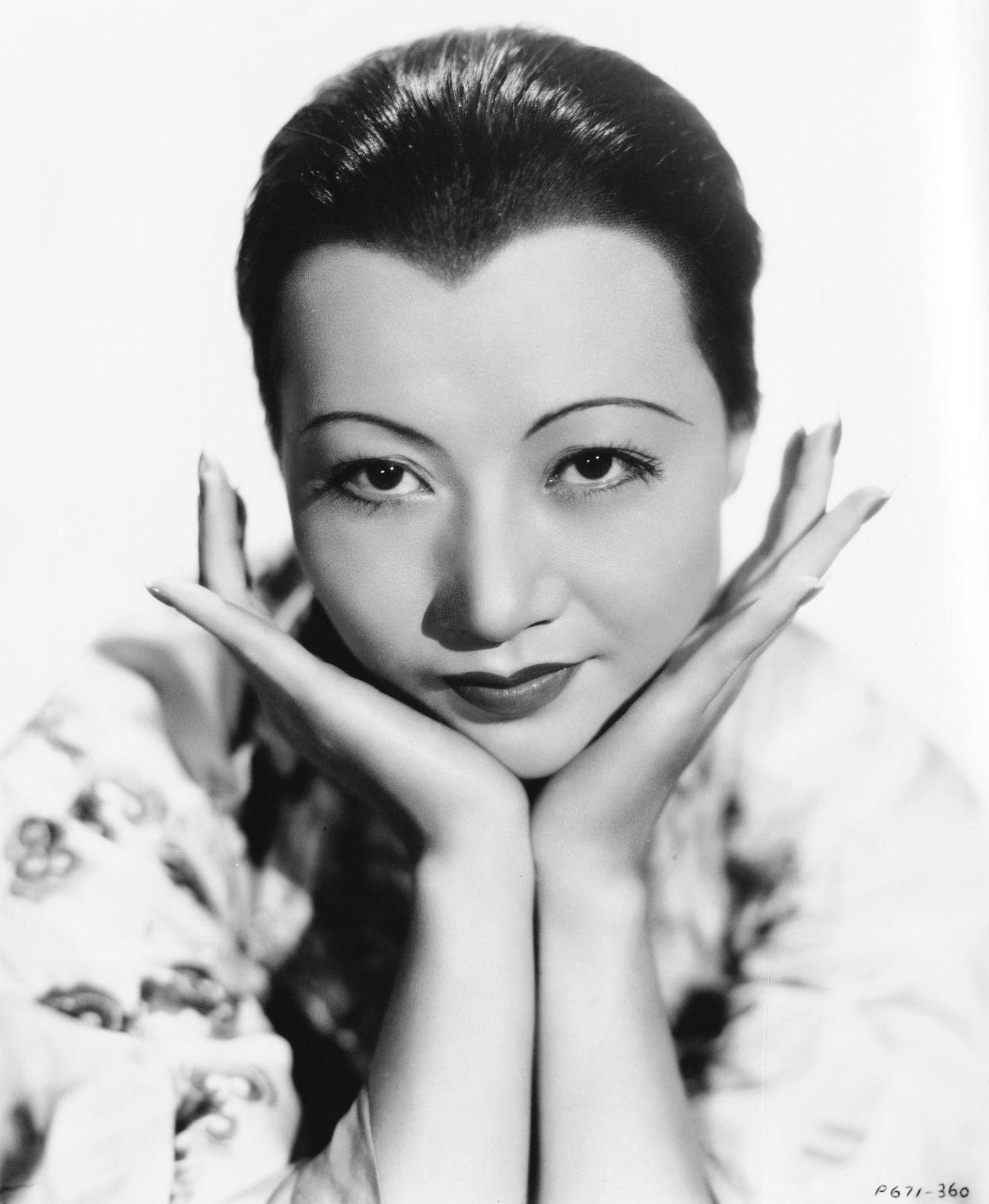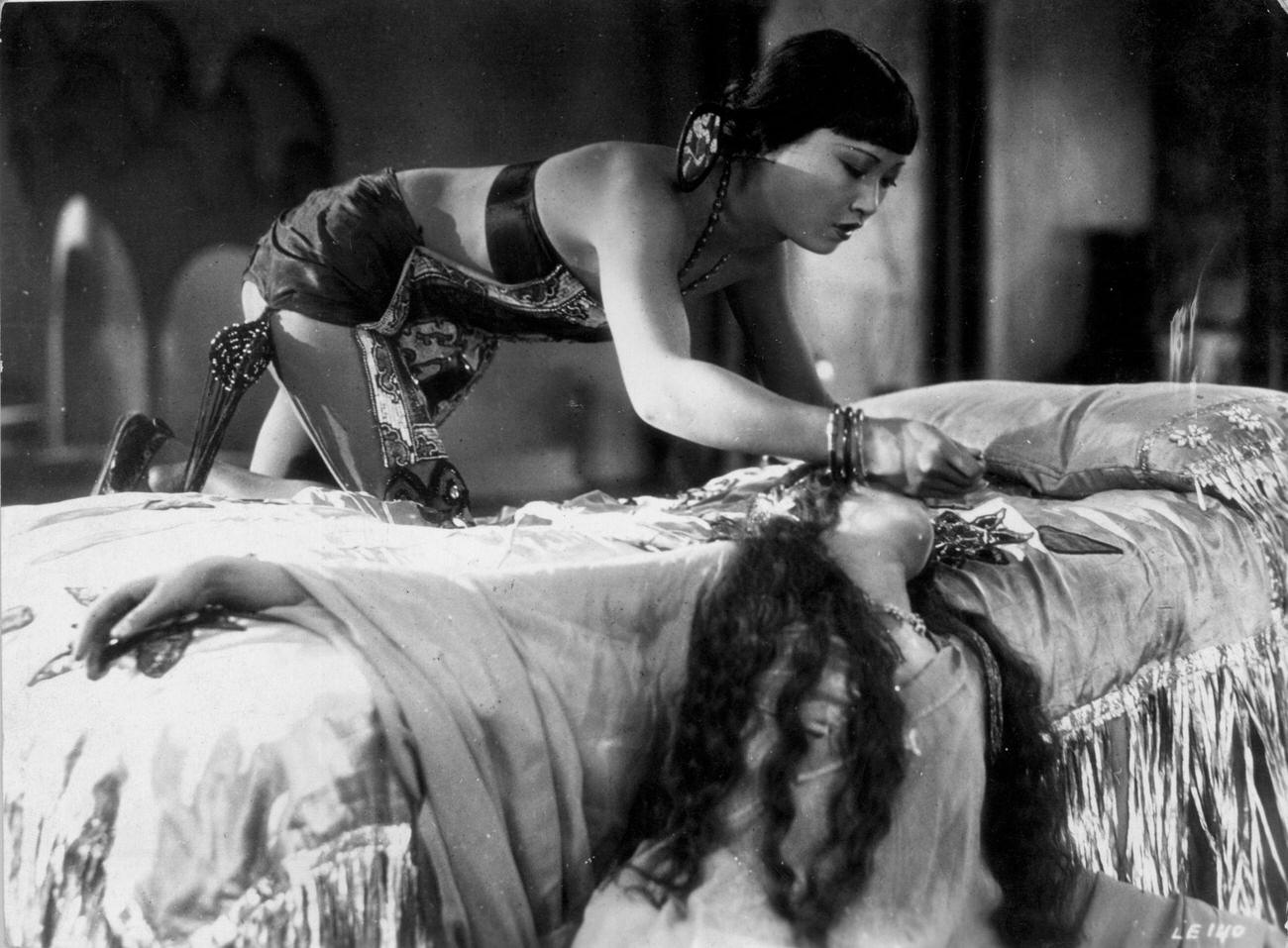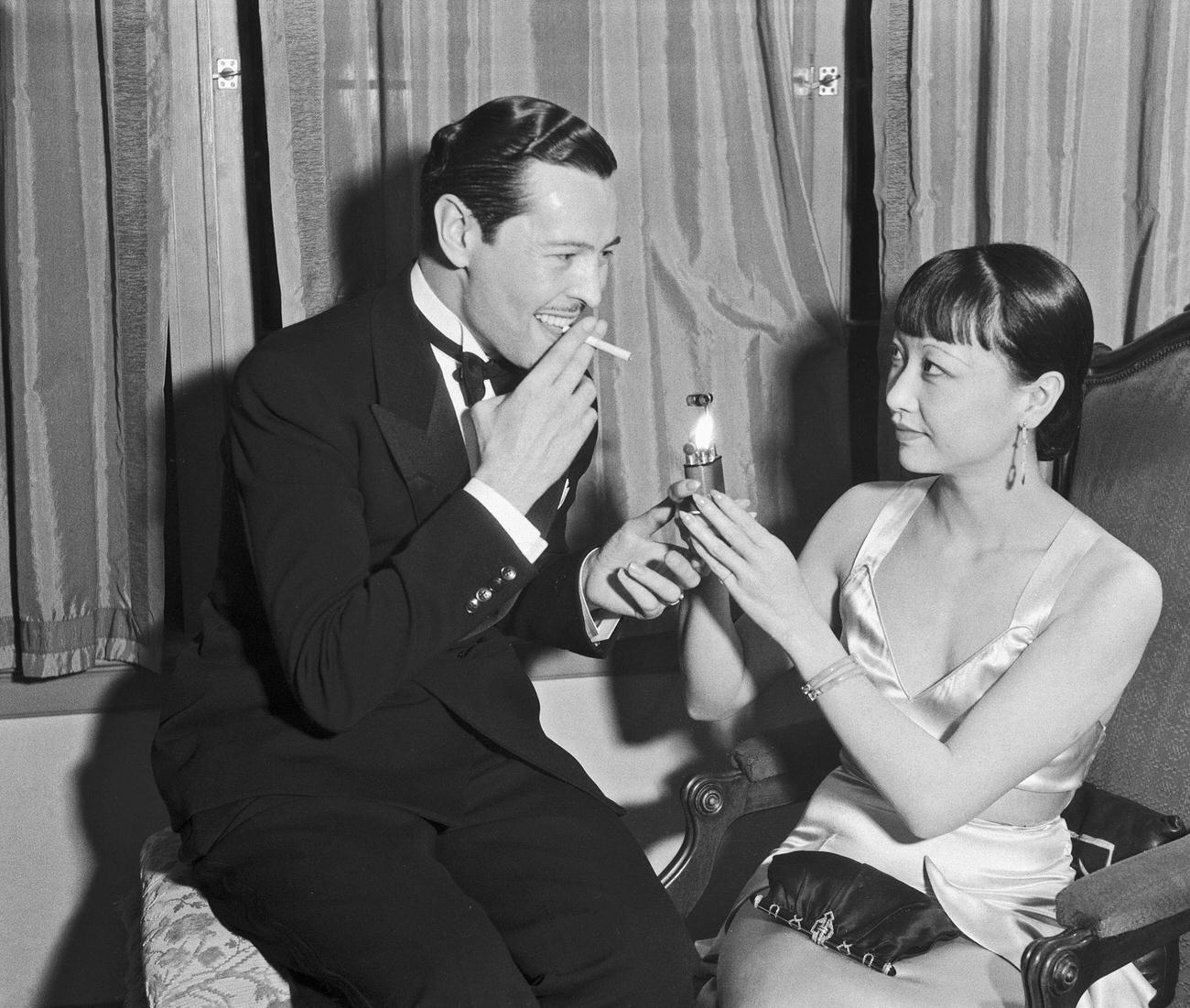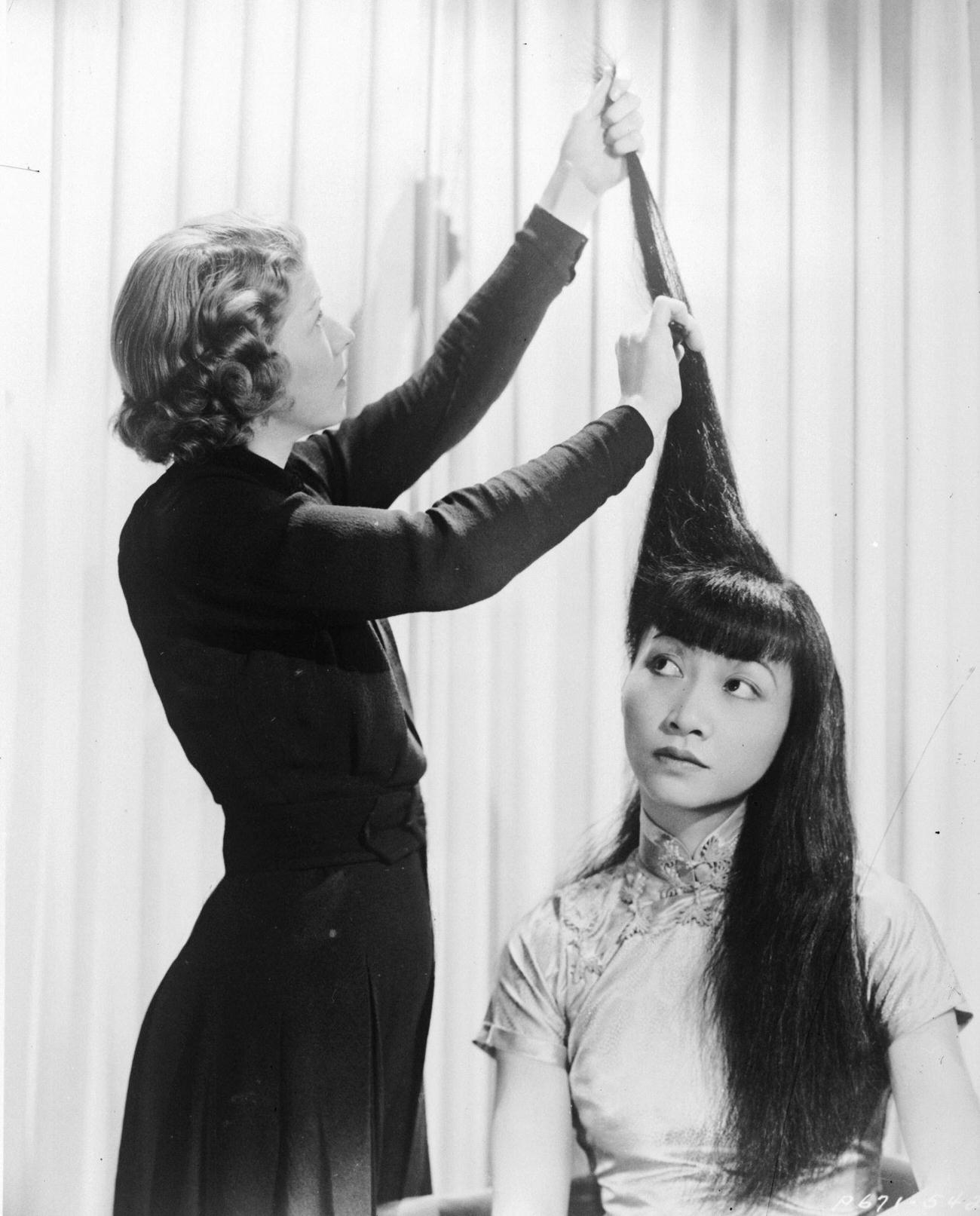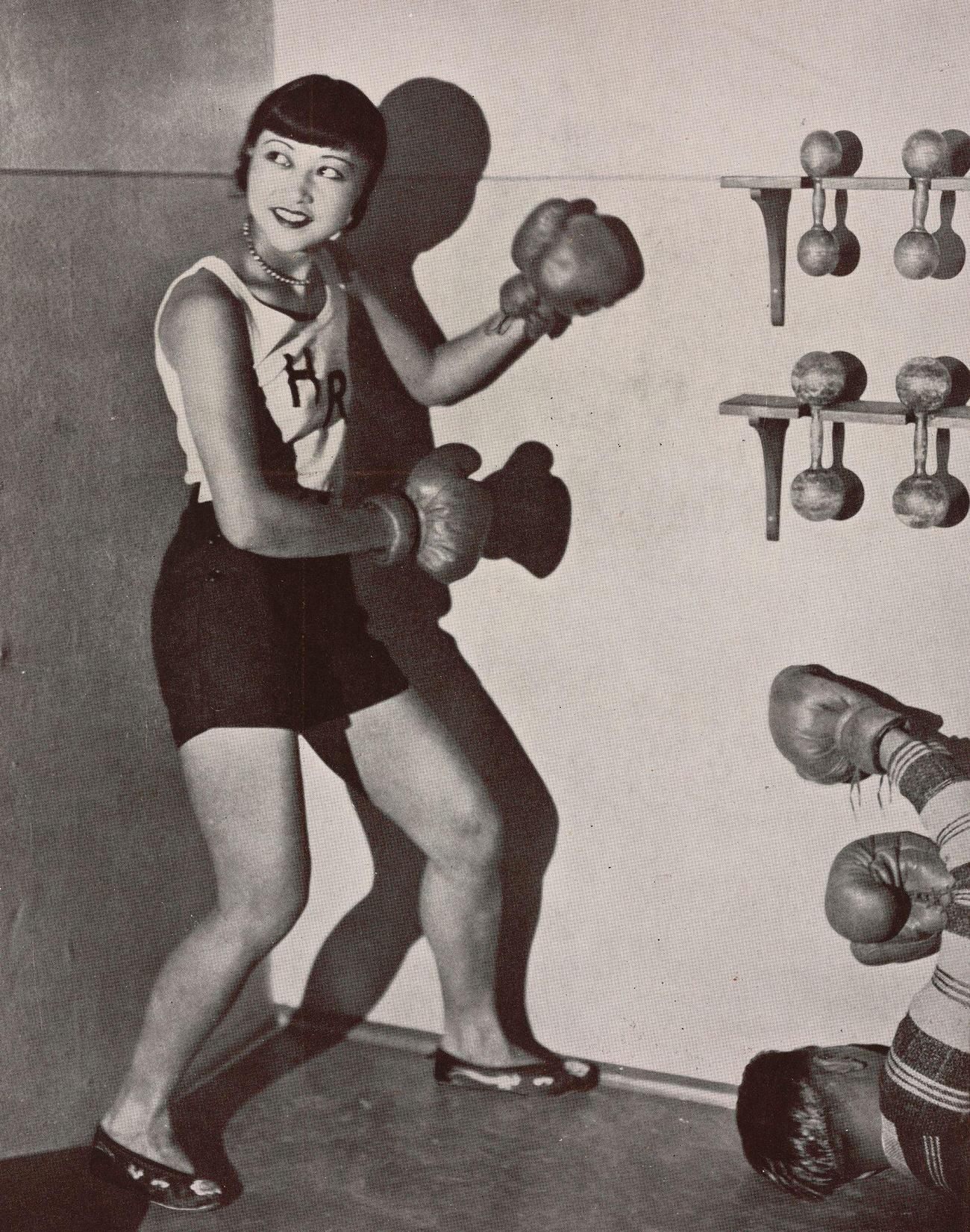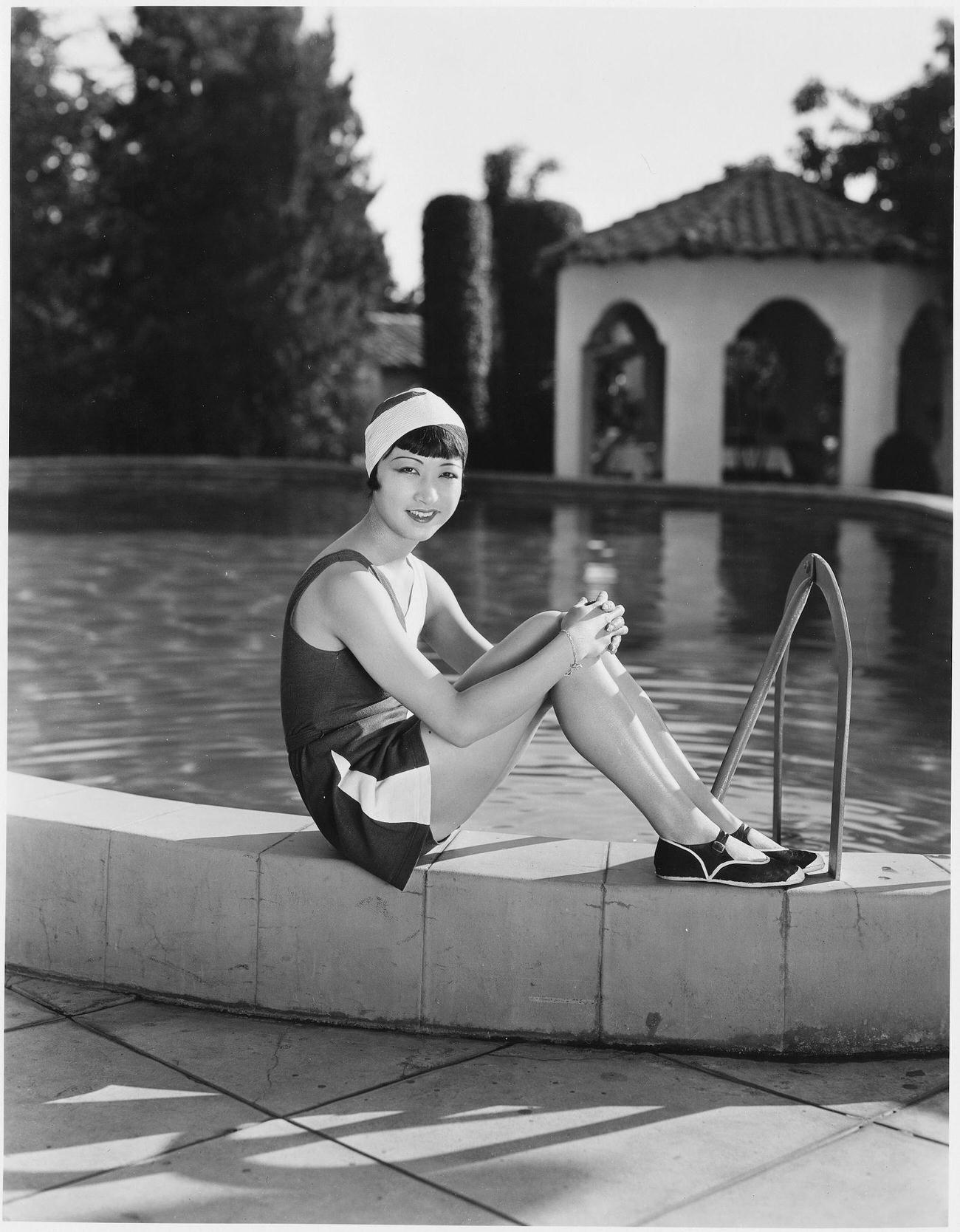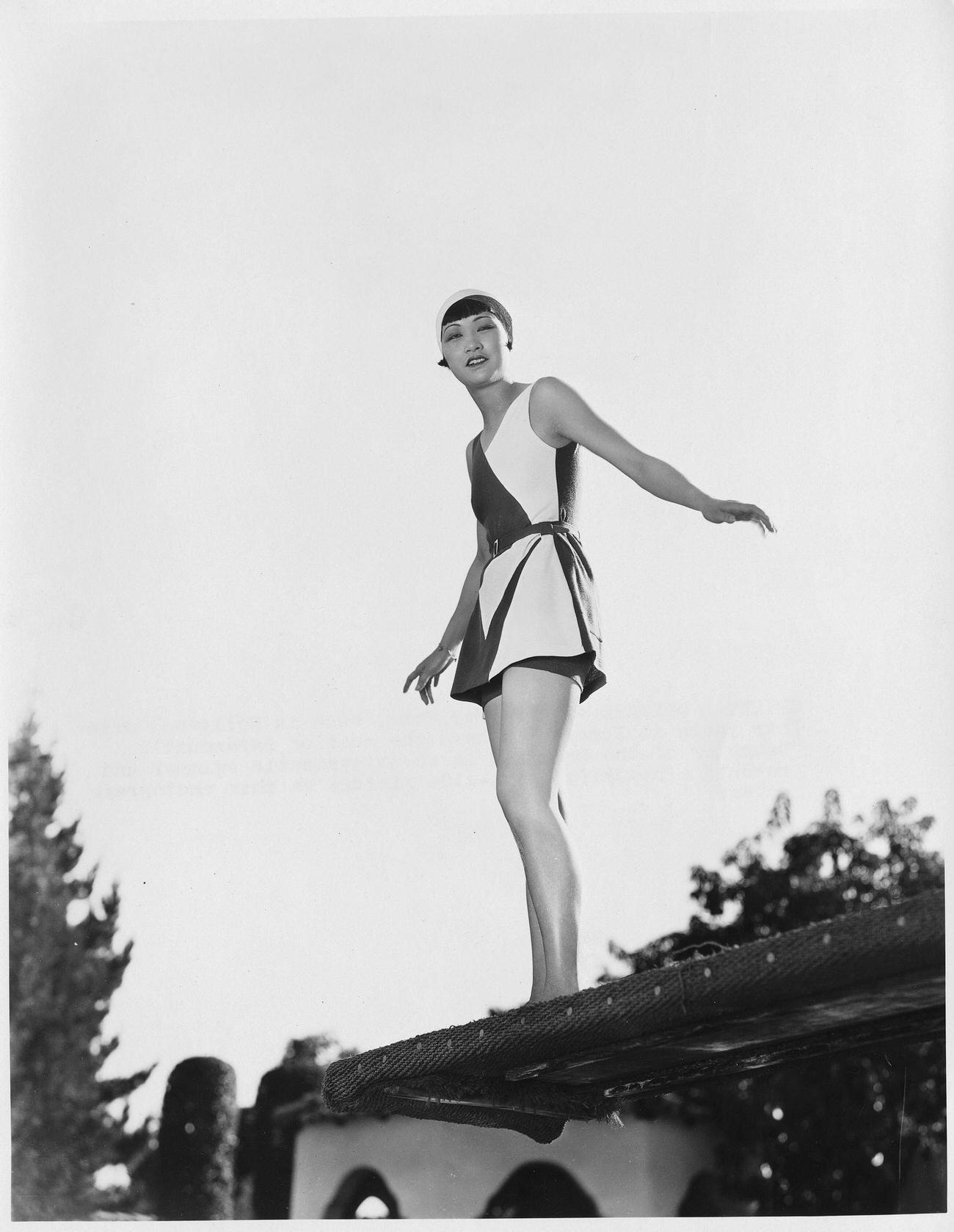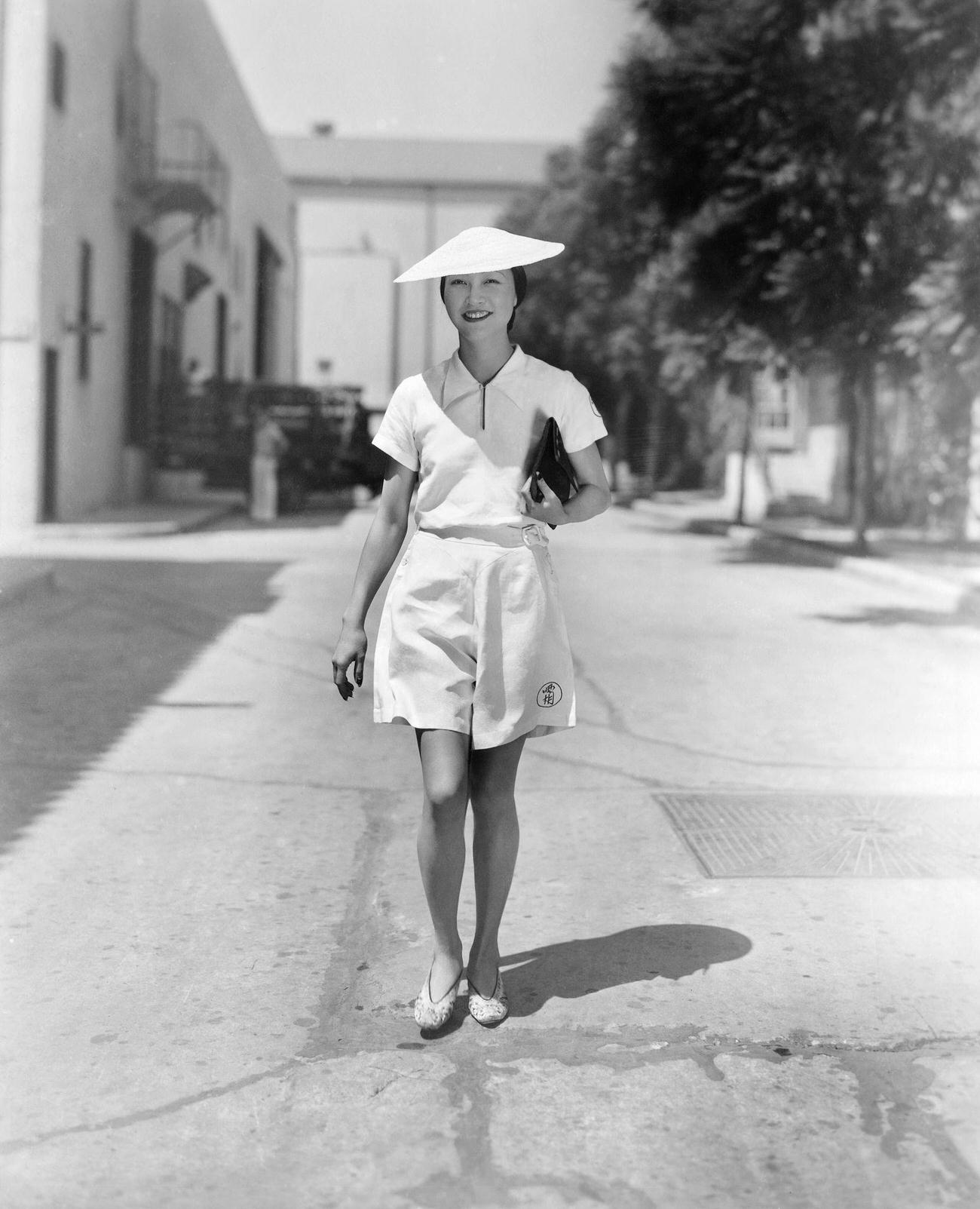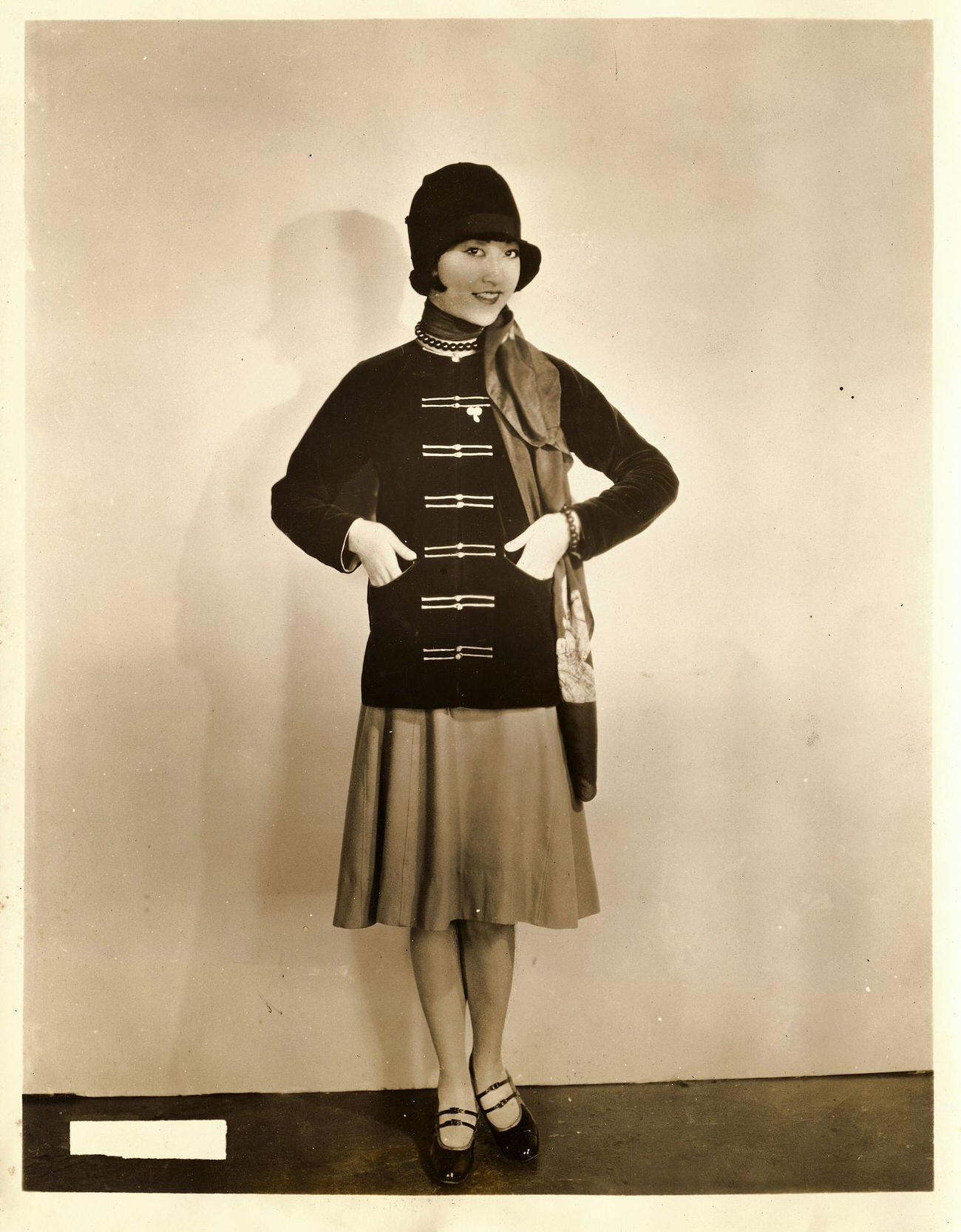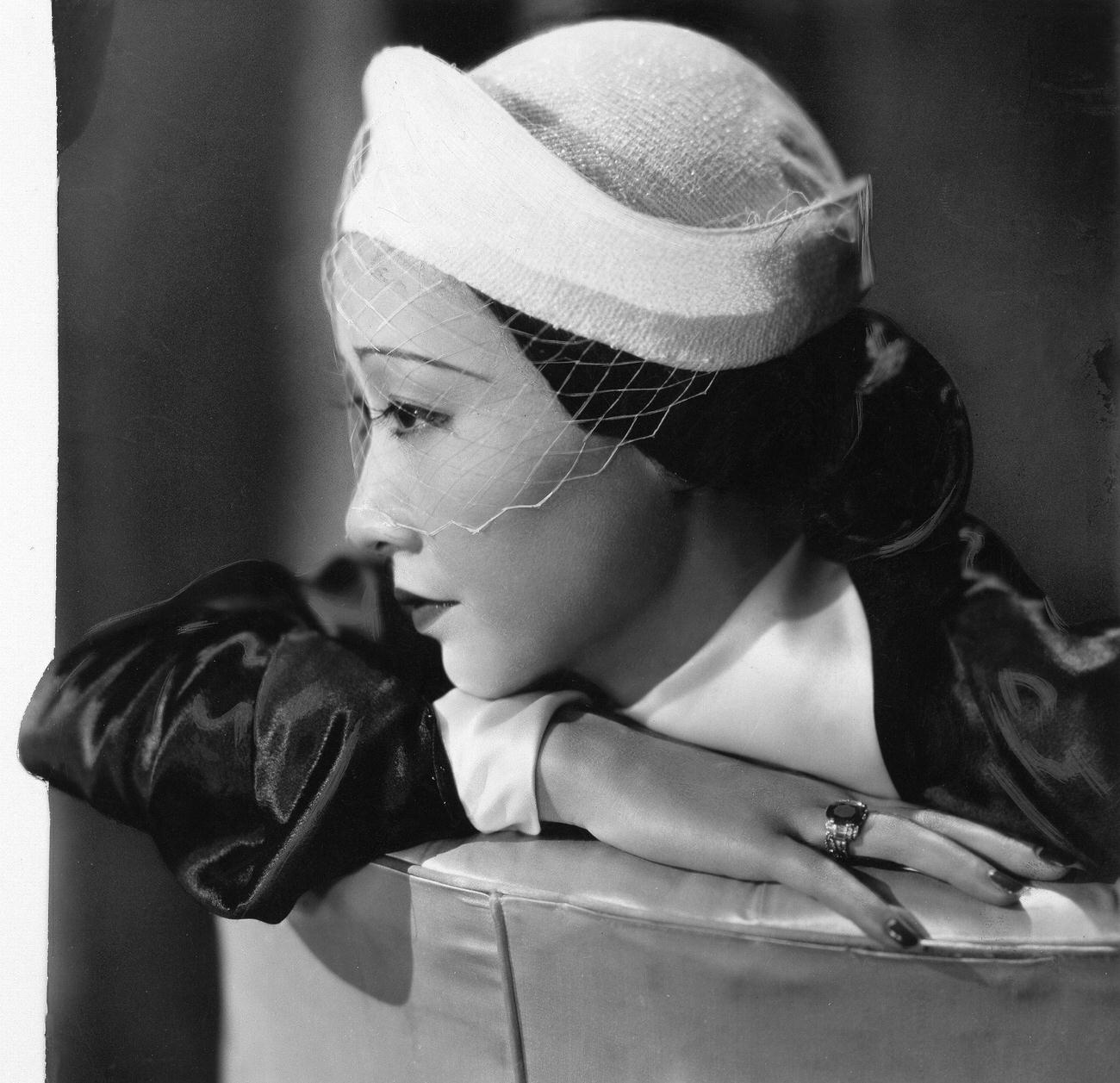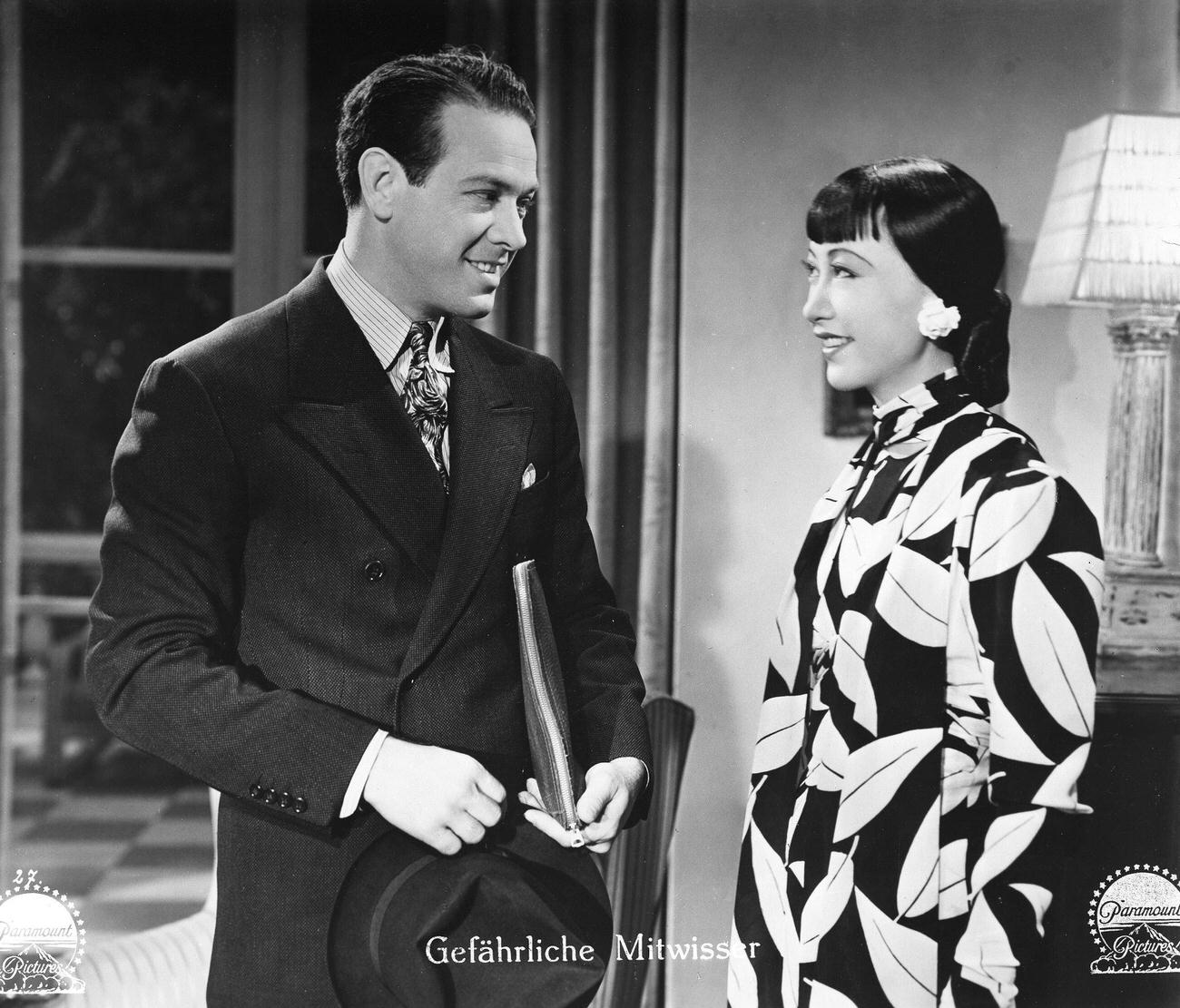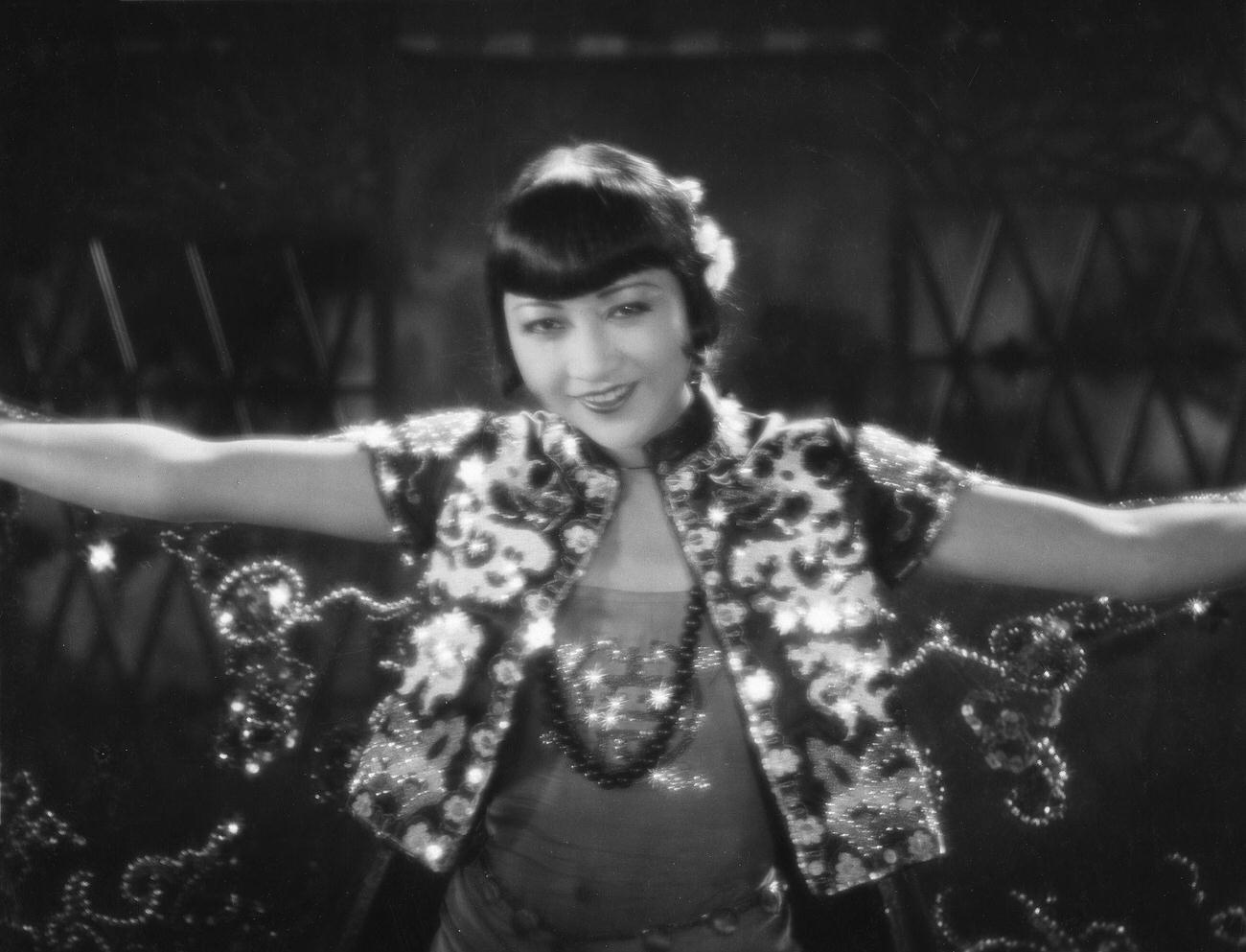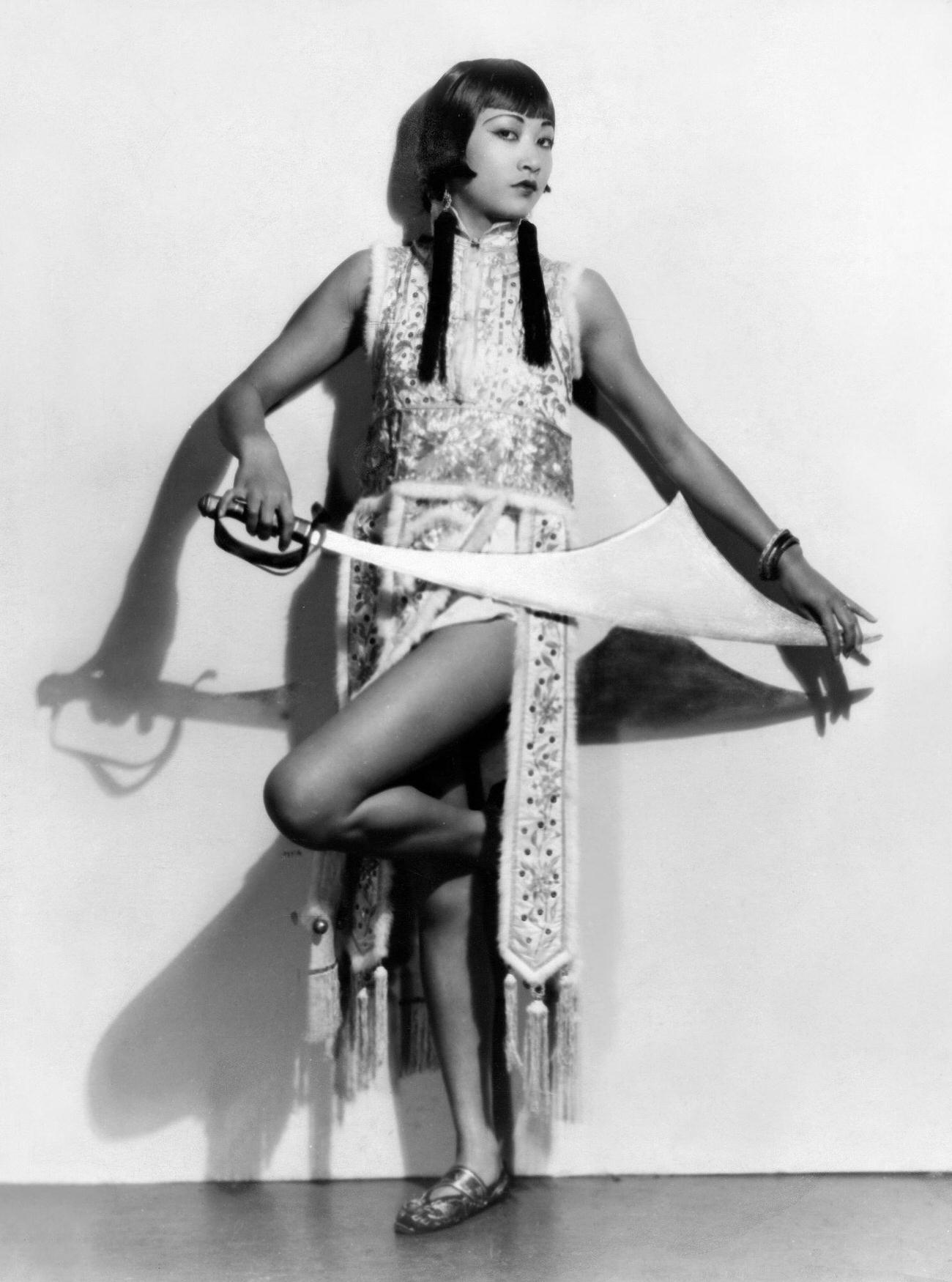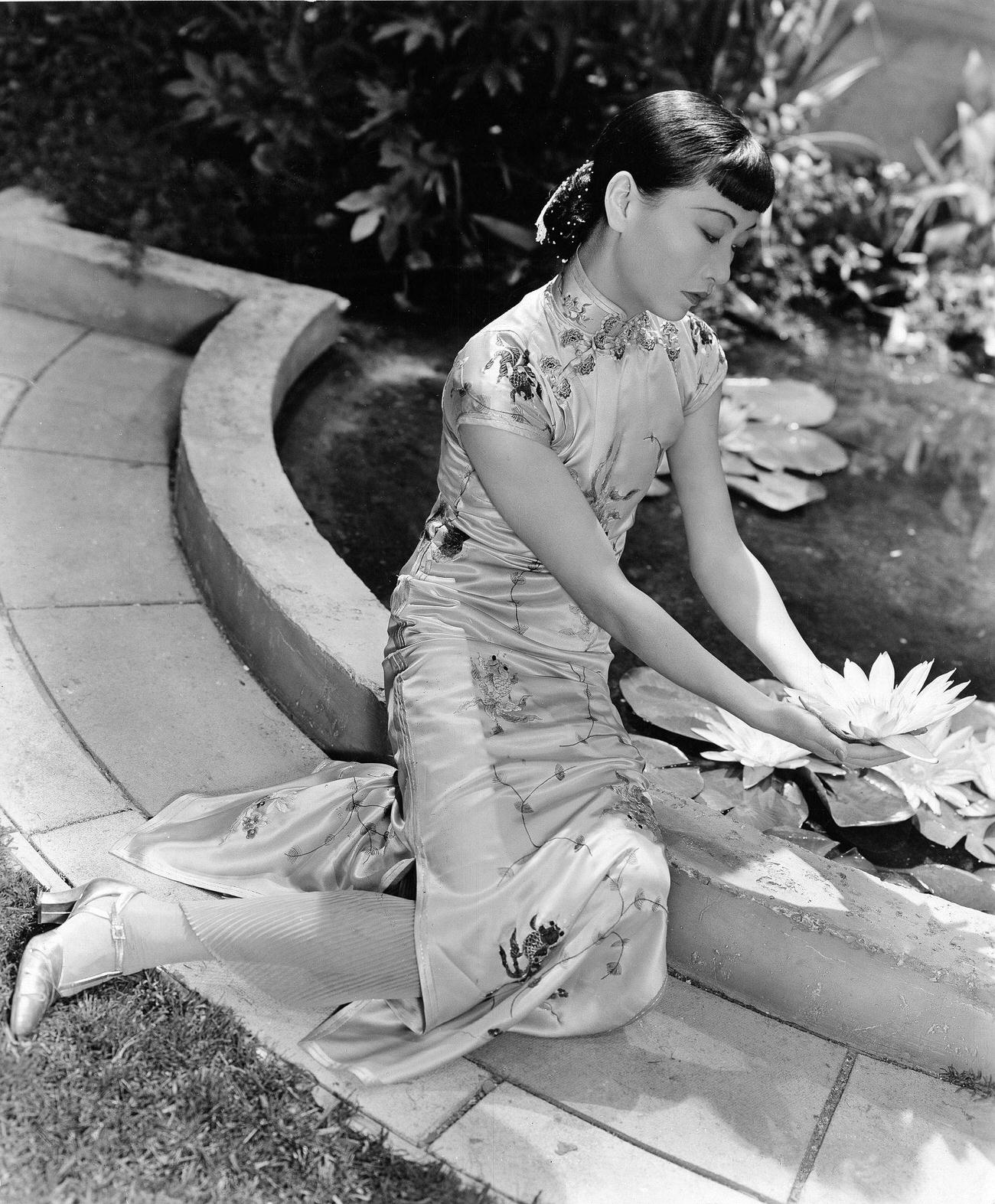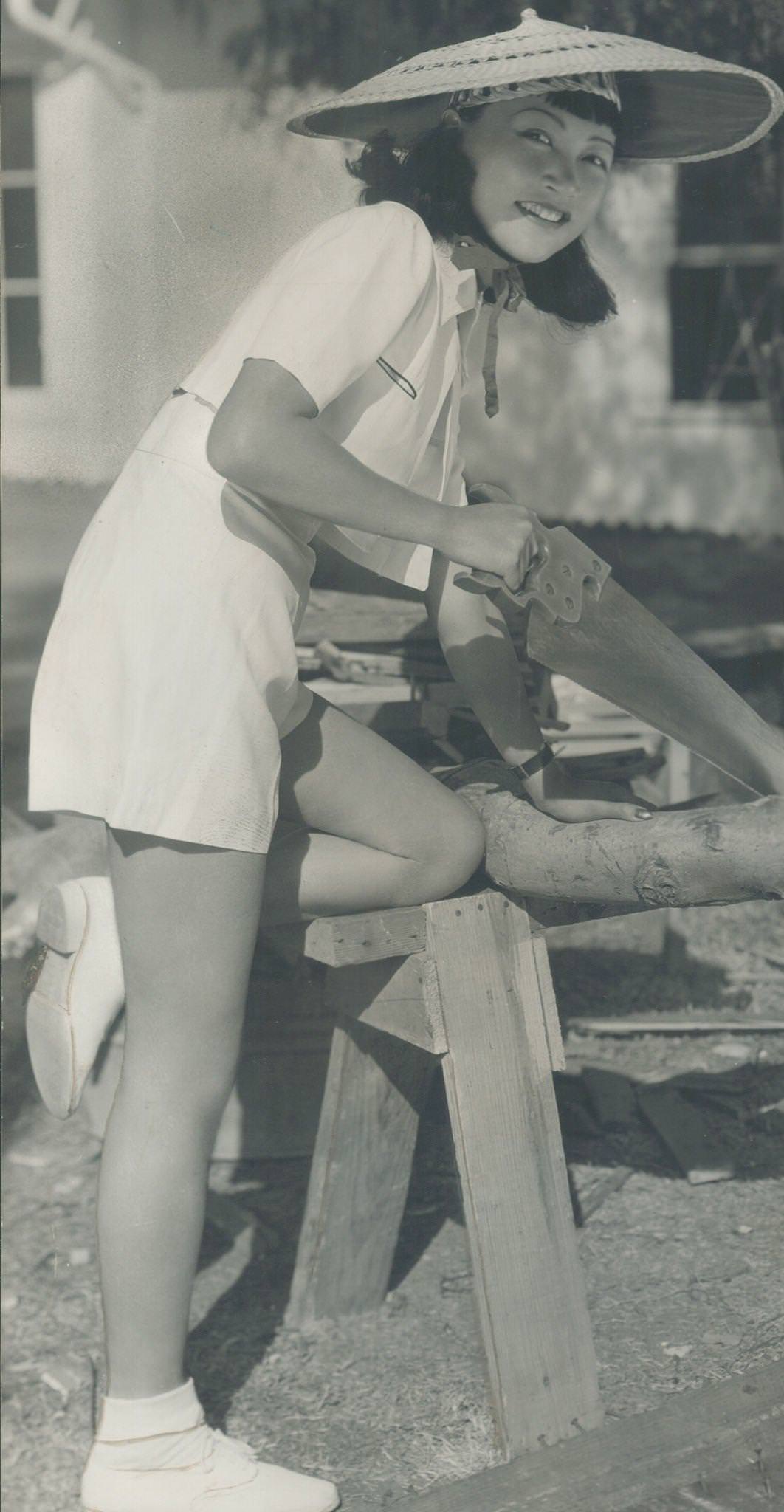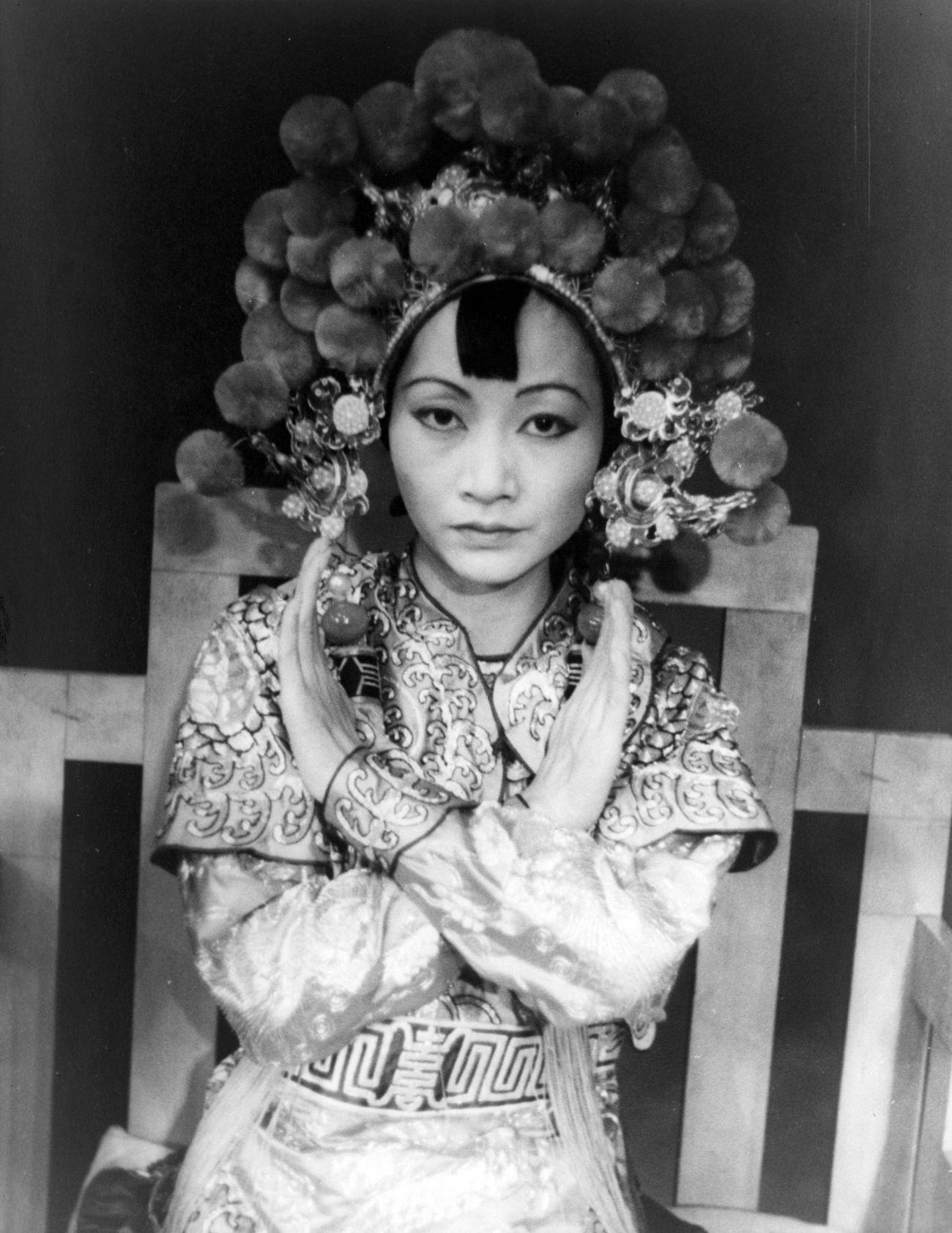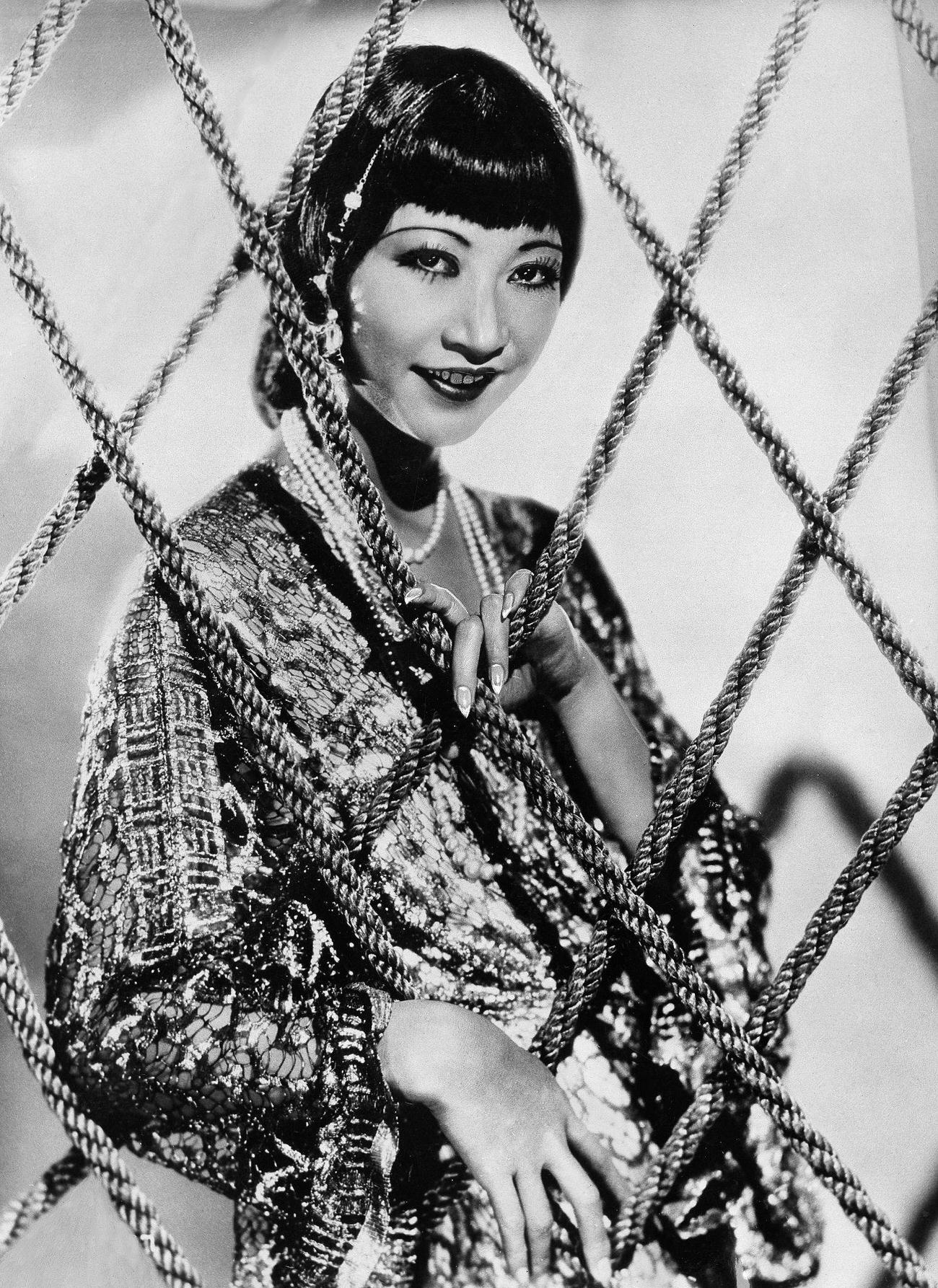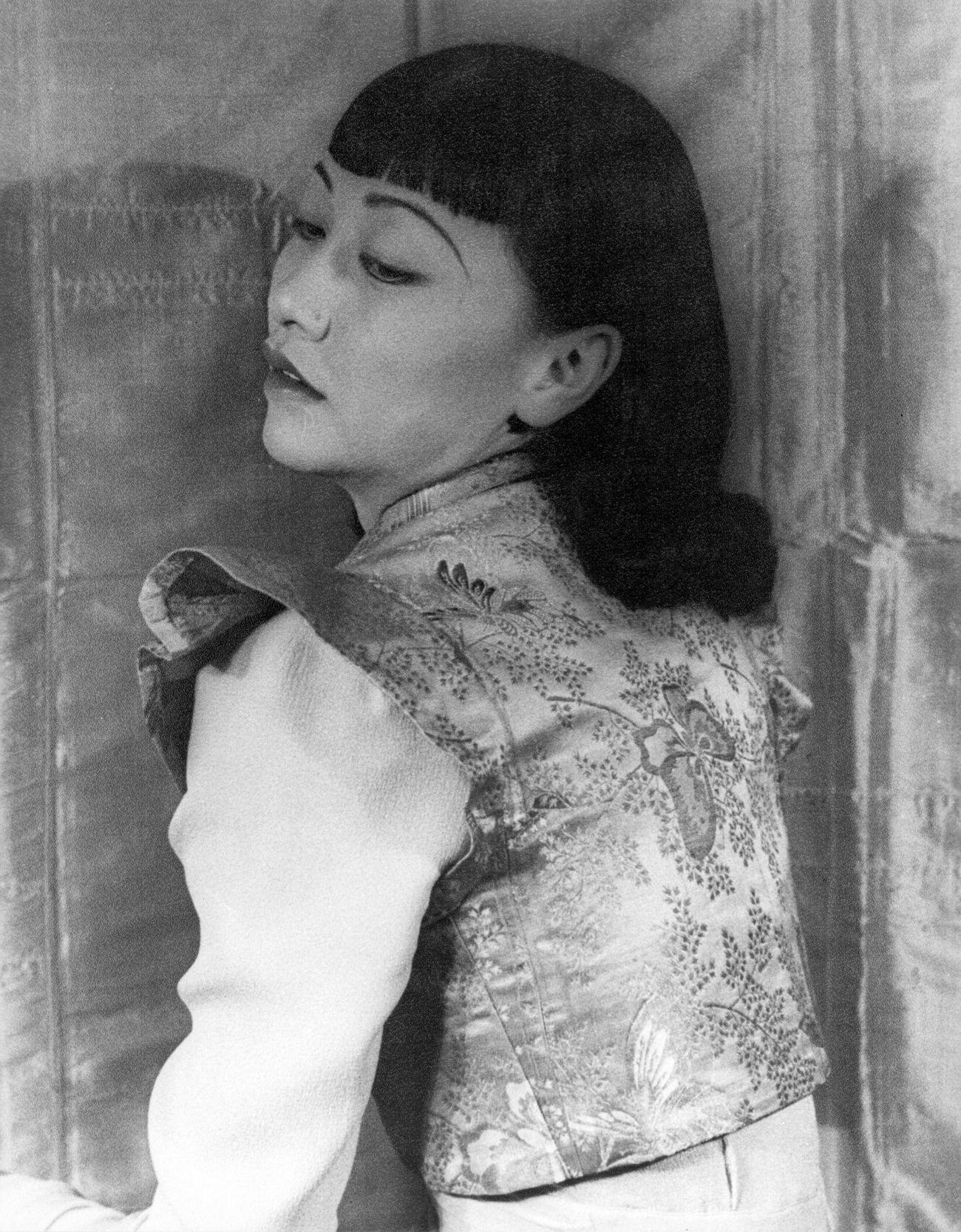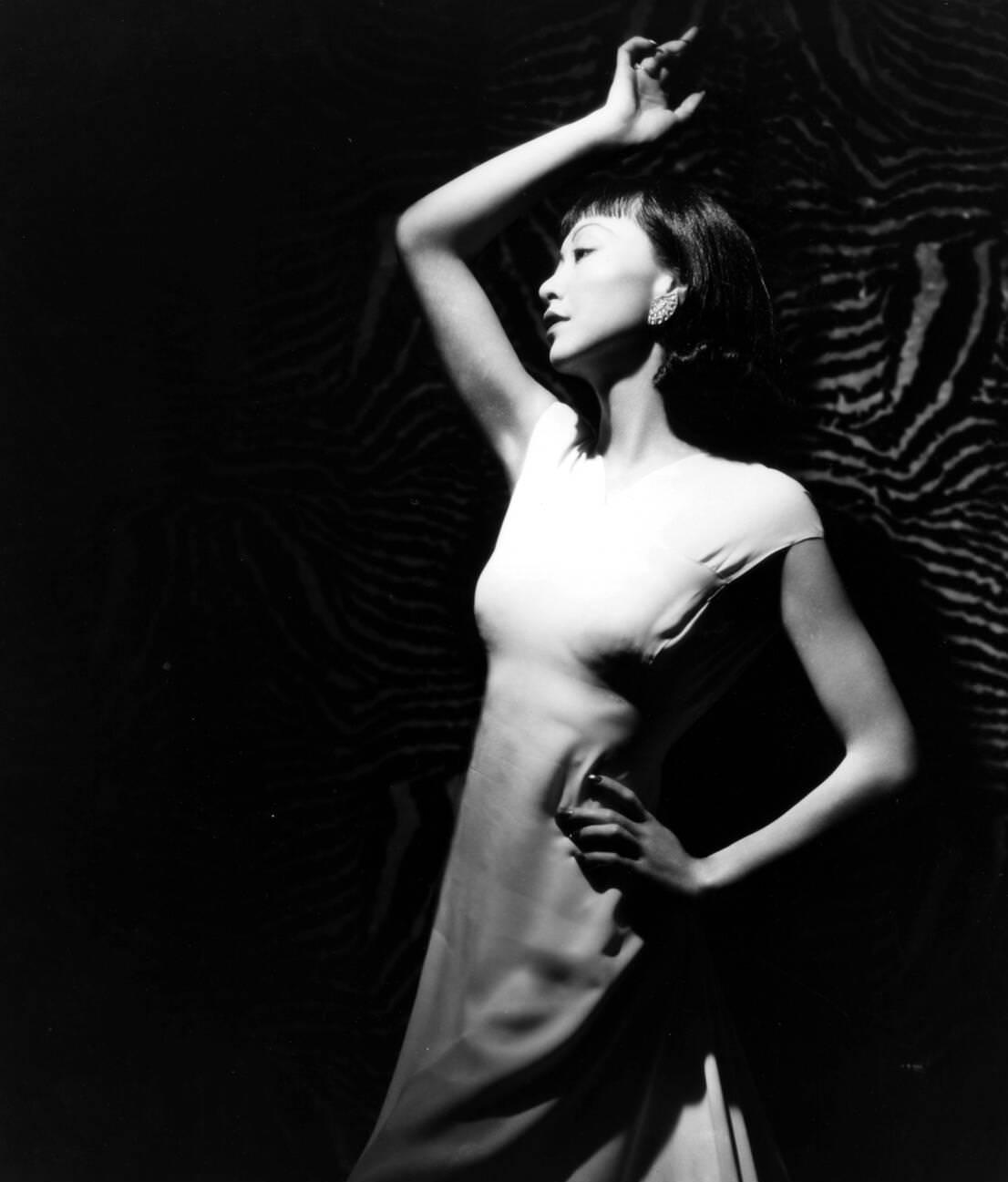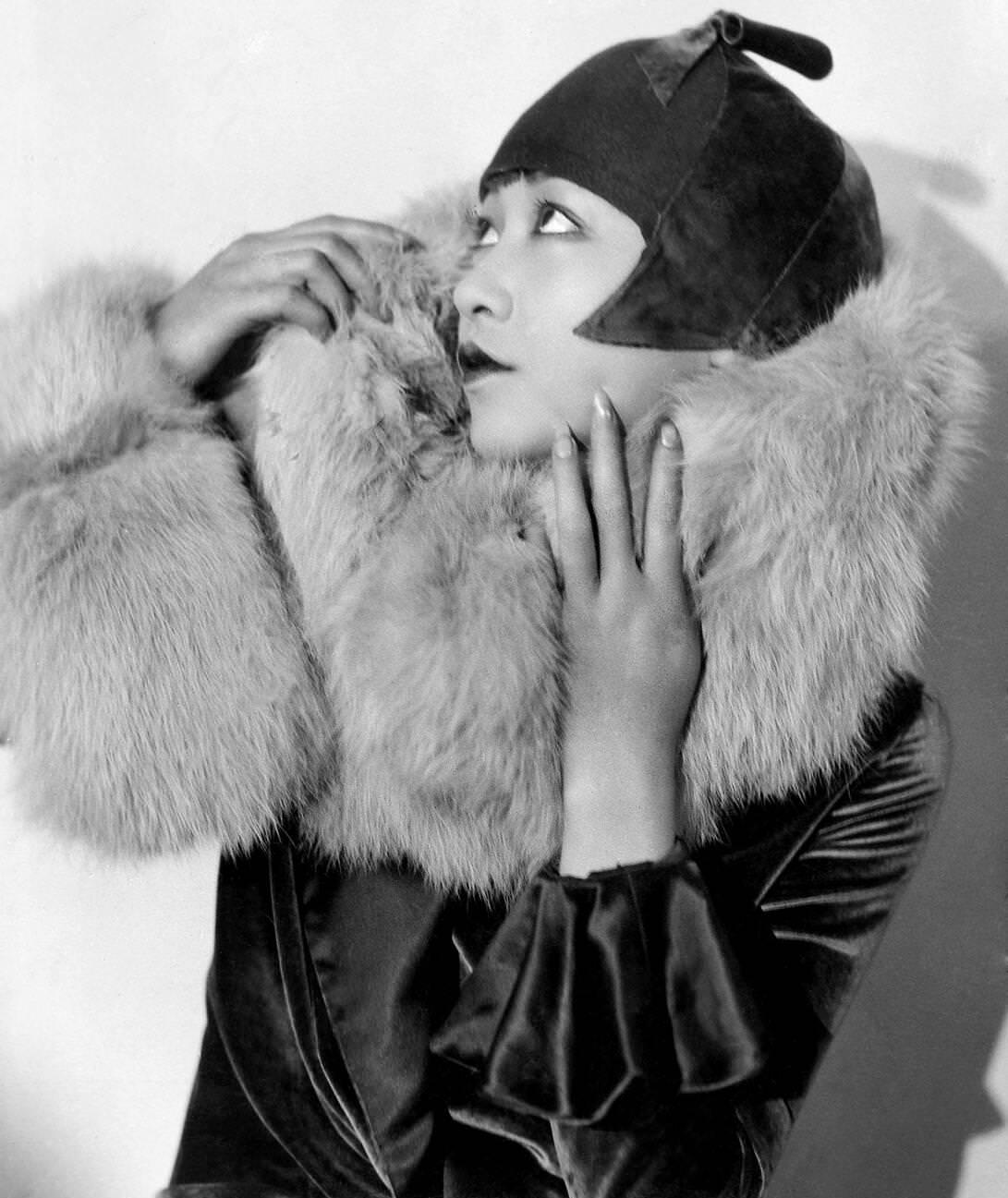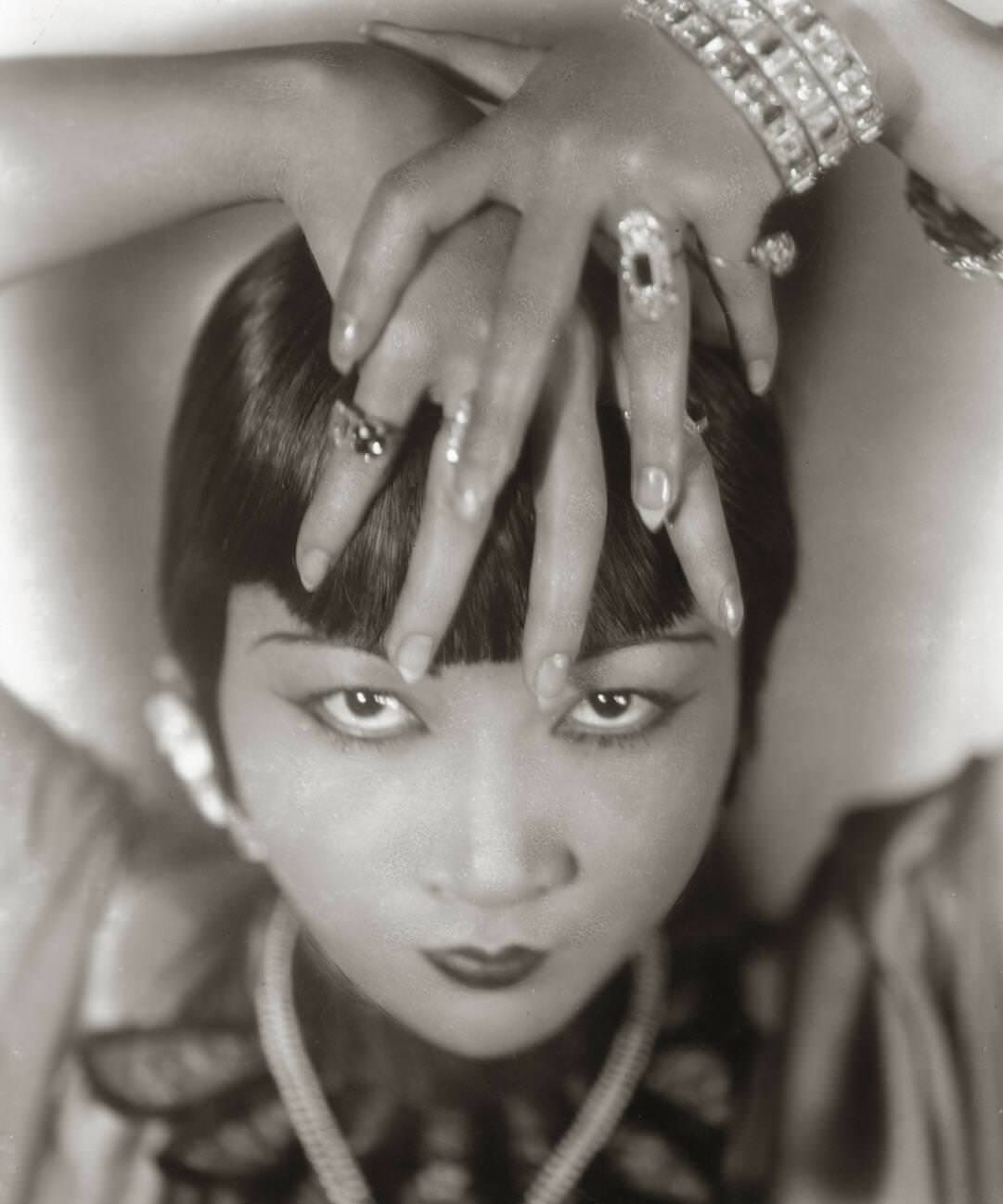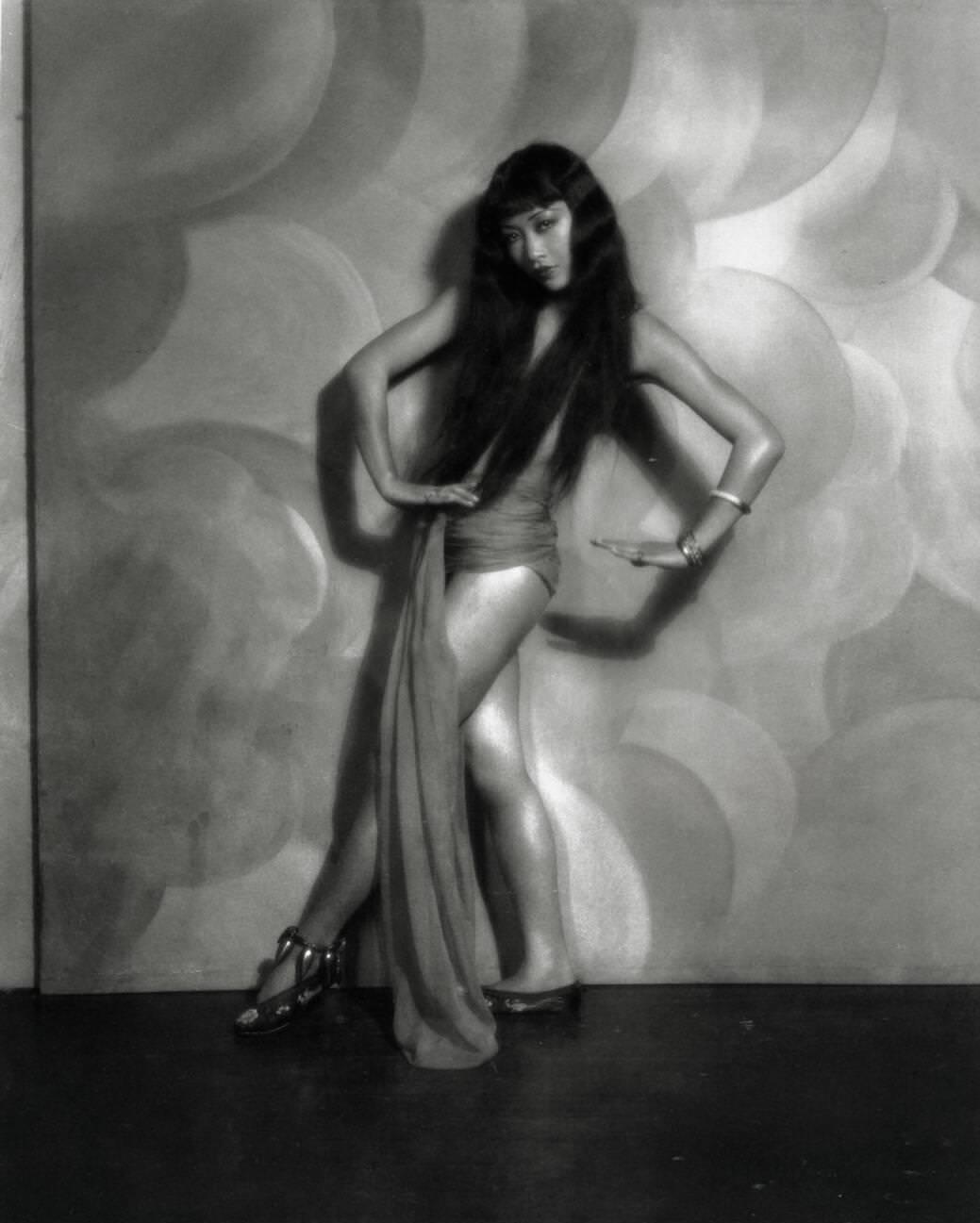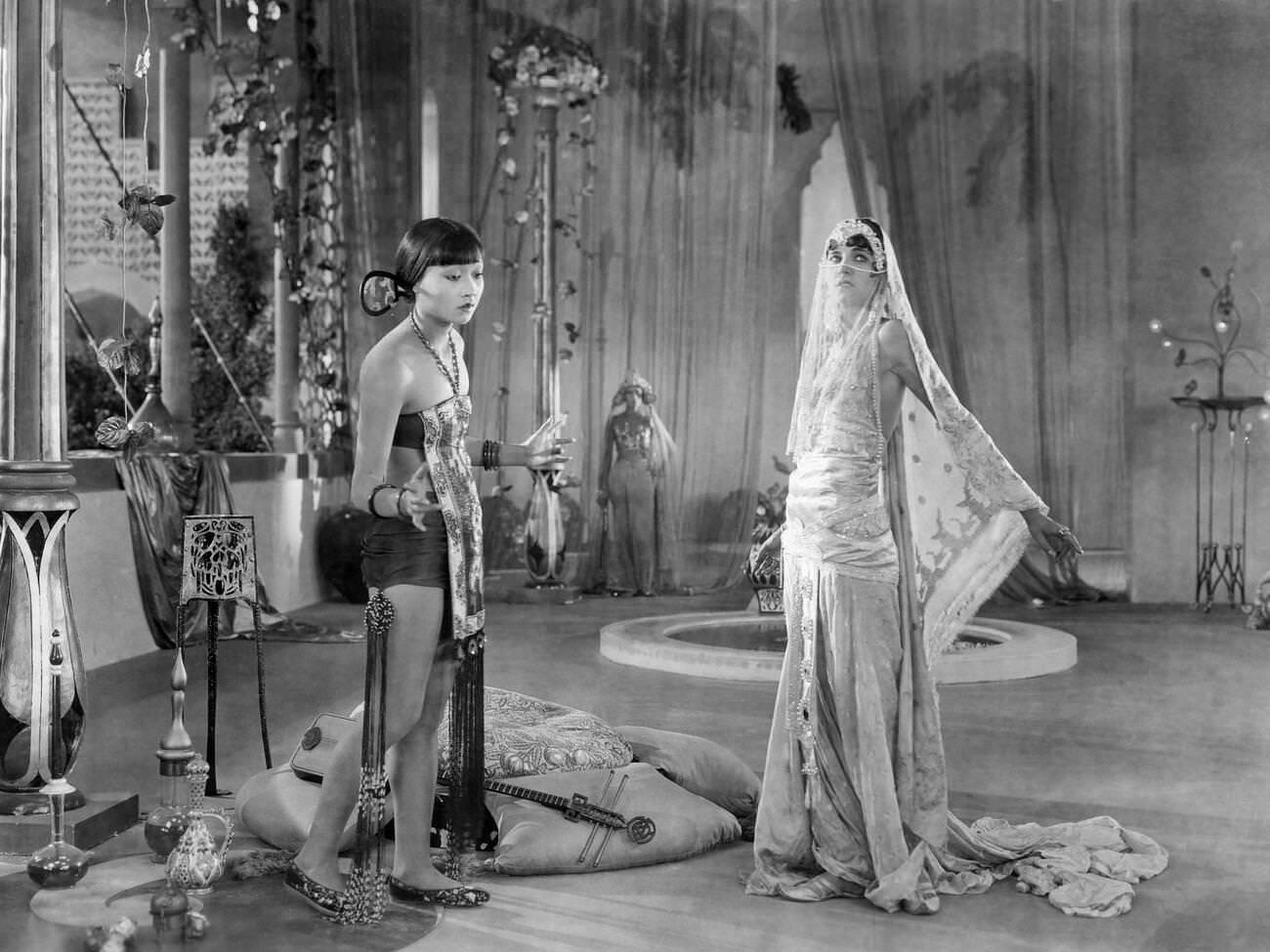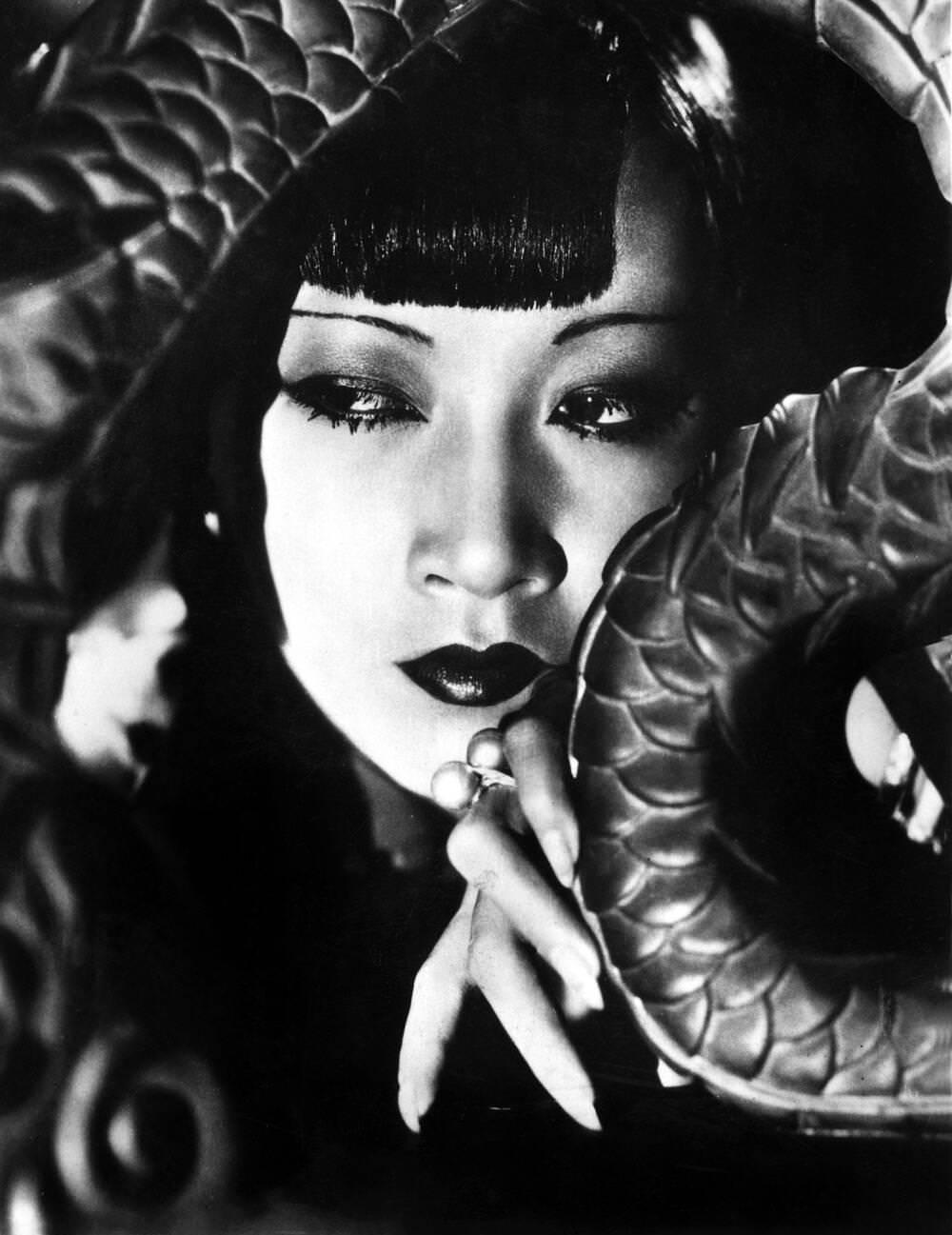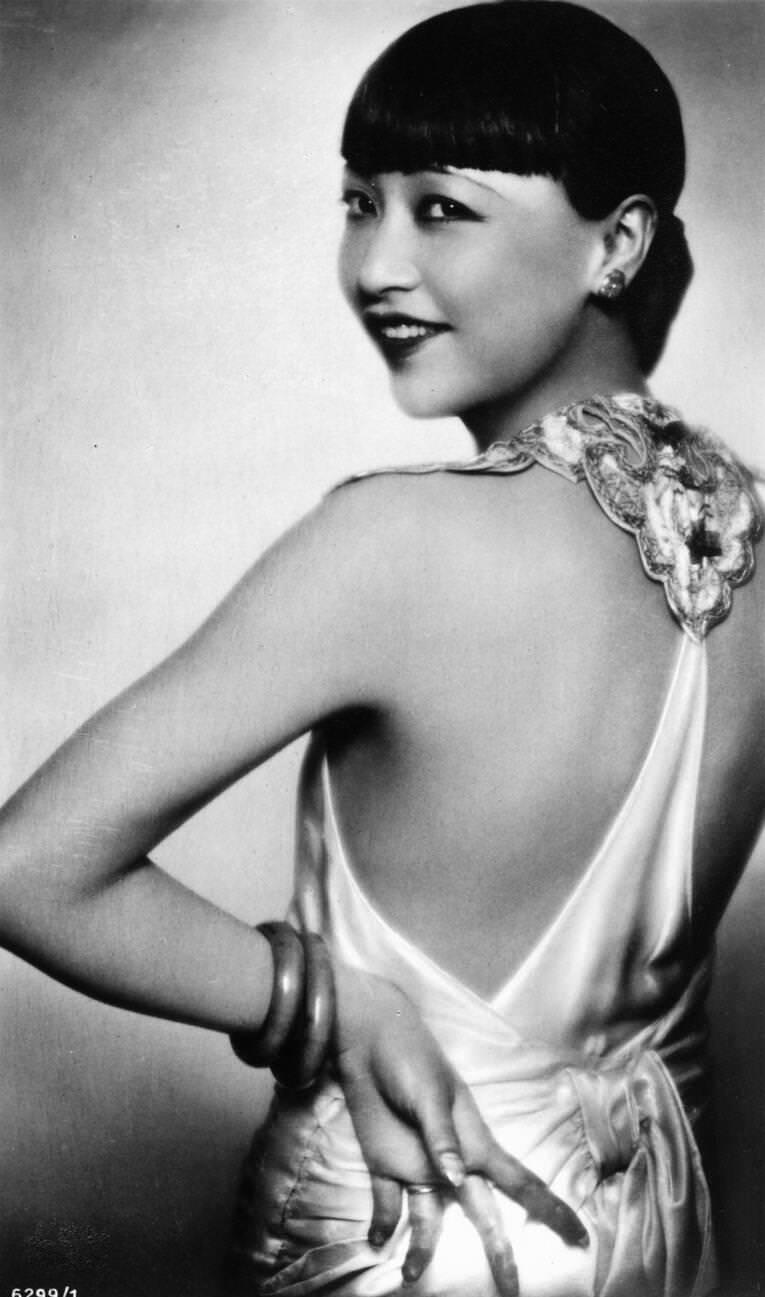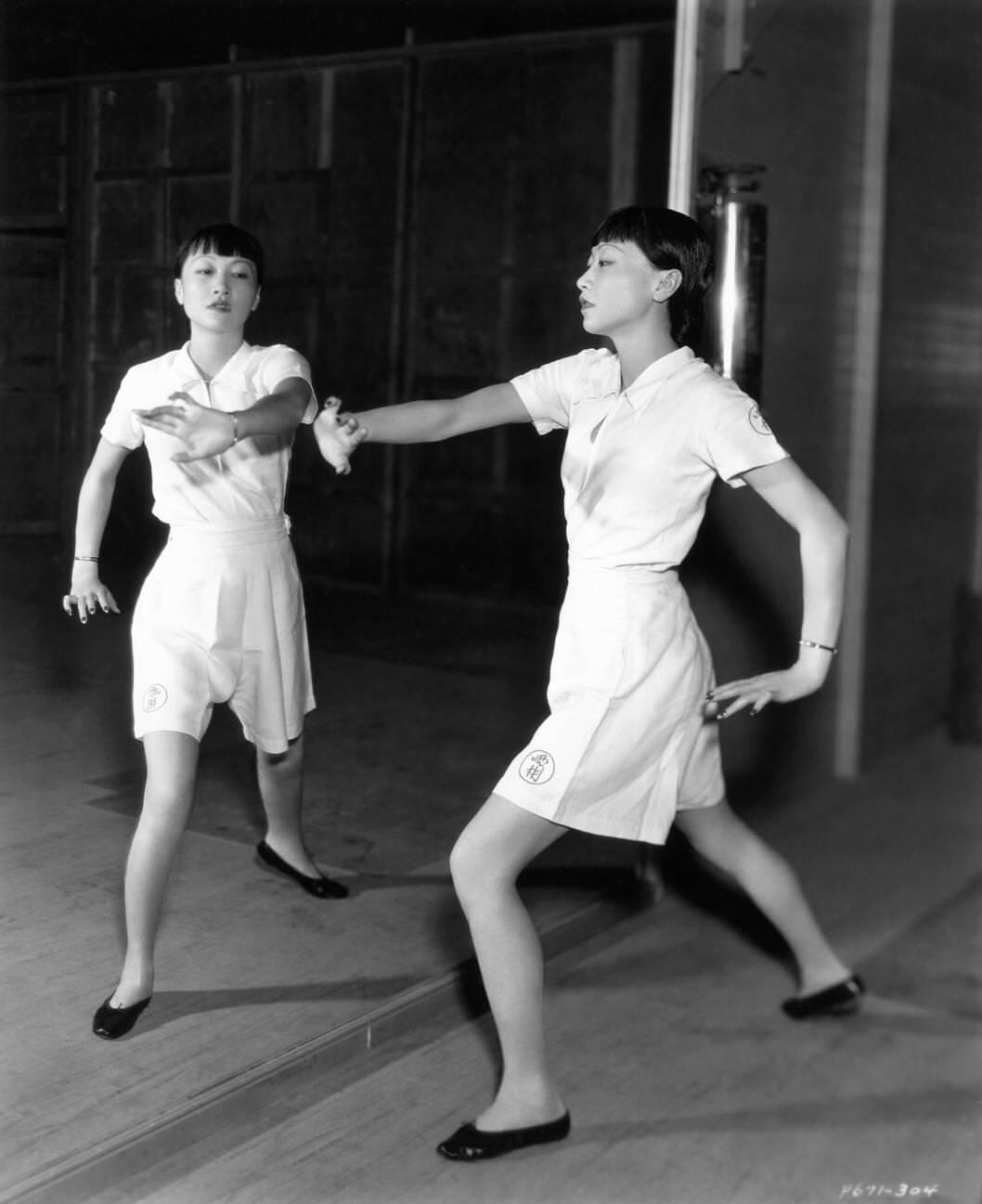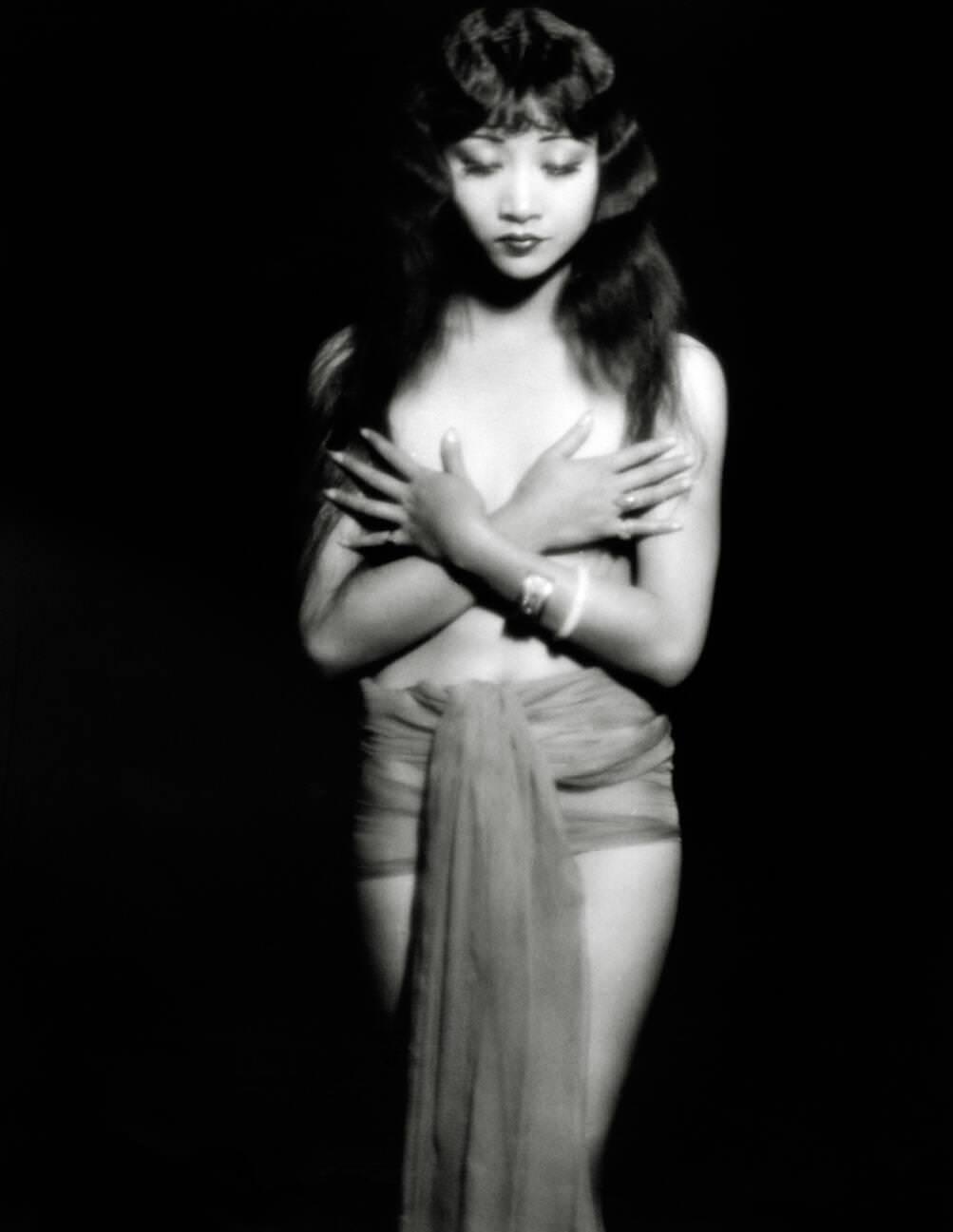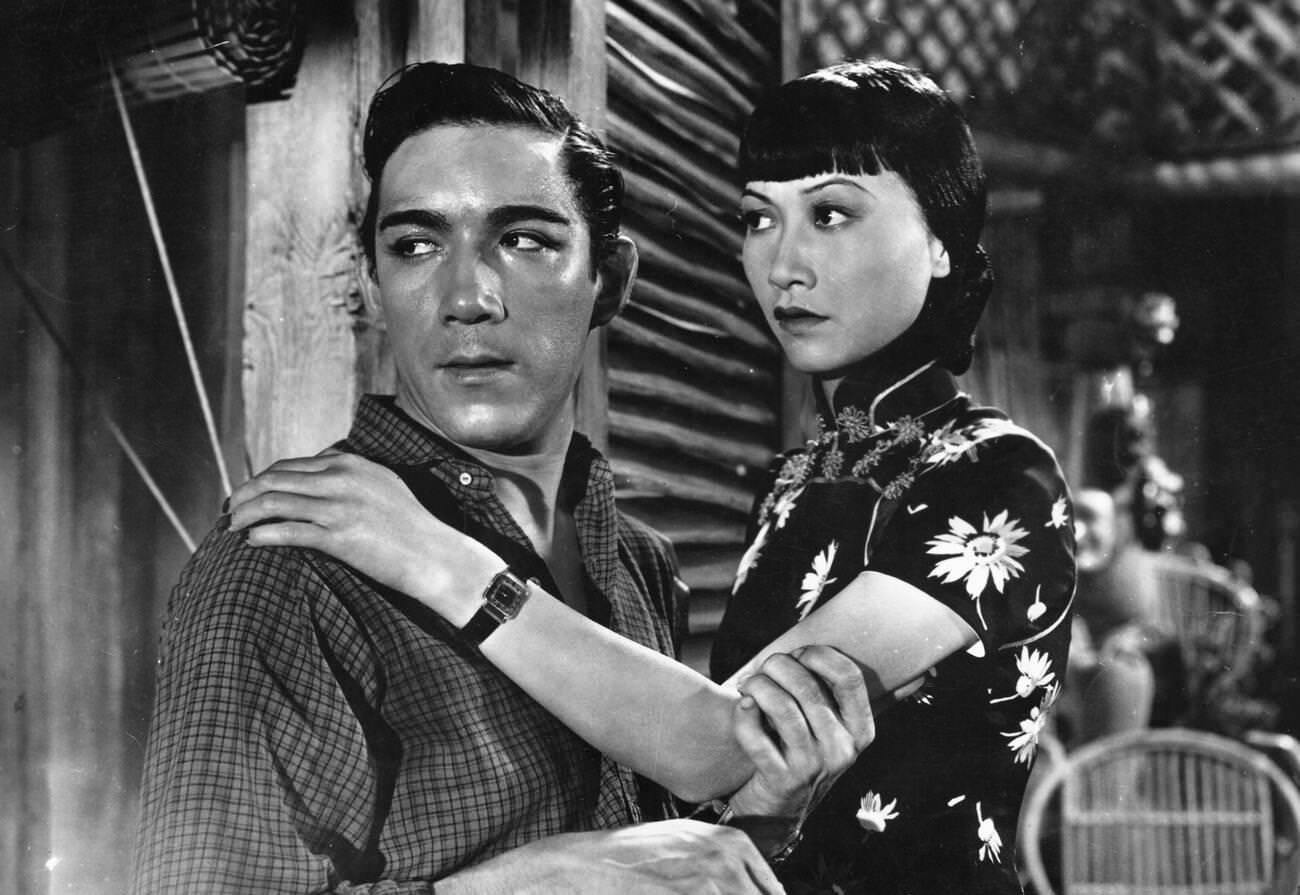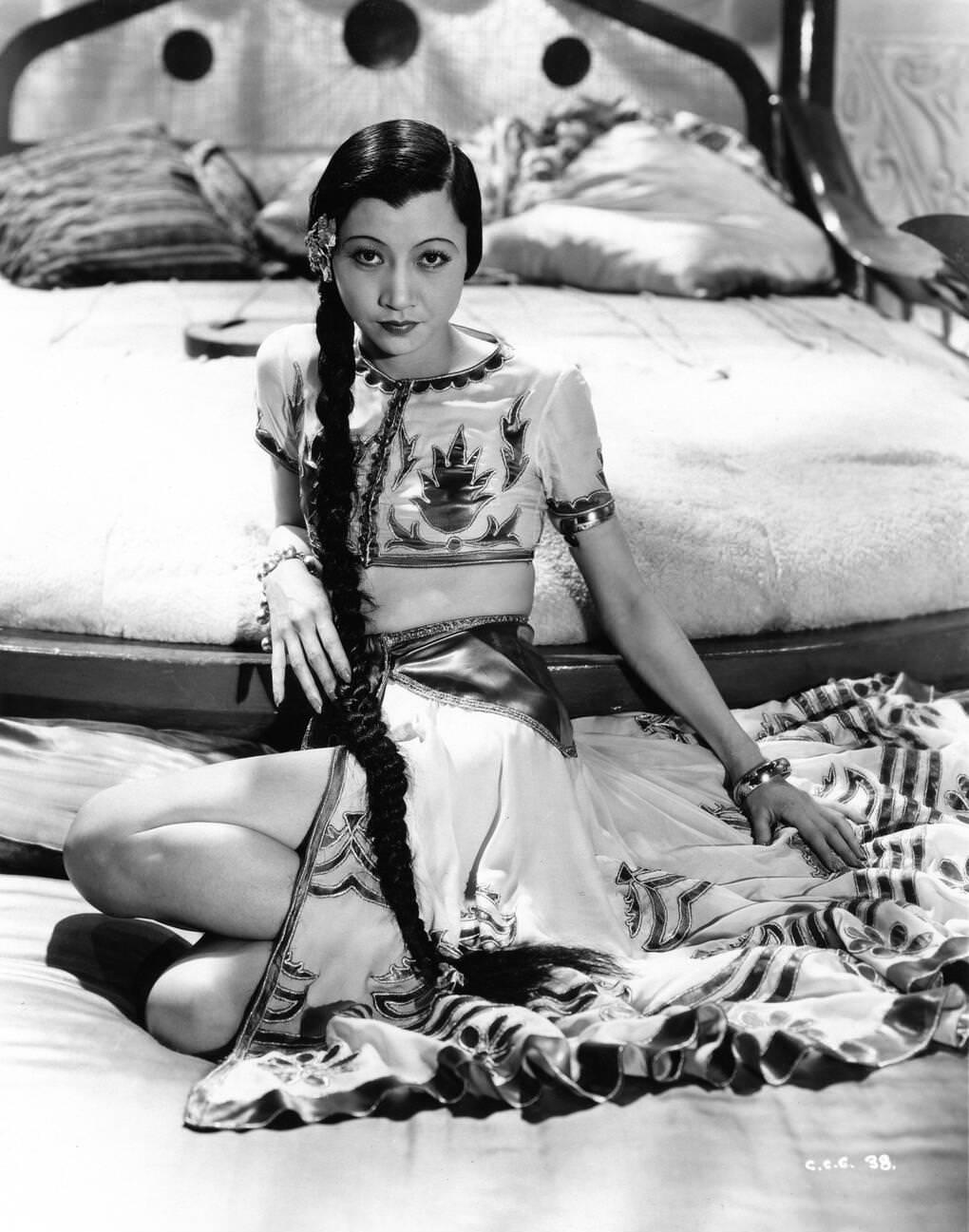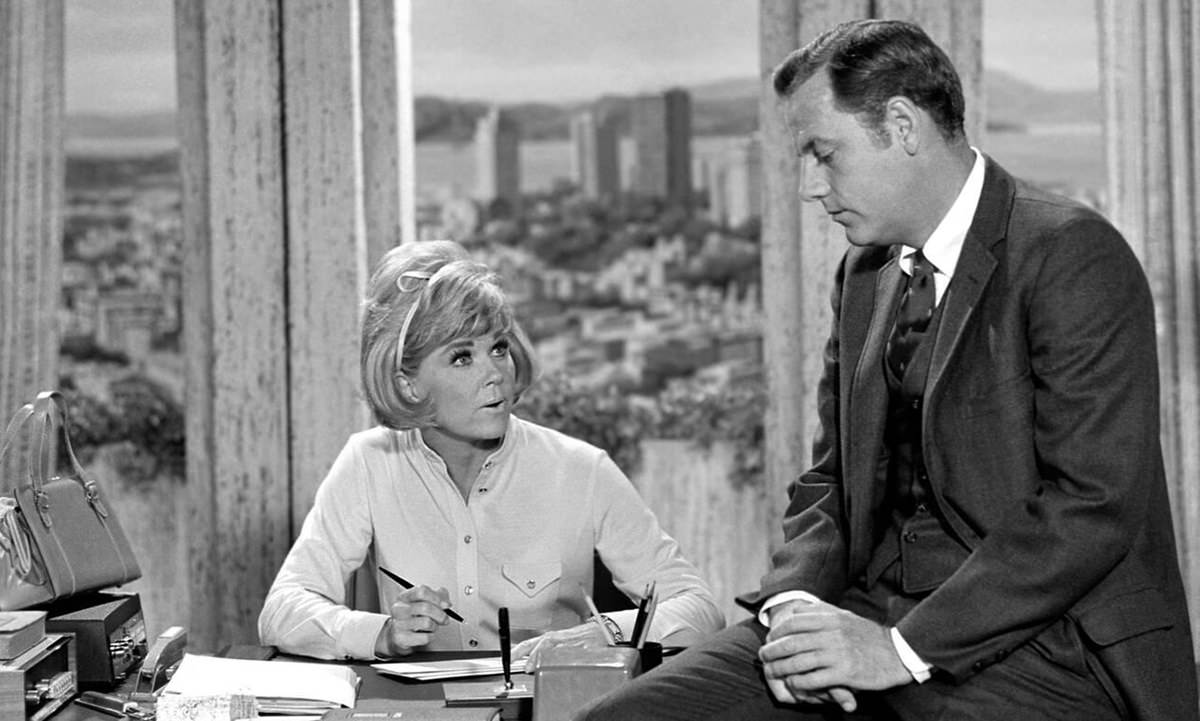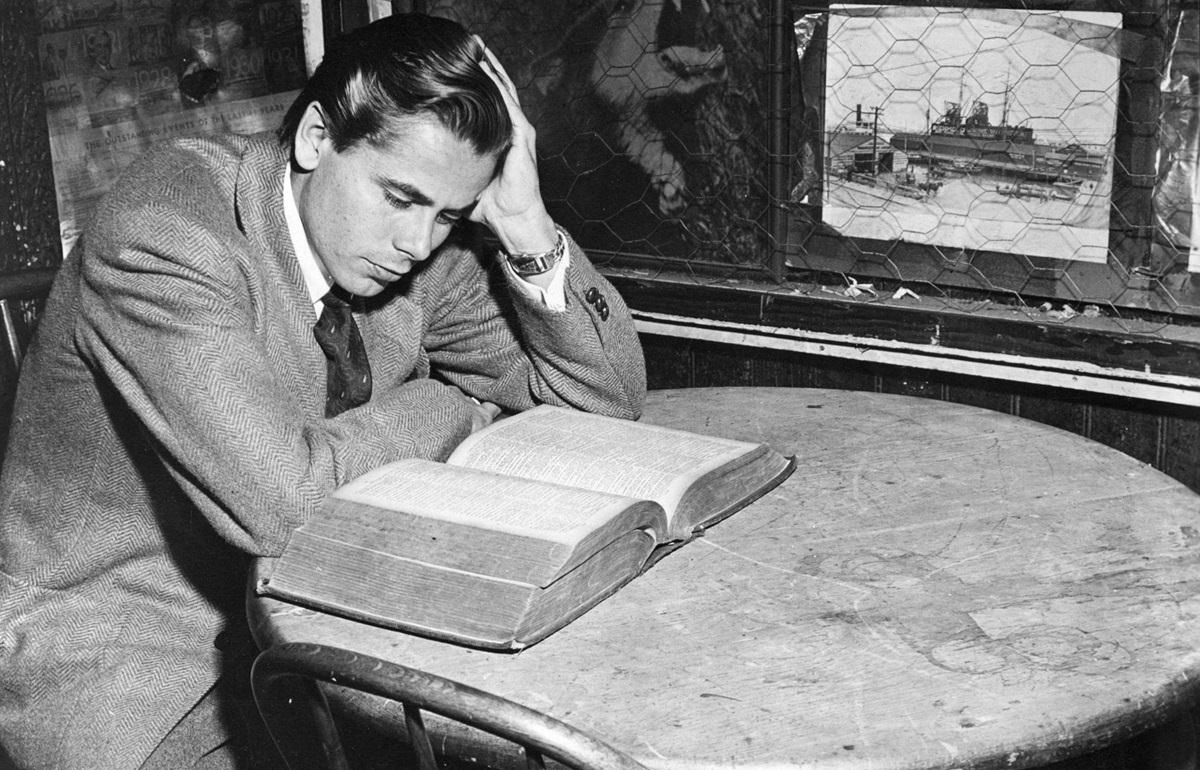Anna May Wong’s journey in Hollywood began in the silent film era. She was born Wong Liu Tsong in 1905, in Los Angeles, to second-generation Chinese-American parents. From a young age, Wong was drawn to the silver screen, spending much of her time in movie theaters. She pursued her passion despite the challenges she faced as a Chinese-American woman in an industry dominated by white actors and racial prejudices.
Wong’s determination led to her first role at the age of 14 in “The Red Lantern” (1919). However, her breakout role came in “The Toll of the Sea” (1922), where she played the tragic lead, a role that showcased her talent. Despite this early success, Wong often found herself typecast in stereotypical roles that were prevalent in Hollywood at the time. She was either the demure butterfly or the deceitful dragon lady. But Wong’s screen presence and acting prowess were undeniable, making her a fashion icon and a symbol of the flapper era.
Breaking Barriers in Hollywood
Anna May Wong’s career was a continuous struggle against the blatant racism and discrimination of early 20th century Hollywood. At the time, anti-miscegenation laws prevented her from sharing an on-screen kiss with any actor of another race, which limited her roles in romantic leads opposite white actors. This often relegated her to supporting roles, even when the lead female character was Asian, a role that would go to a white actress in yellowface.
Despite these barriers, Wong became the first Asian-American to gain international recognition as an actress. She starred in films like “Shanghai Express” (1932) alongside Marlene Dietrich, where she received critical acclaim for her performance. Her talent and screen persona couldn’t be ignored, and she built a reputation that transcended the confines of her ethnicity to some extent. Yet, Hollywood’s closed doors pushed her to seek opportunities abroad.
International Success and Return to Hollywood
Tired of the typecasting and limited opportunities, Wong left for Europe in the late 1920s. There, she found the freedom to play more varied roles in English, German, and French films. In Europe, she worked with notable directors like E.A. Dupont and was cast in films that allowed her to showcase her range beyond the stereotypical characters she was offered in the States. Her time in Europe was transformative, and she became a sensation across the continent, enjoying a level of creative satisfaction that was not possible in Hollywood.
Wong’s success in Europe did not go unnoticed in Hollywood. In the 1930s, she returned to the United States and continued to work in film, but now with improved roles. She starred in “Daughter of the Dragon” (1931) and “Daughter of Shanghai” (1937), where she was able to portray more complex characters. Though she was still often cast in exoticized roles, the quality of her performances broke some of the barriers for Asian actors.
Advocacy and Later Career
Throughout her life, Anna May Wong used her platform to advocate for Chinese American causes and to speak out against the negative portrayal of Chinese characters in Hollywood films. She was outspoken about the lack of opportunities for Chinese-American actors and actively campaigned for more positive and diverse representations of Chinese characters.
In her later years, Wong’s film appearances became less frequent, but she continued to perform in theater and on television. In the 1950s, she starred in her own television show, “The Gallery of Madame Liu-Tsong,” where she played the first Asian-American detective on TV. This was a groundbreaking moment, showcasing her versatility and appeal as an actor despite the ongoing prejudices of the time.


